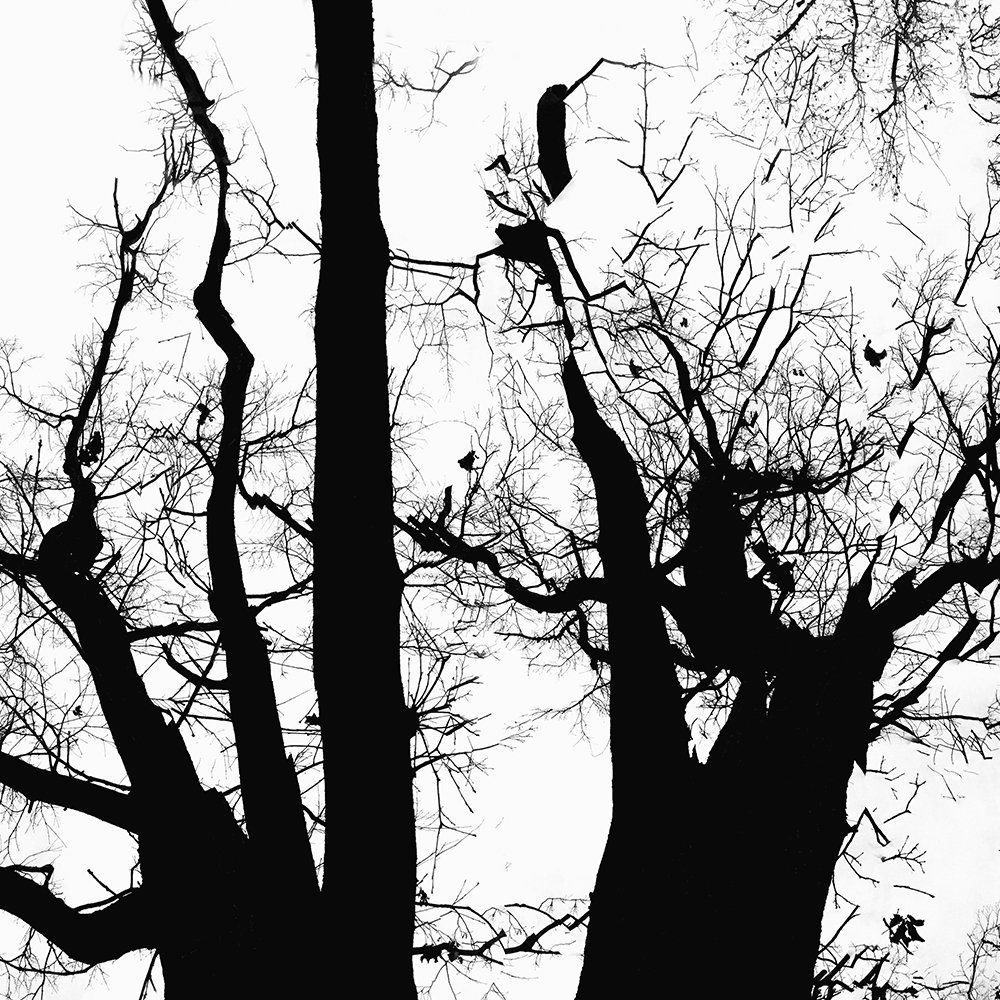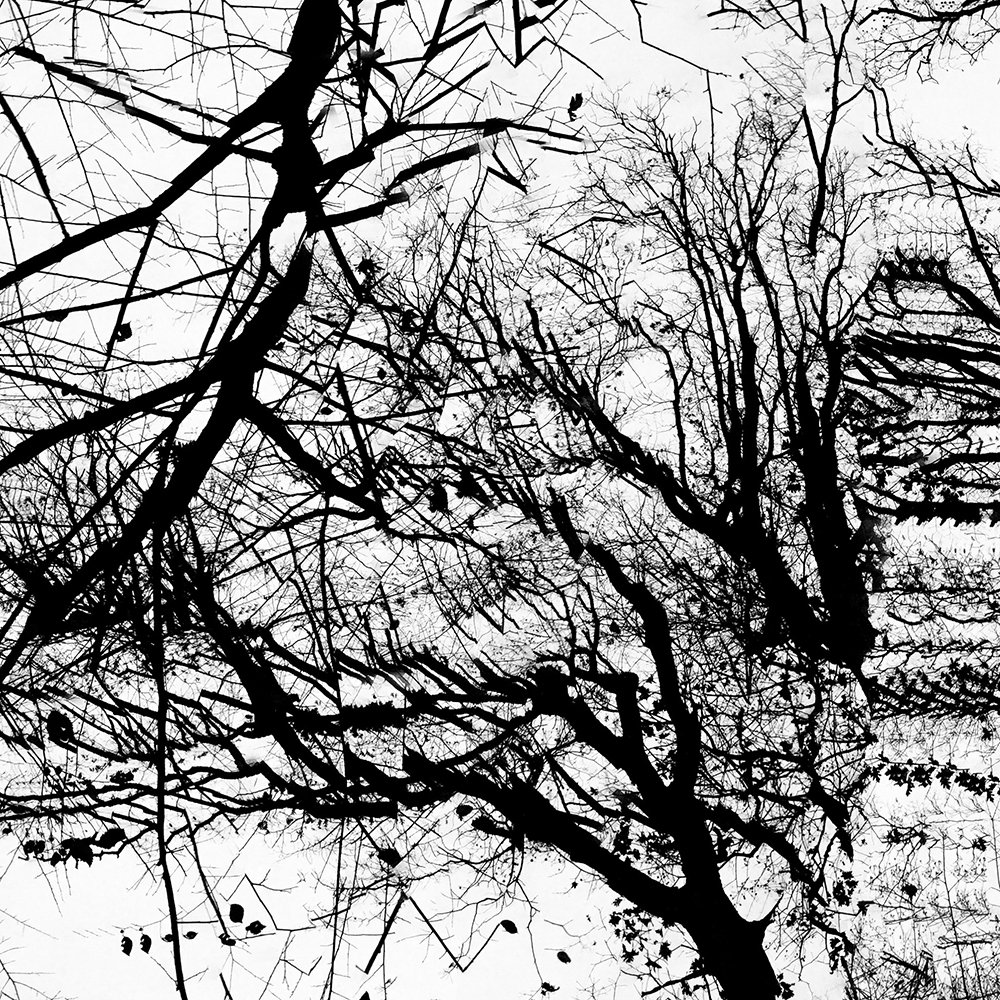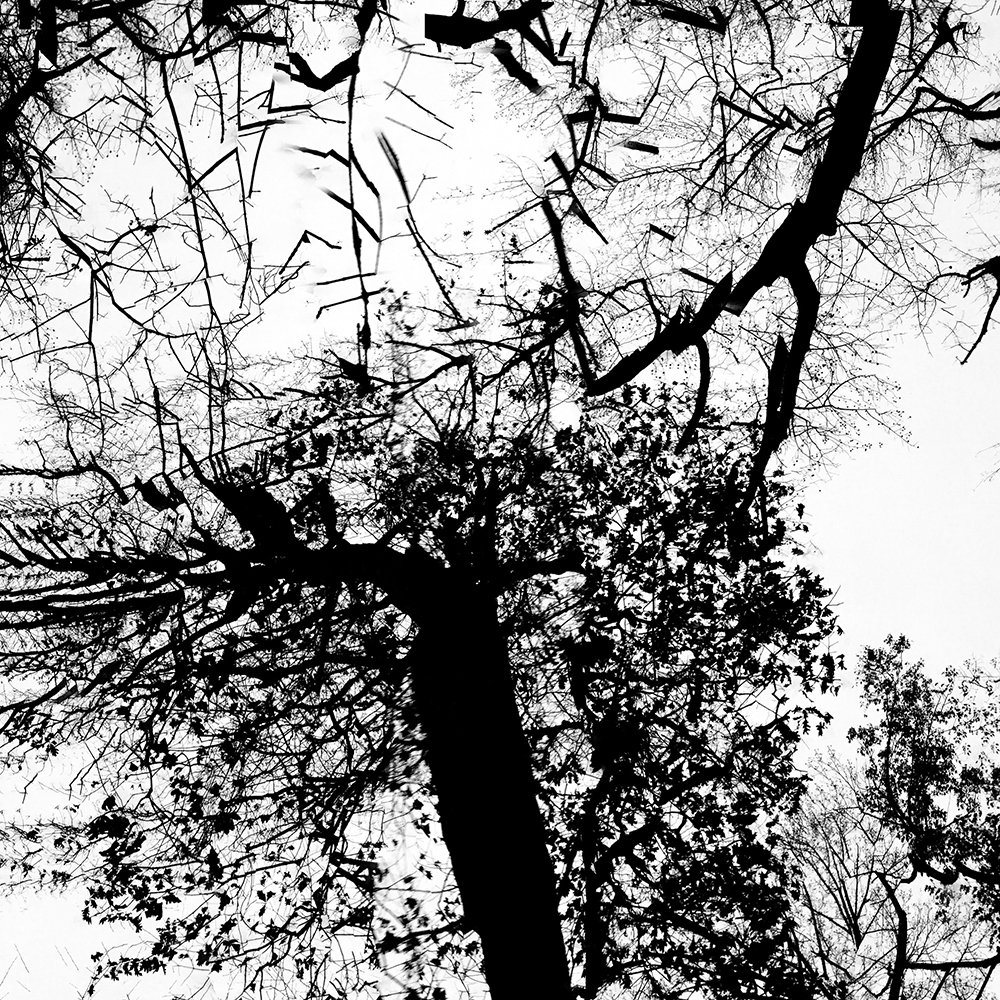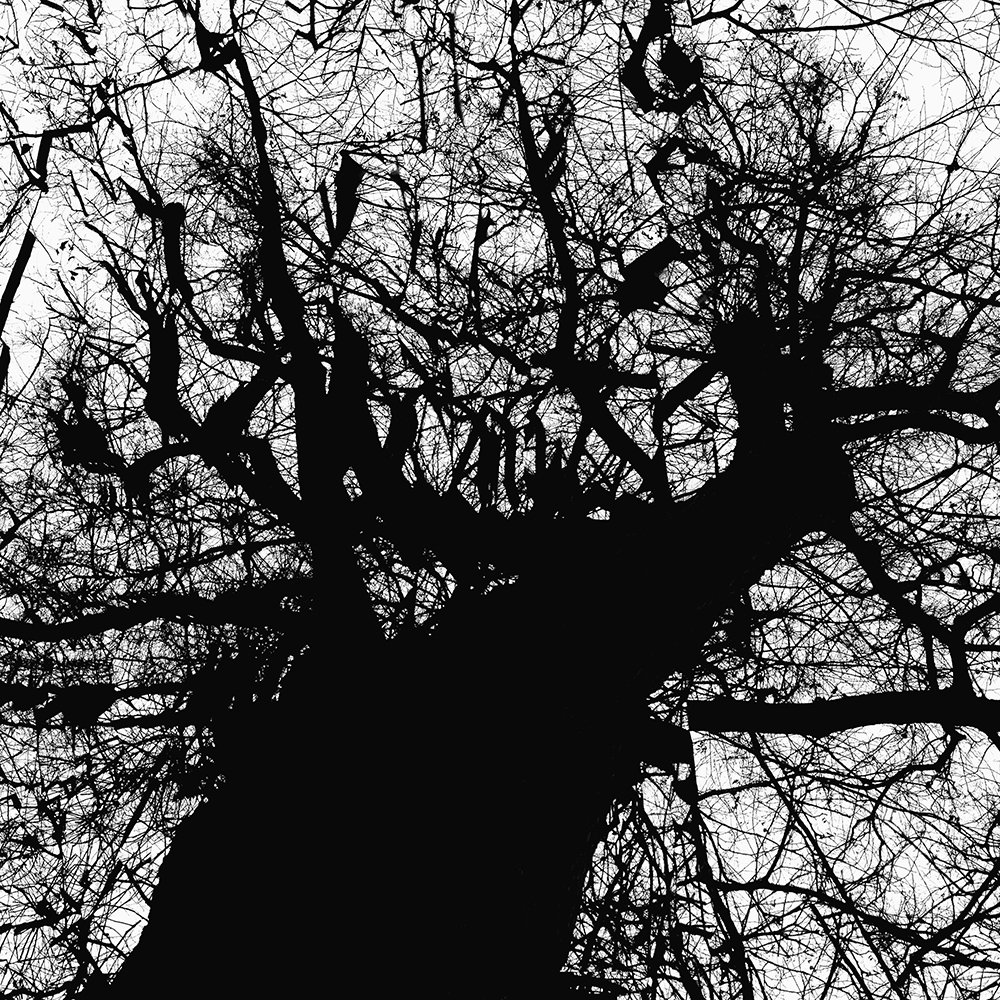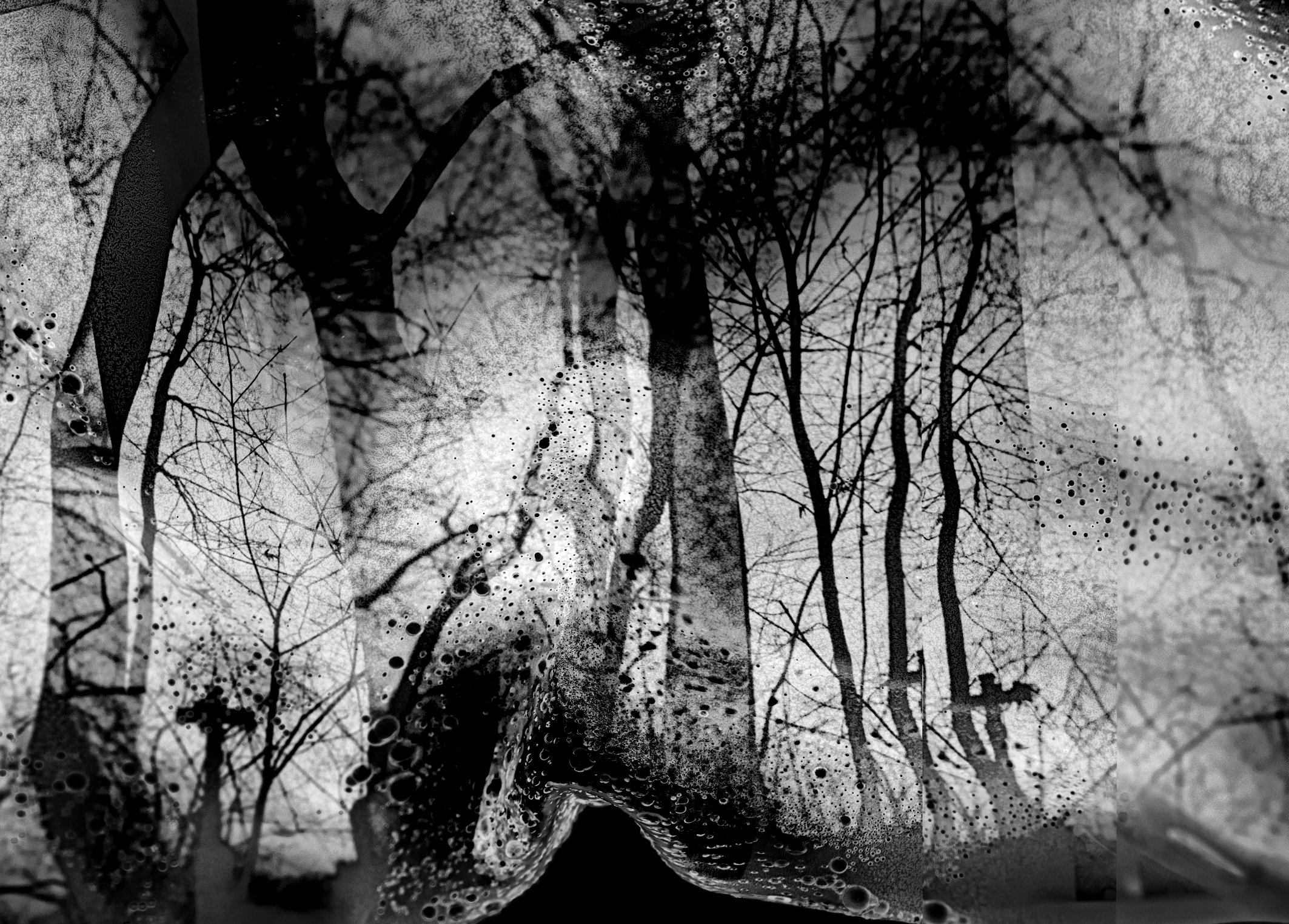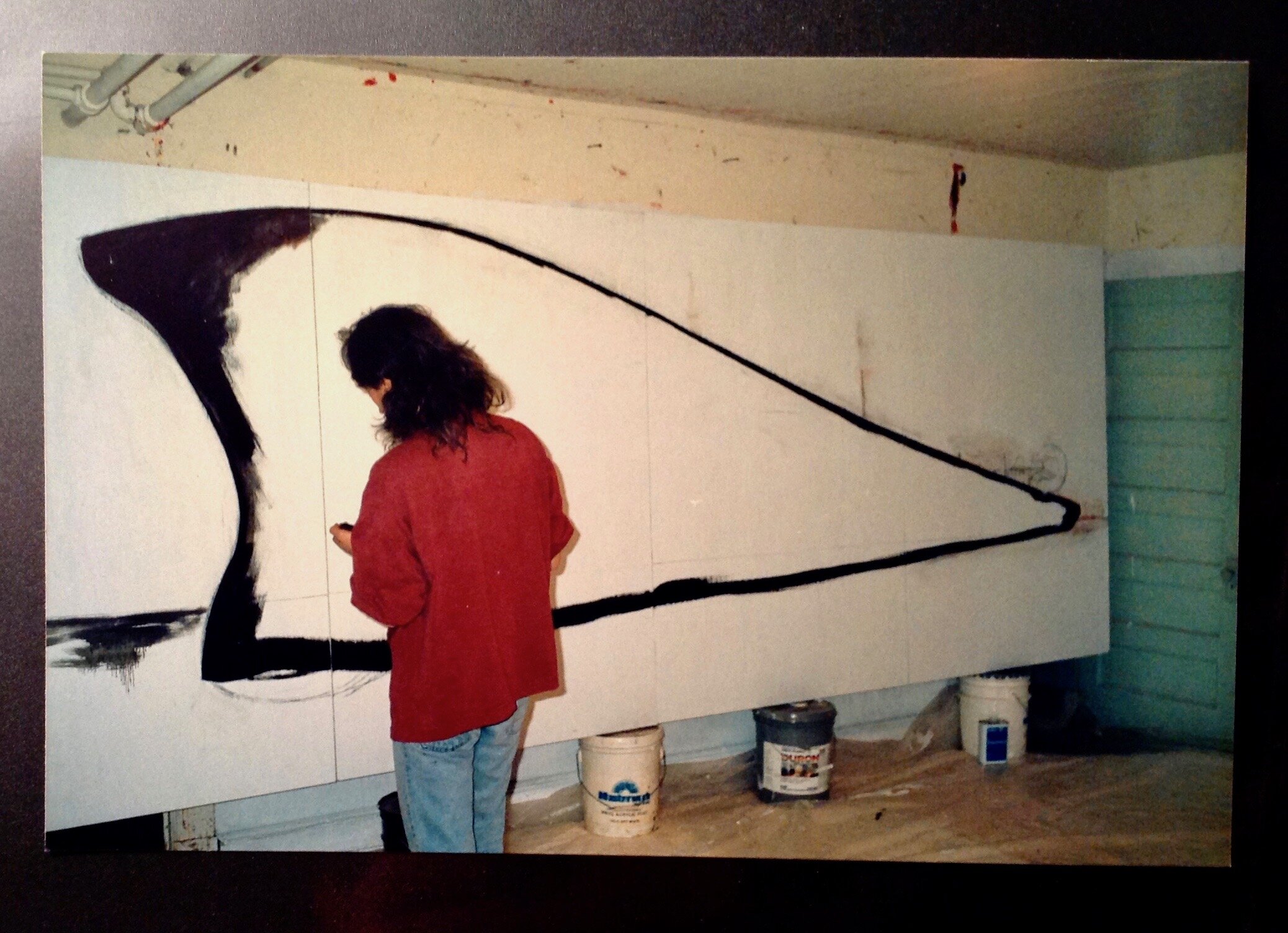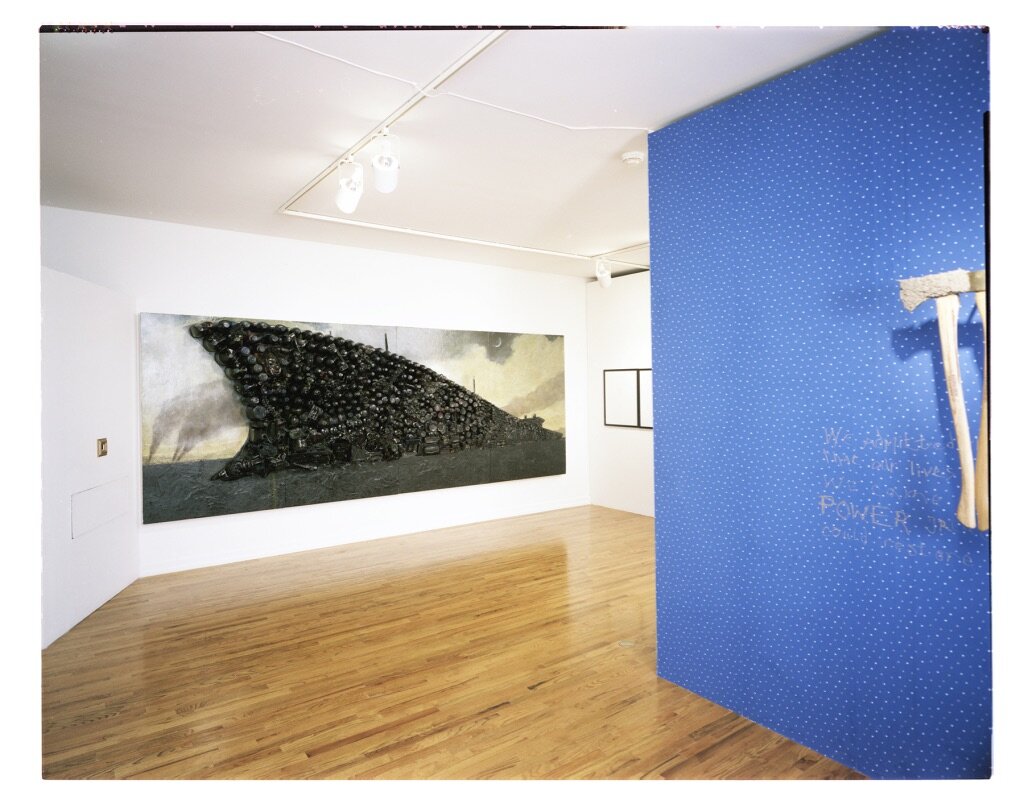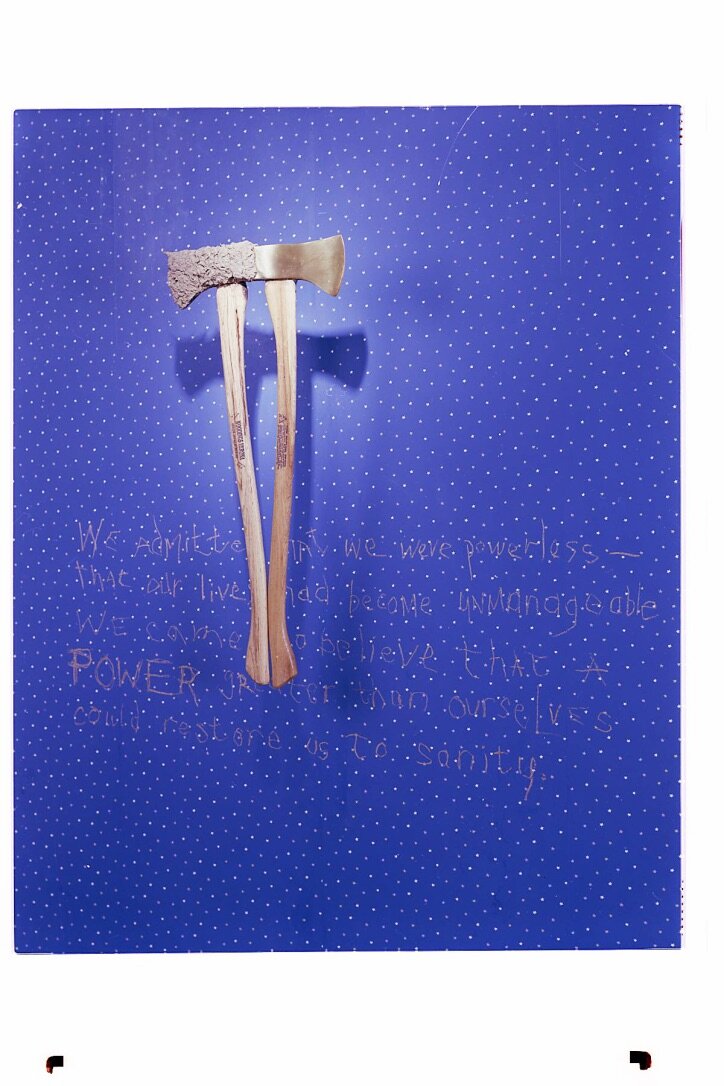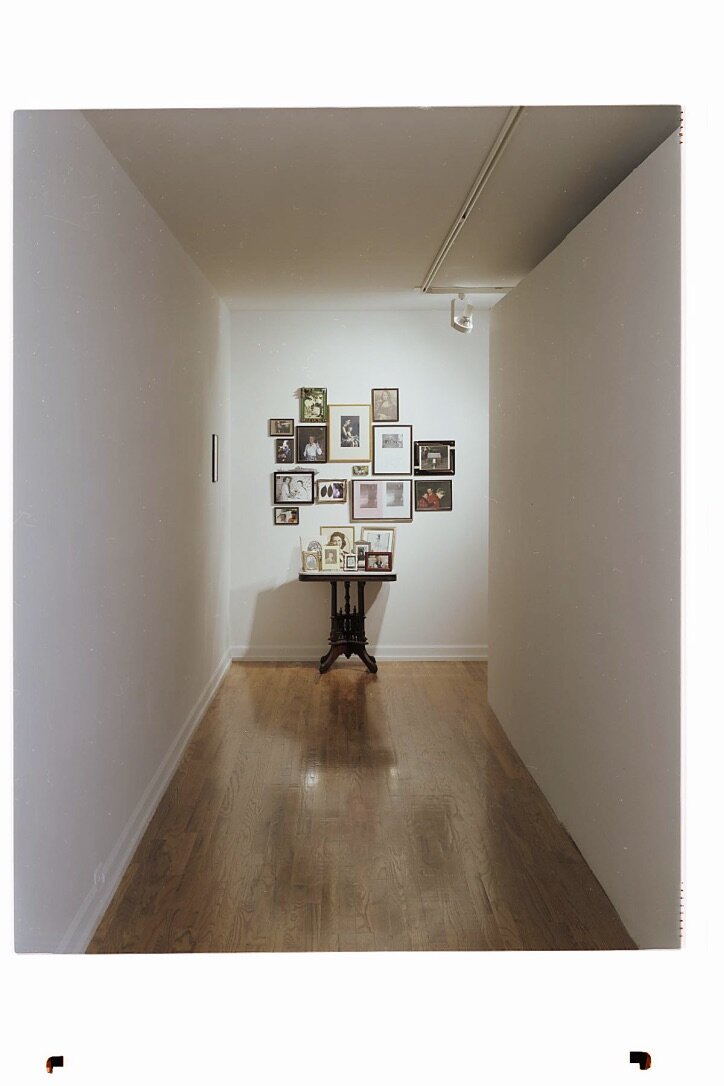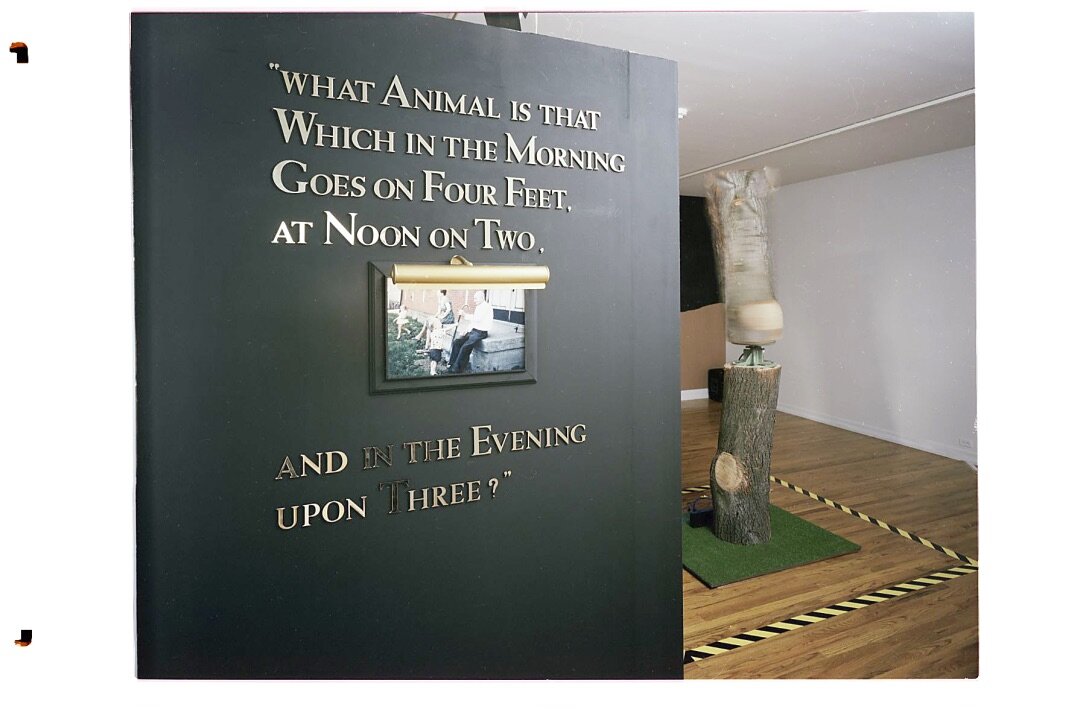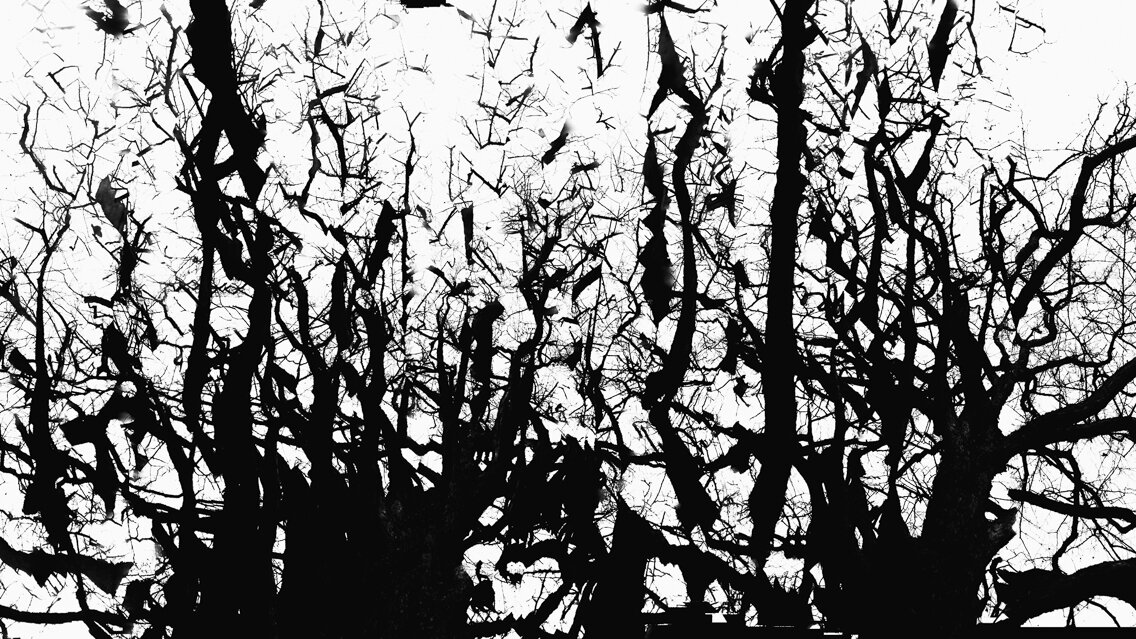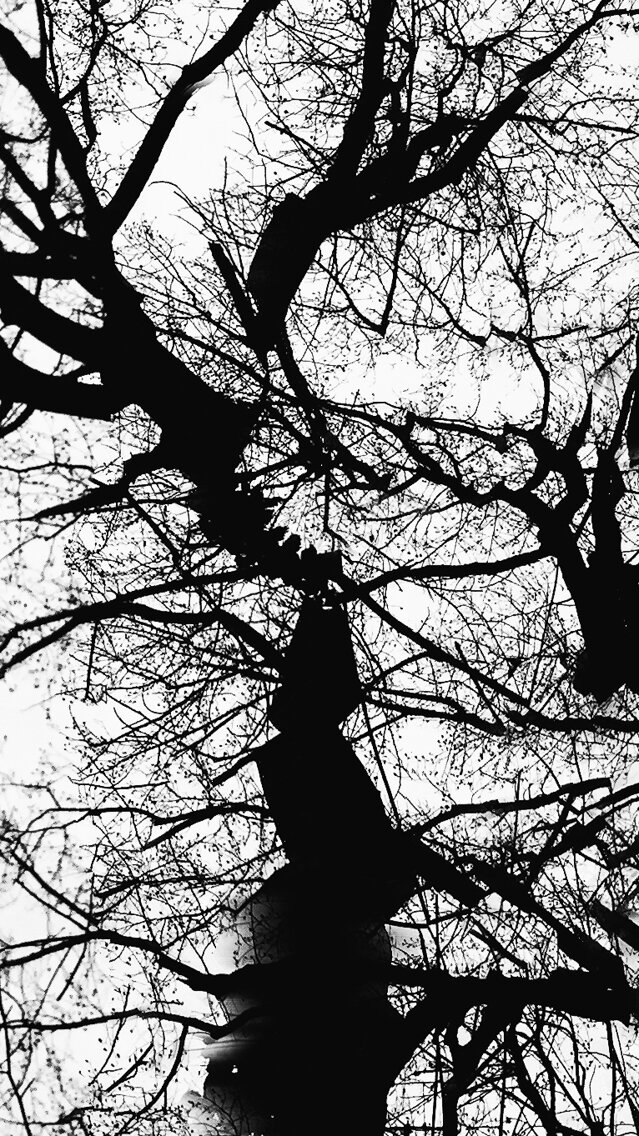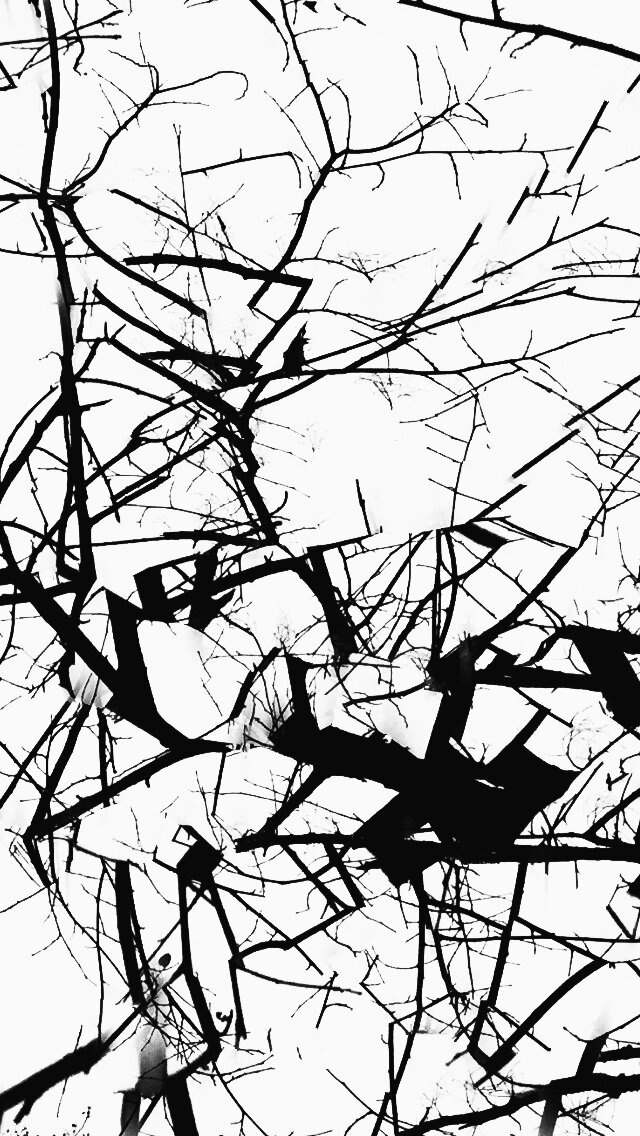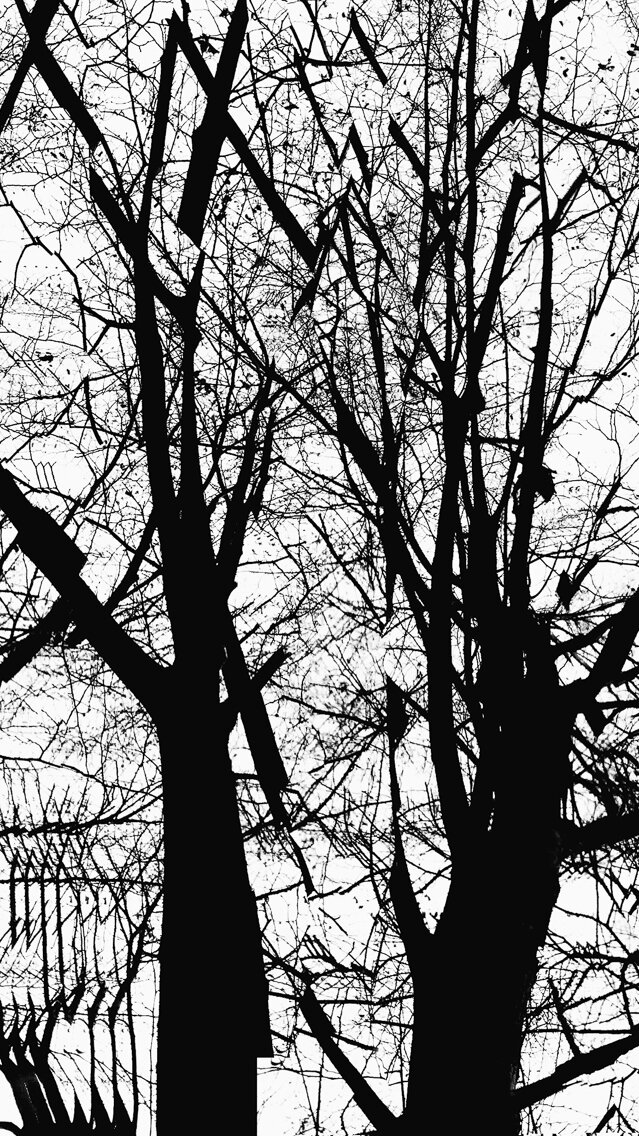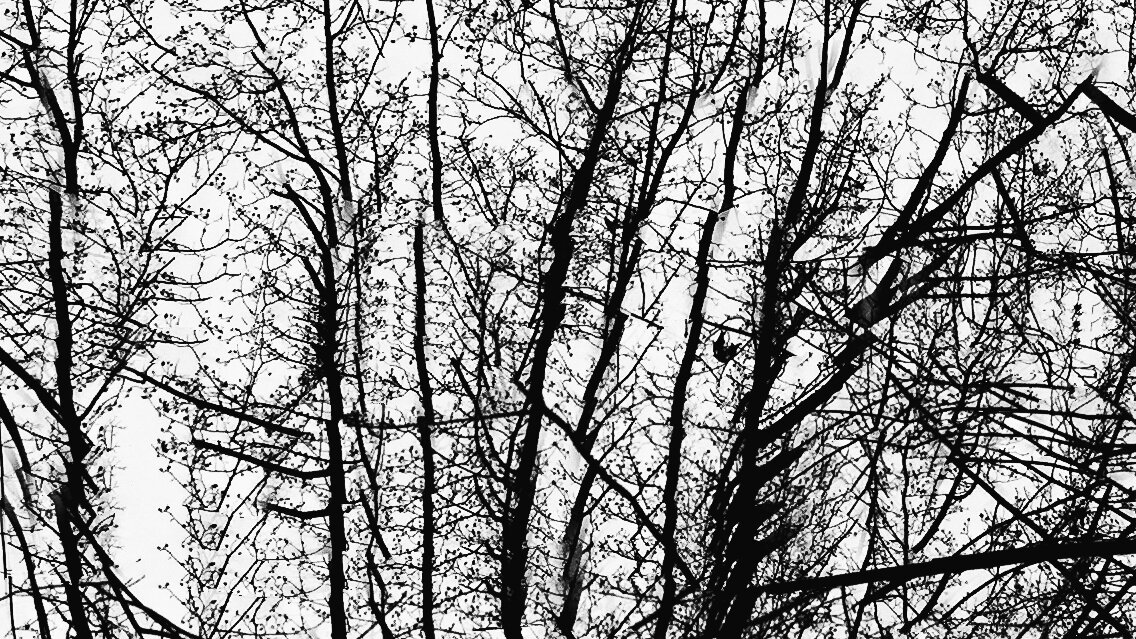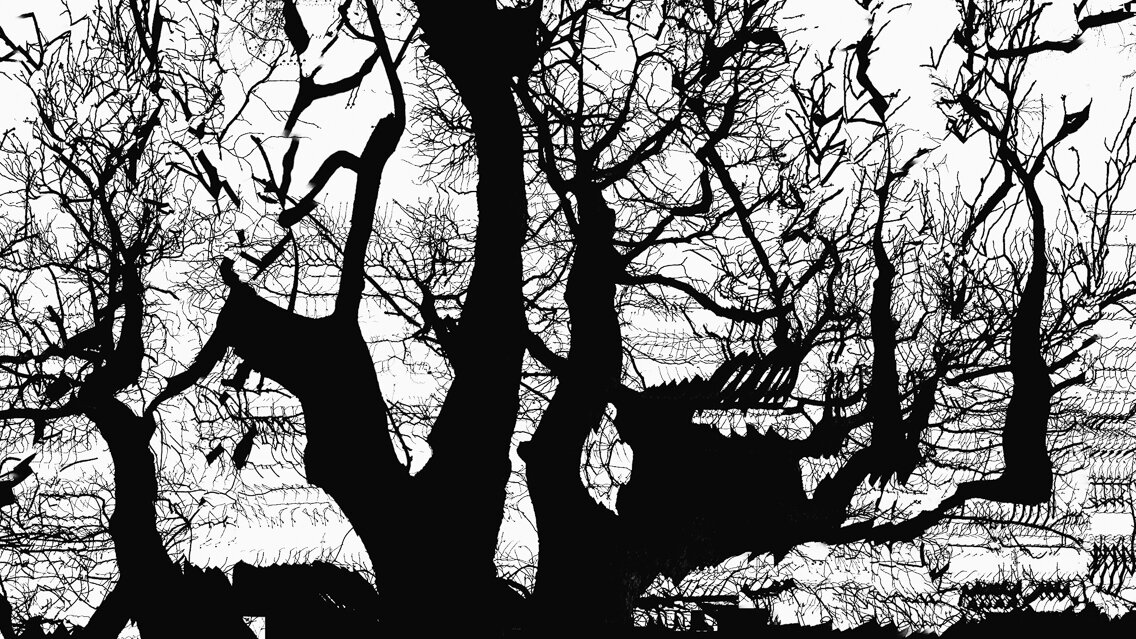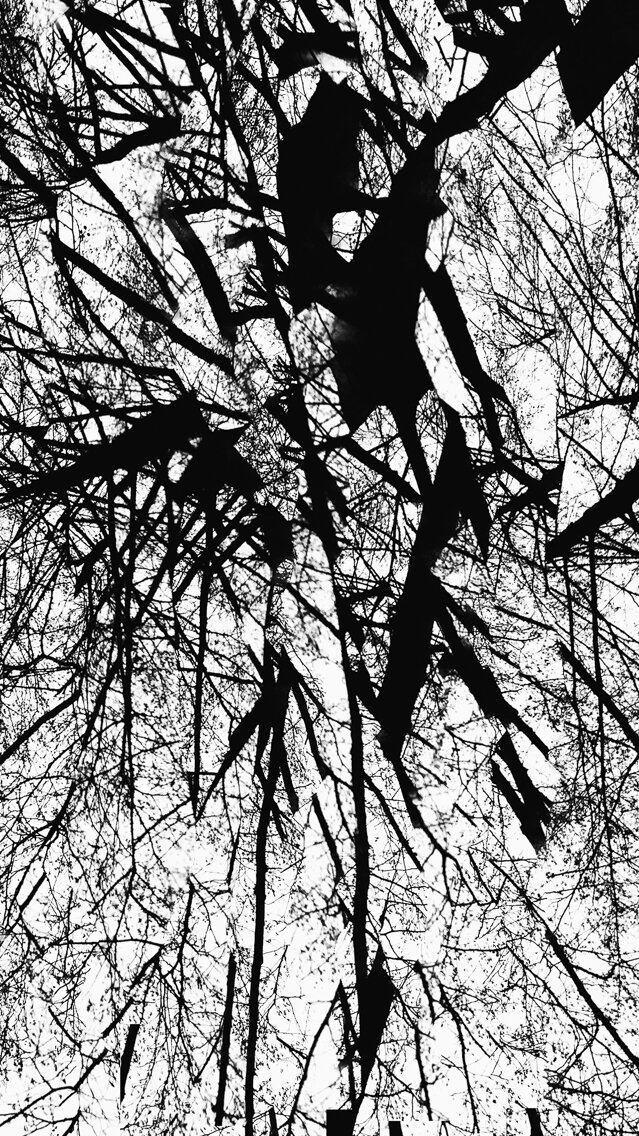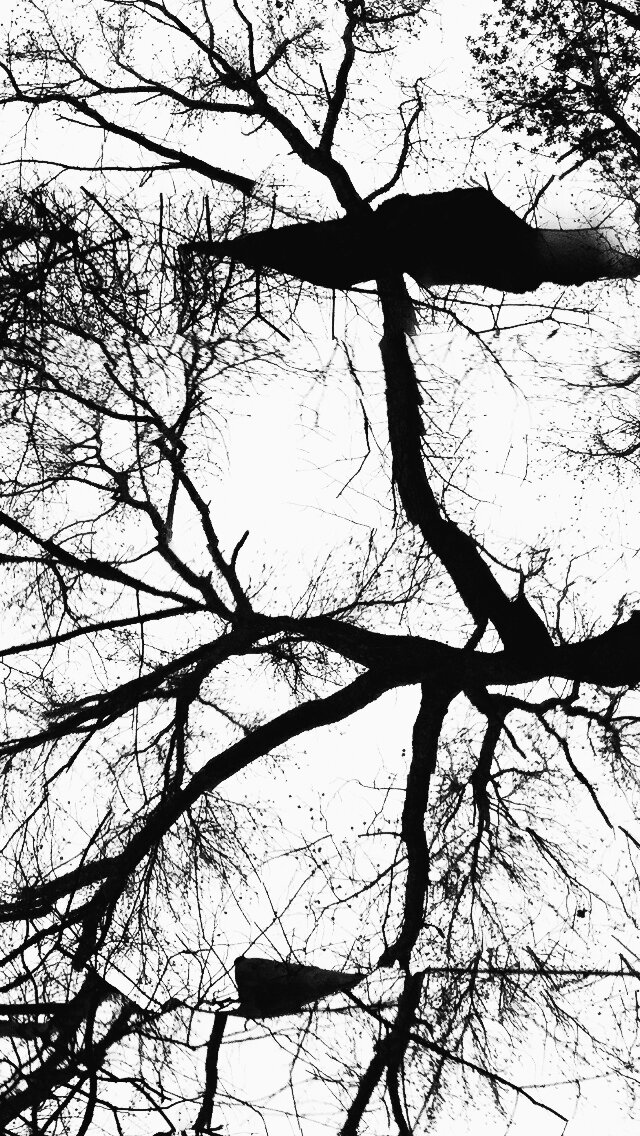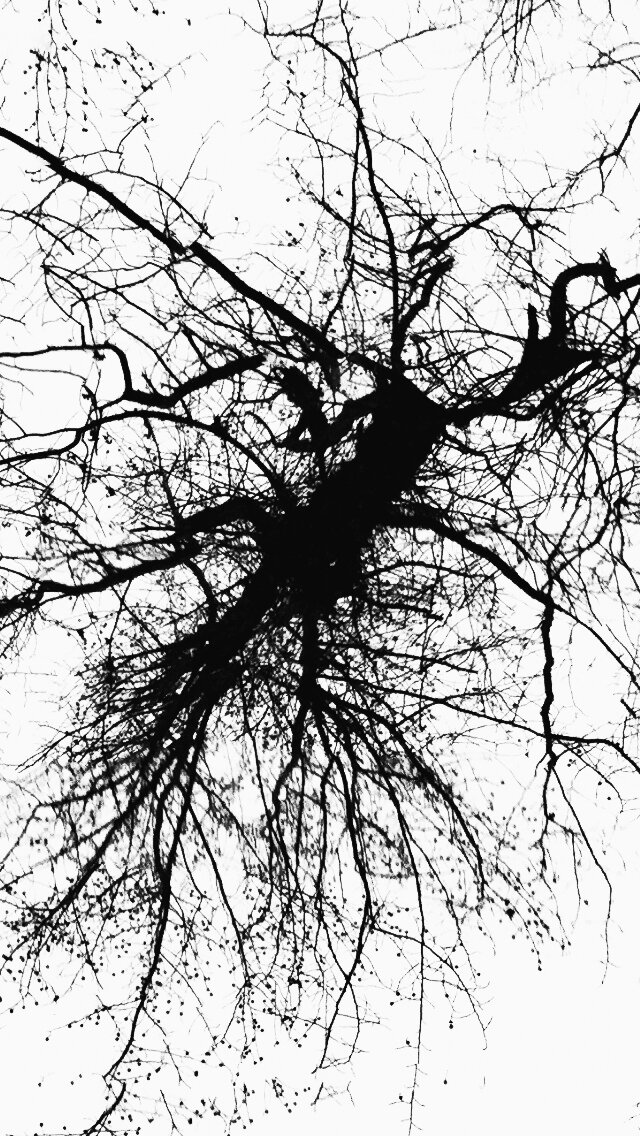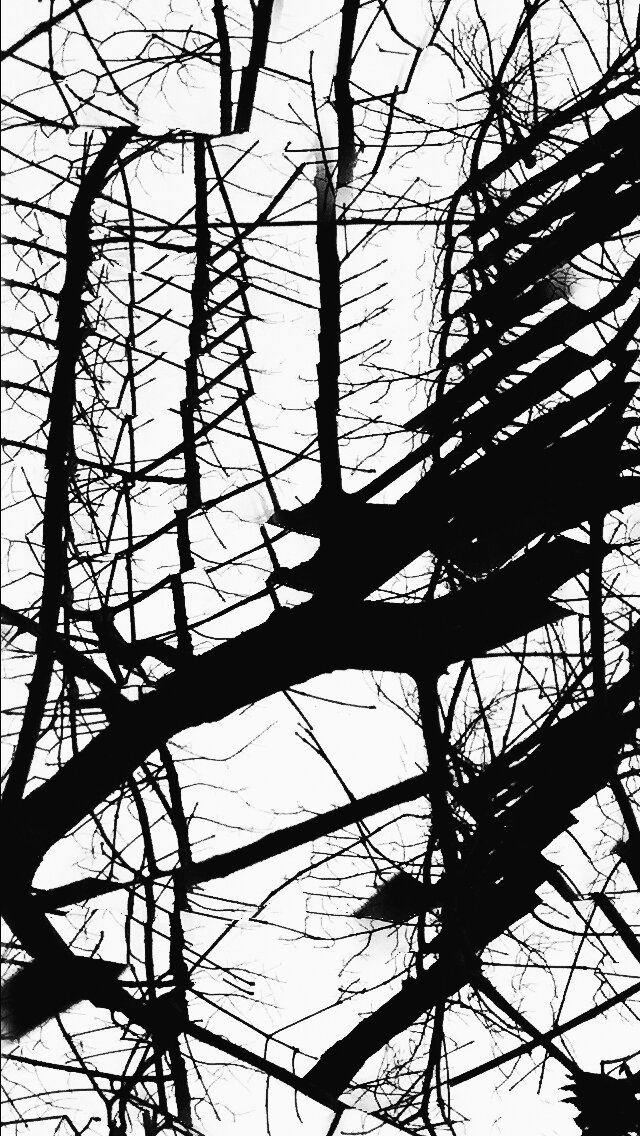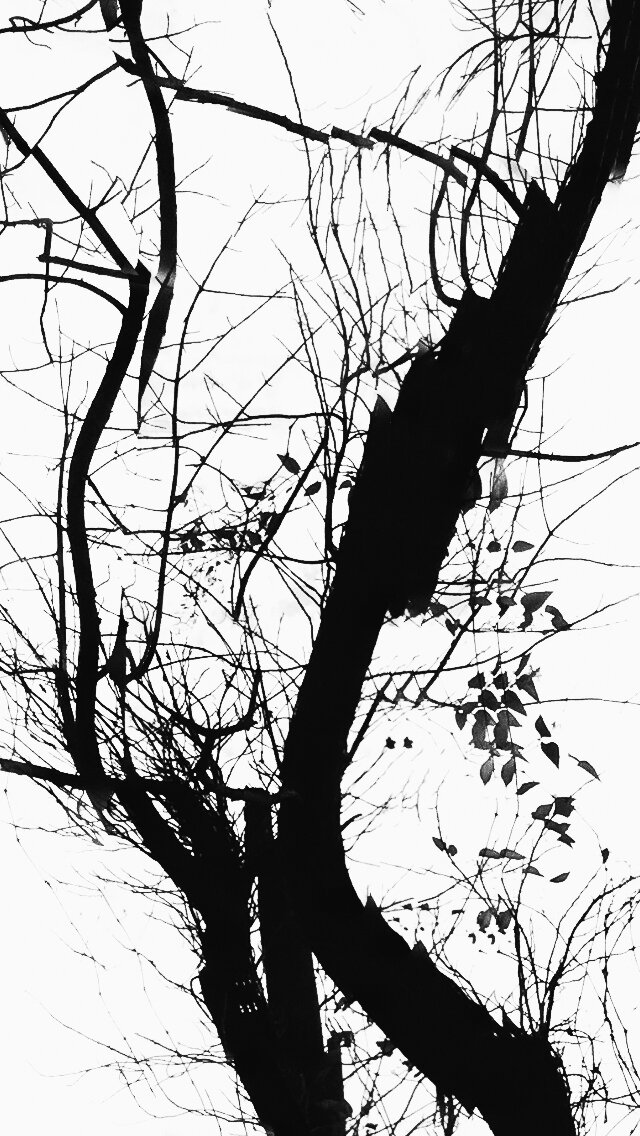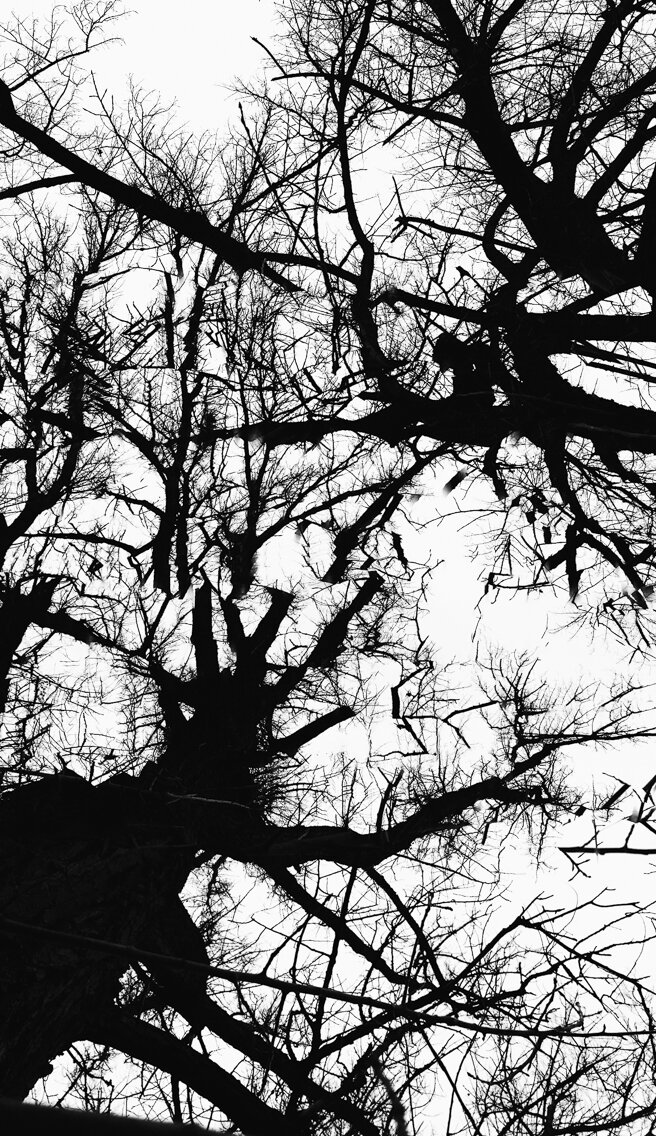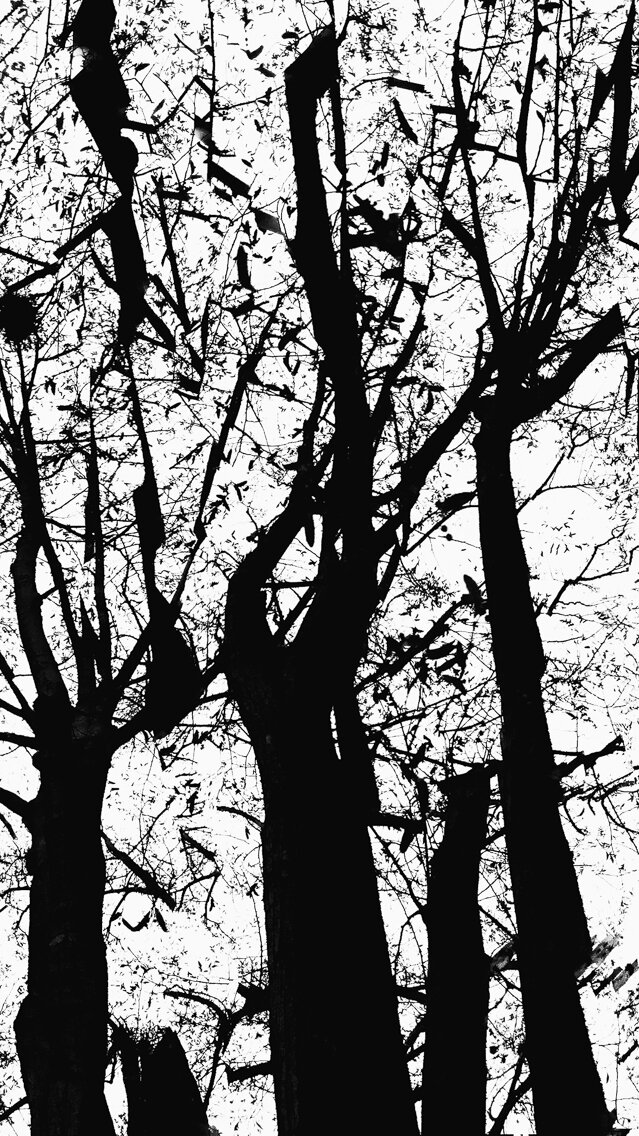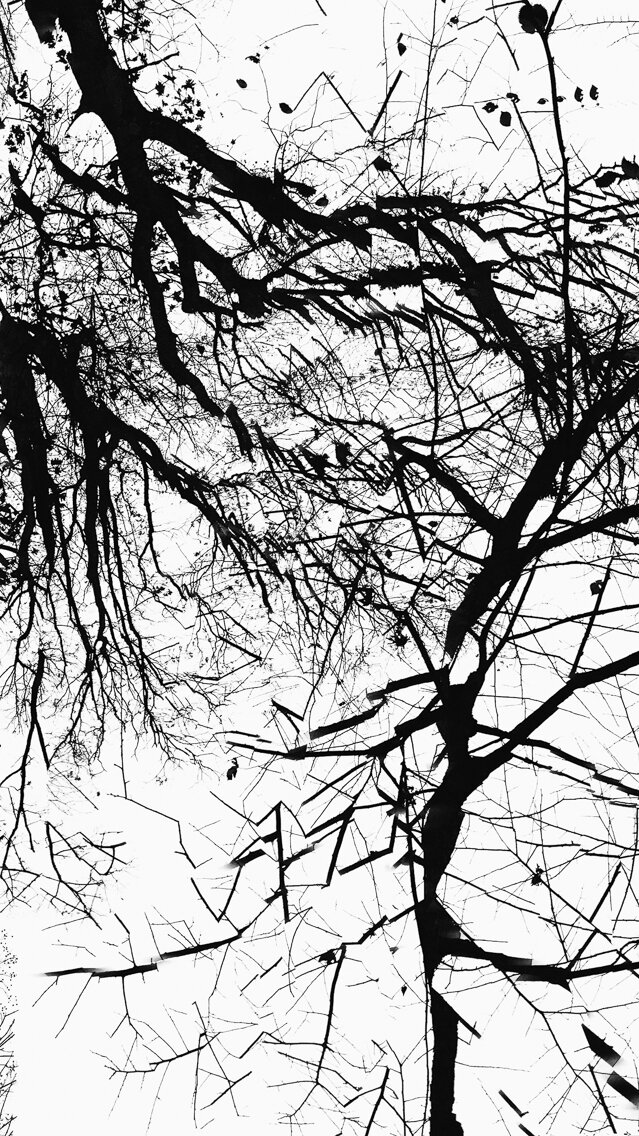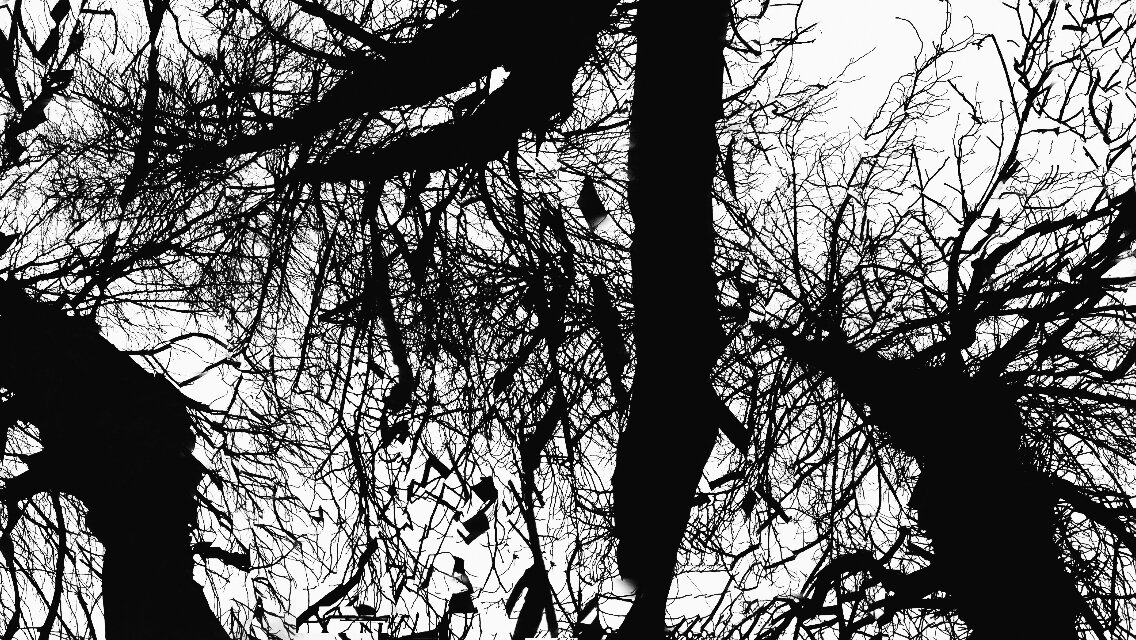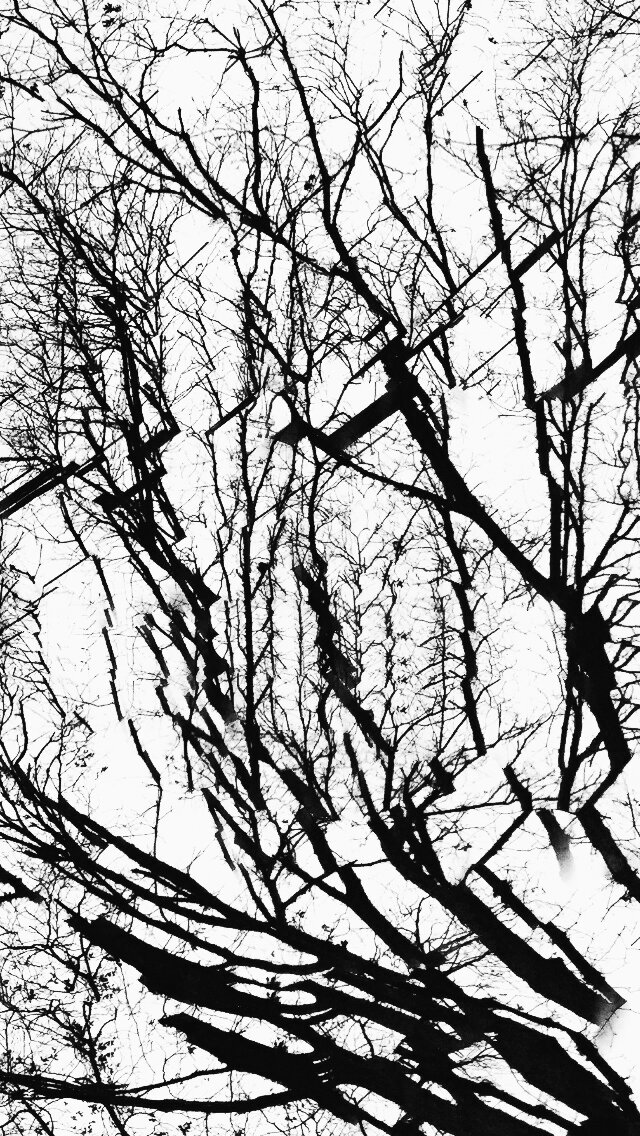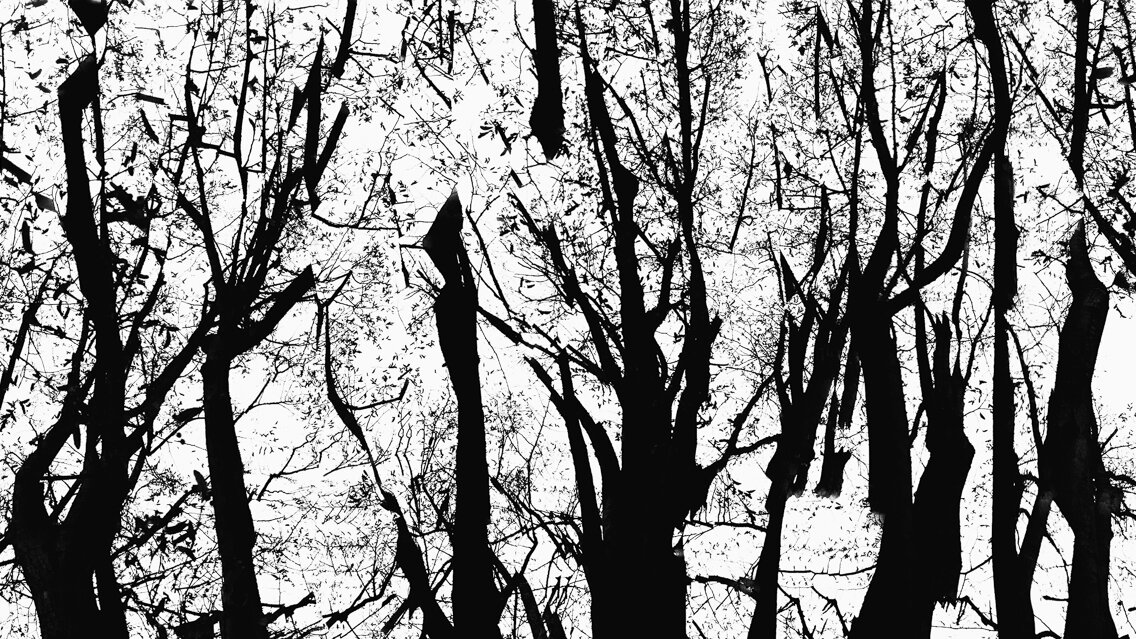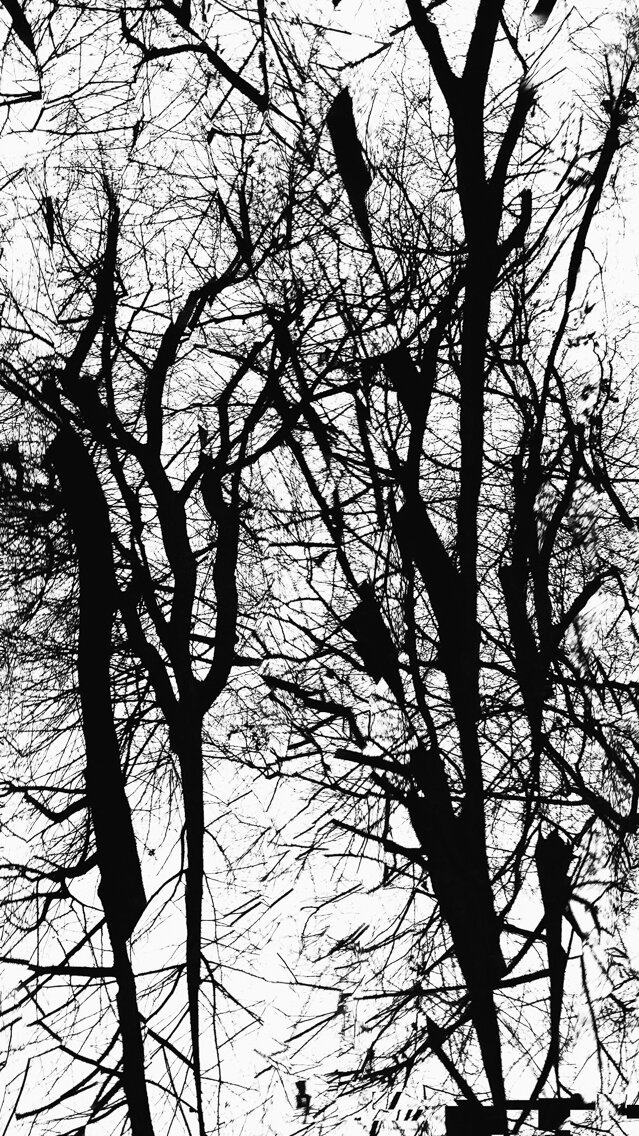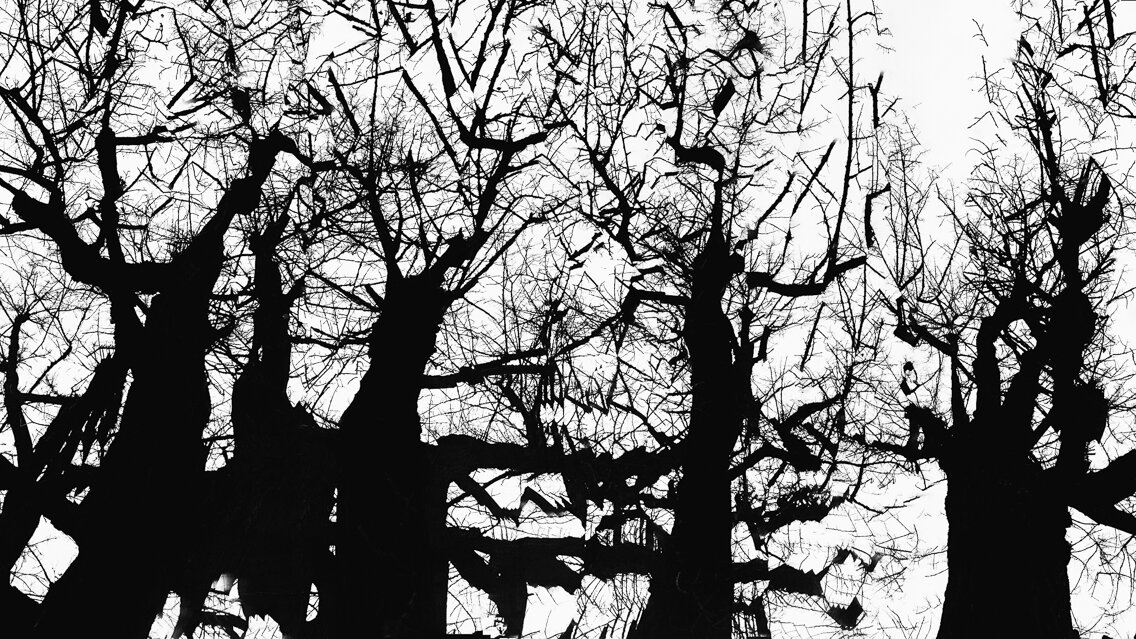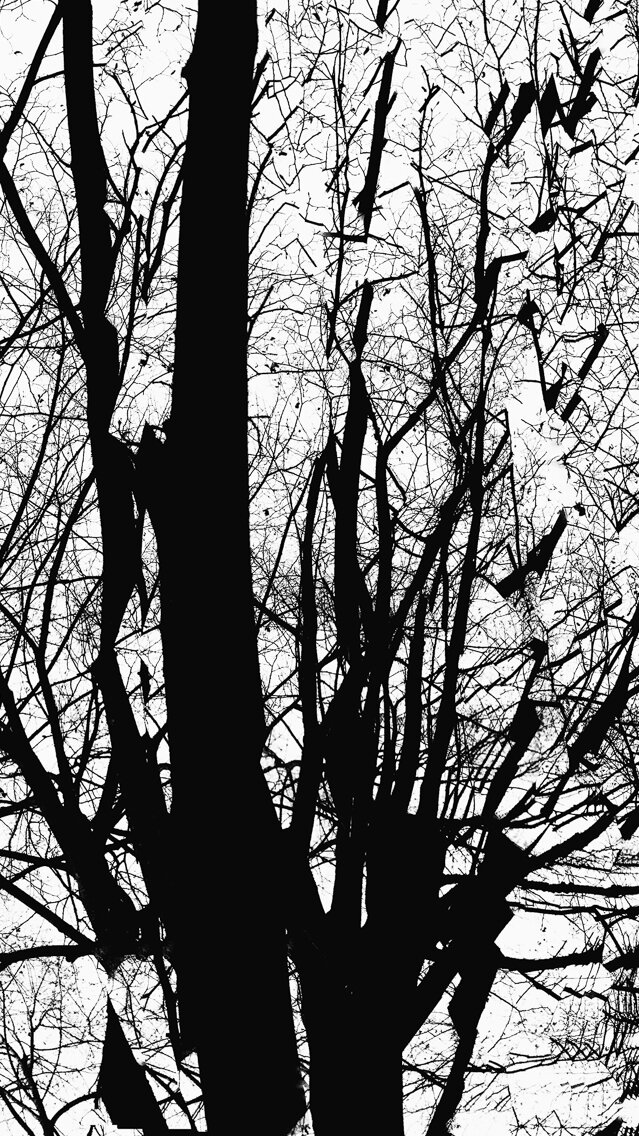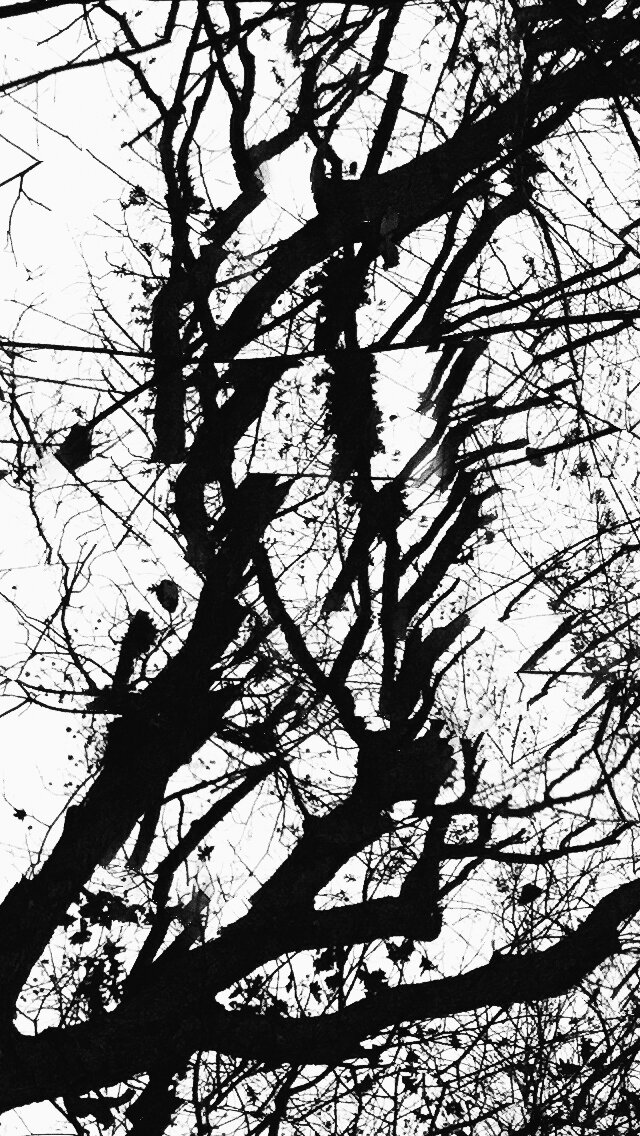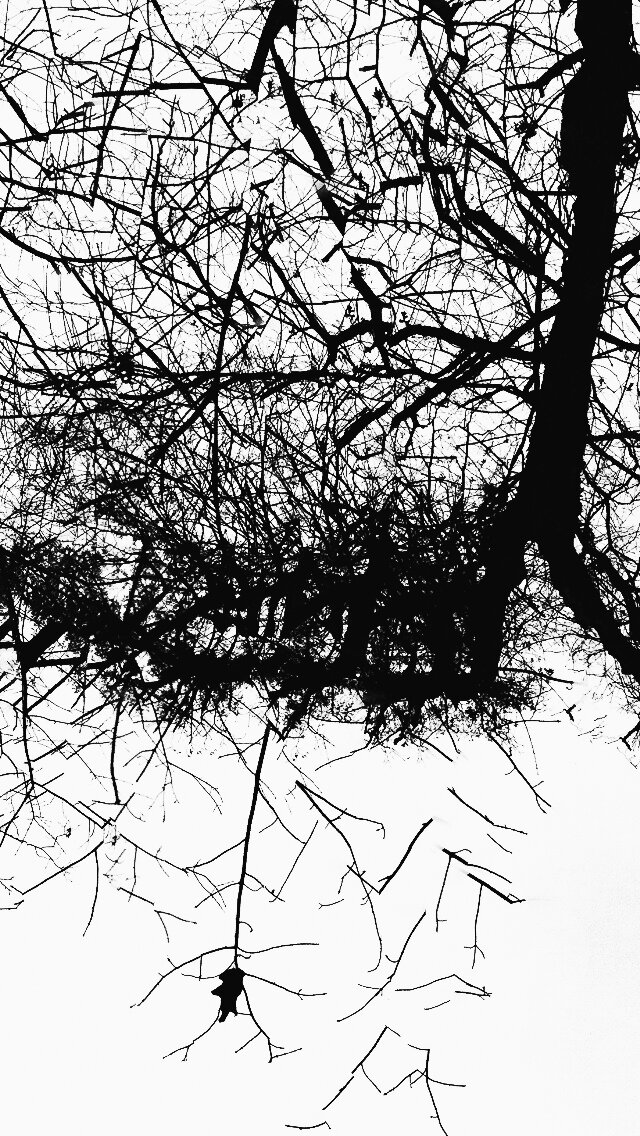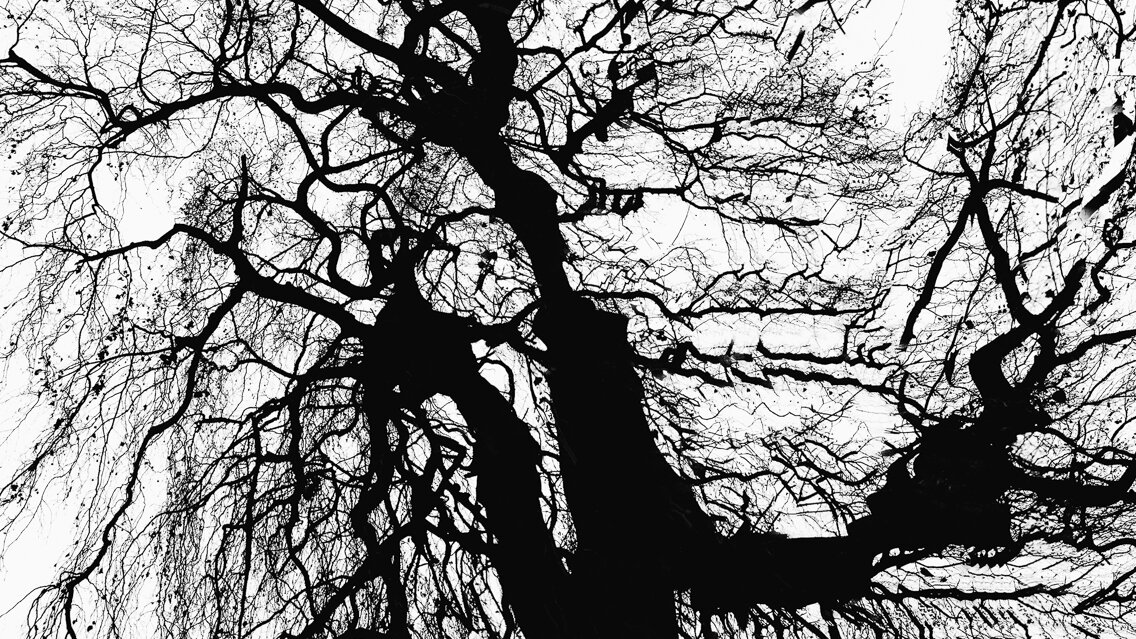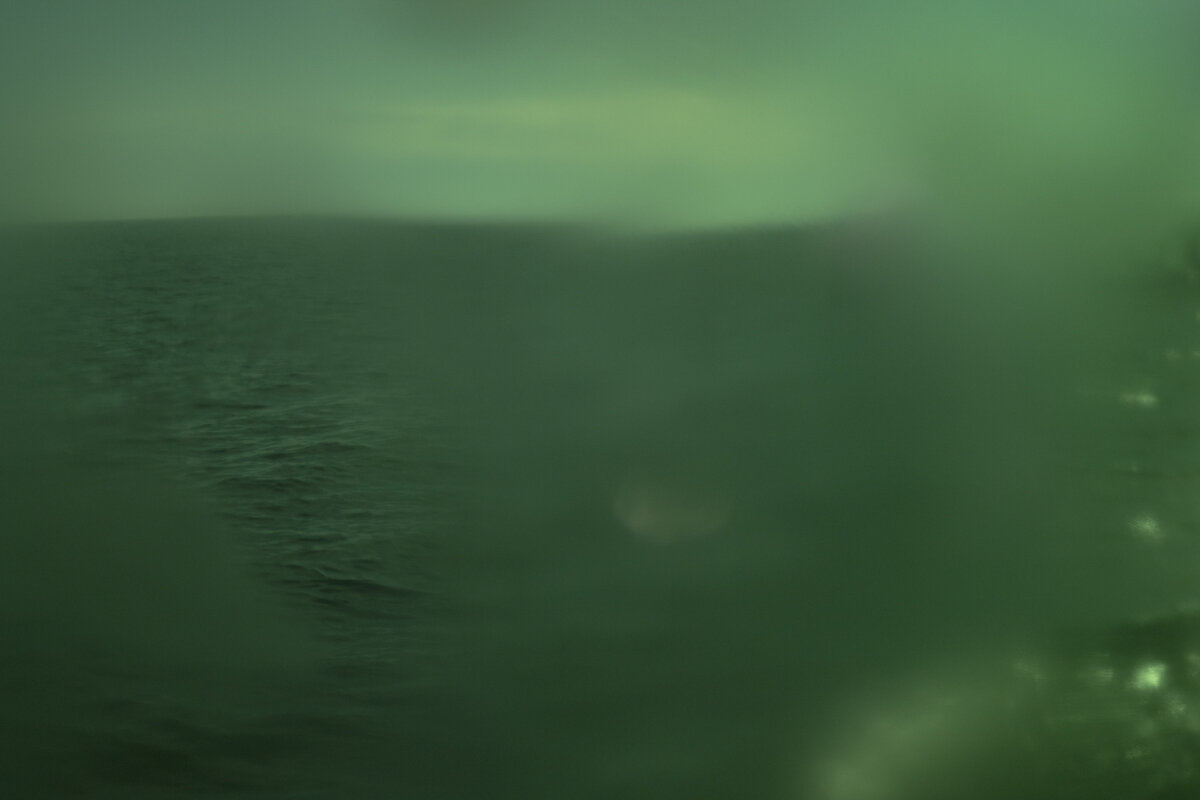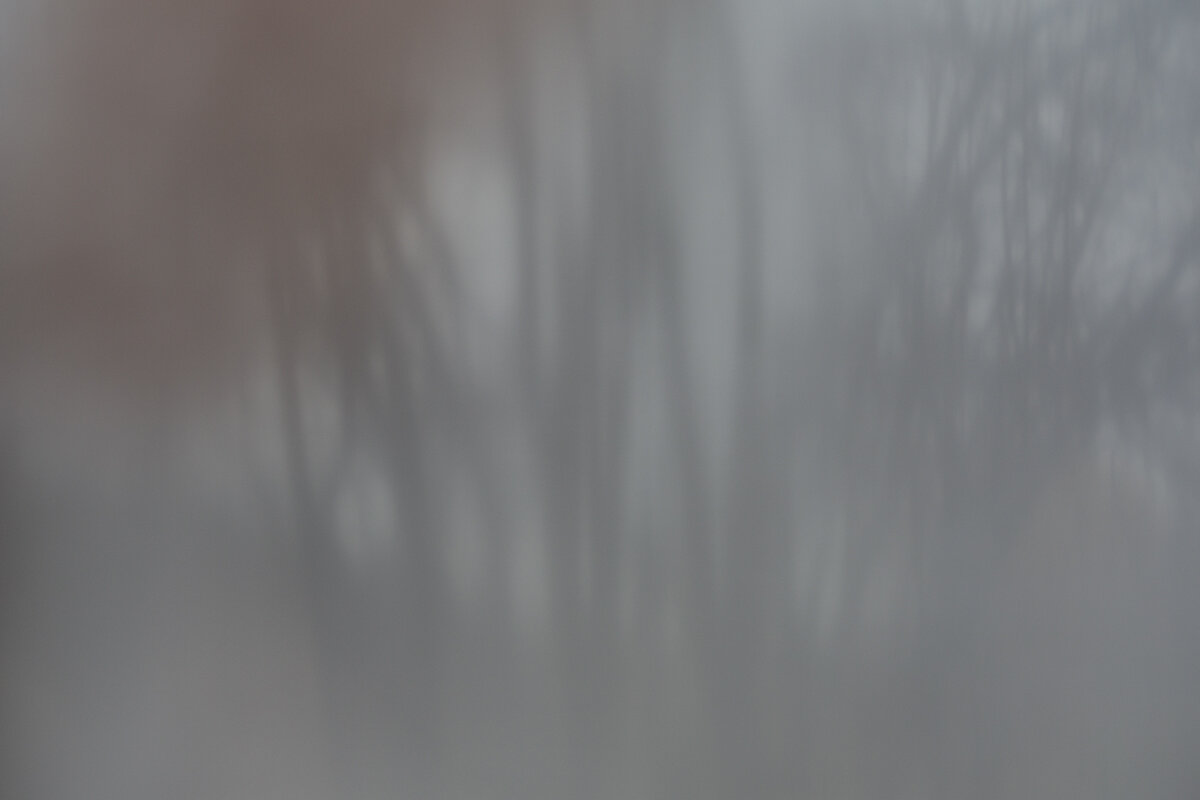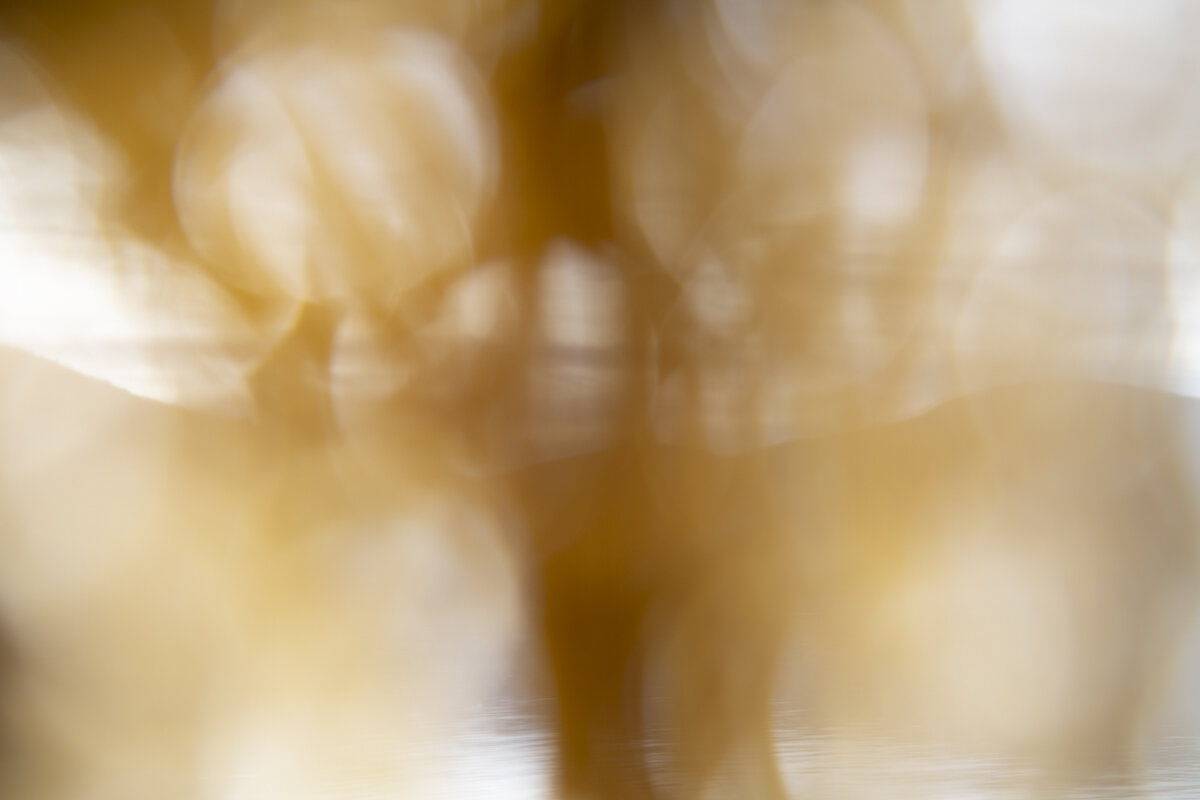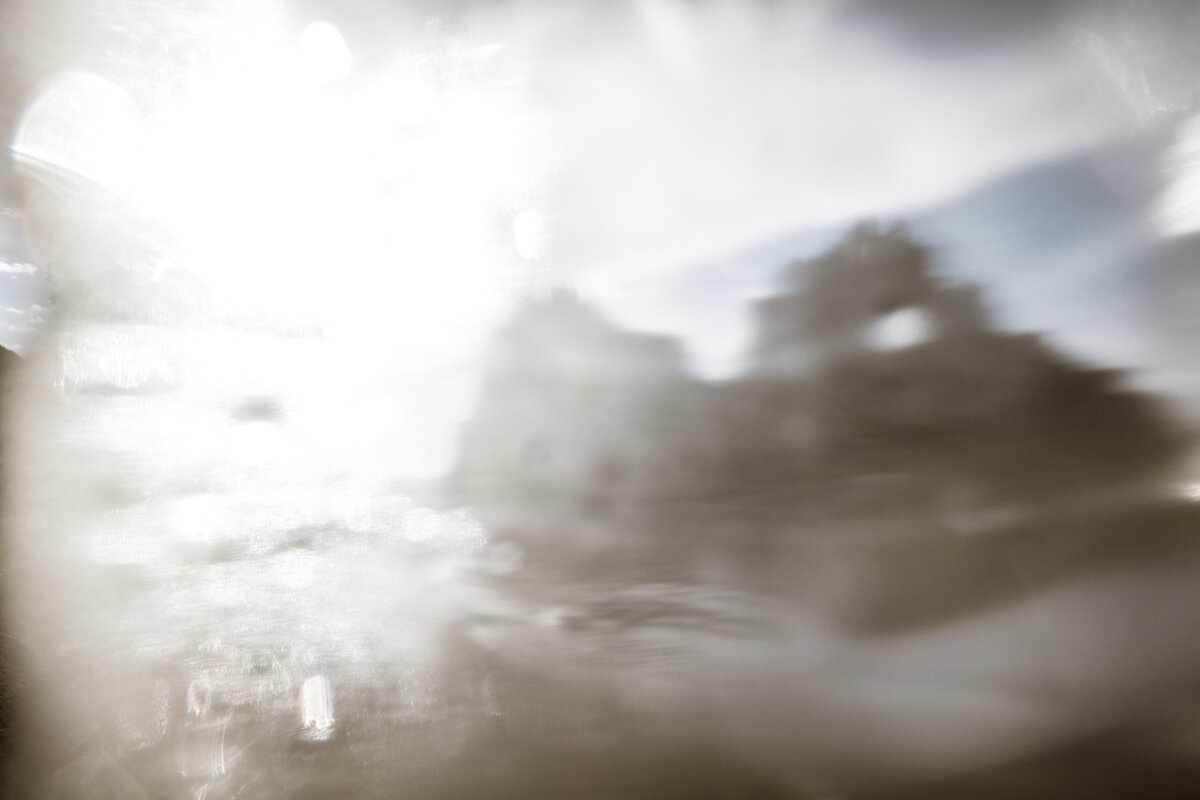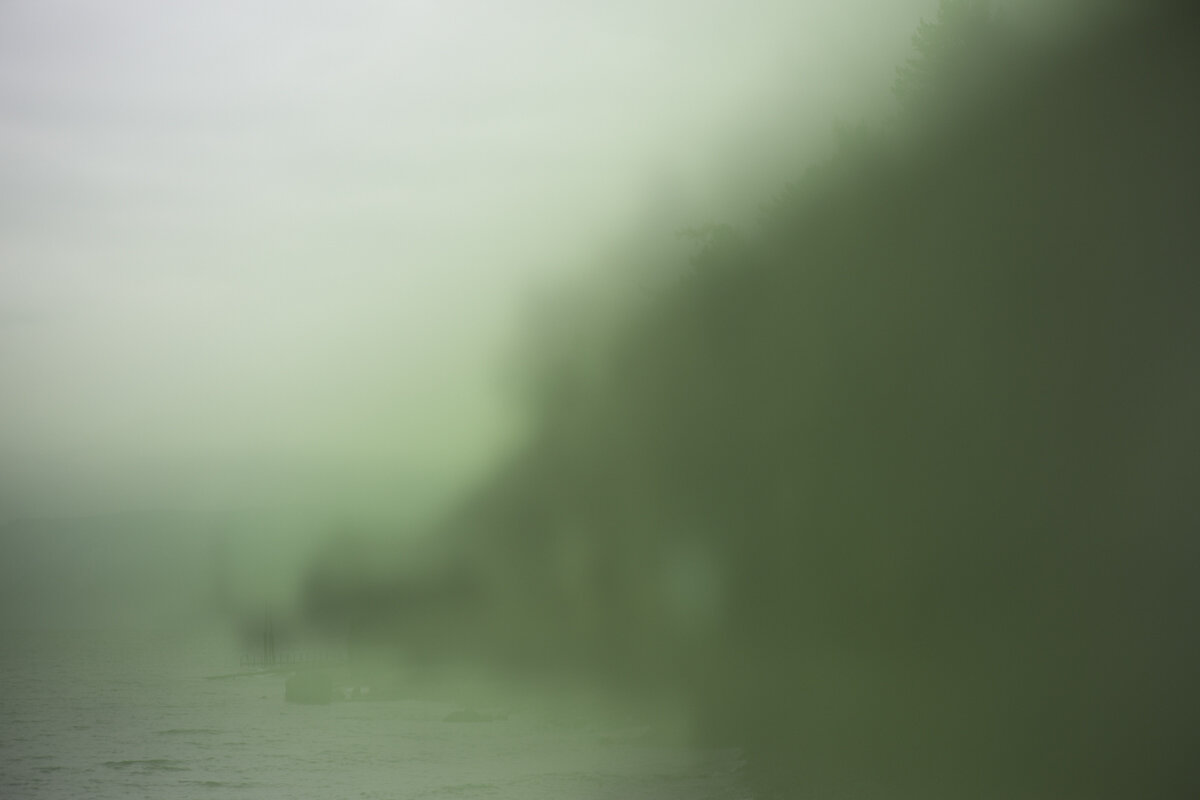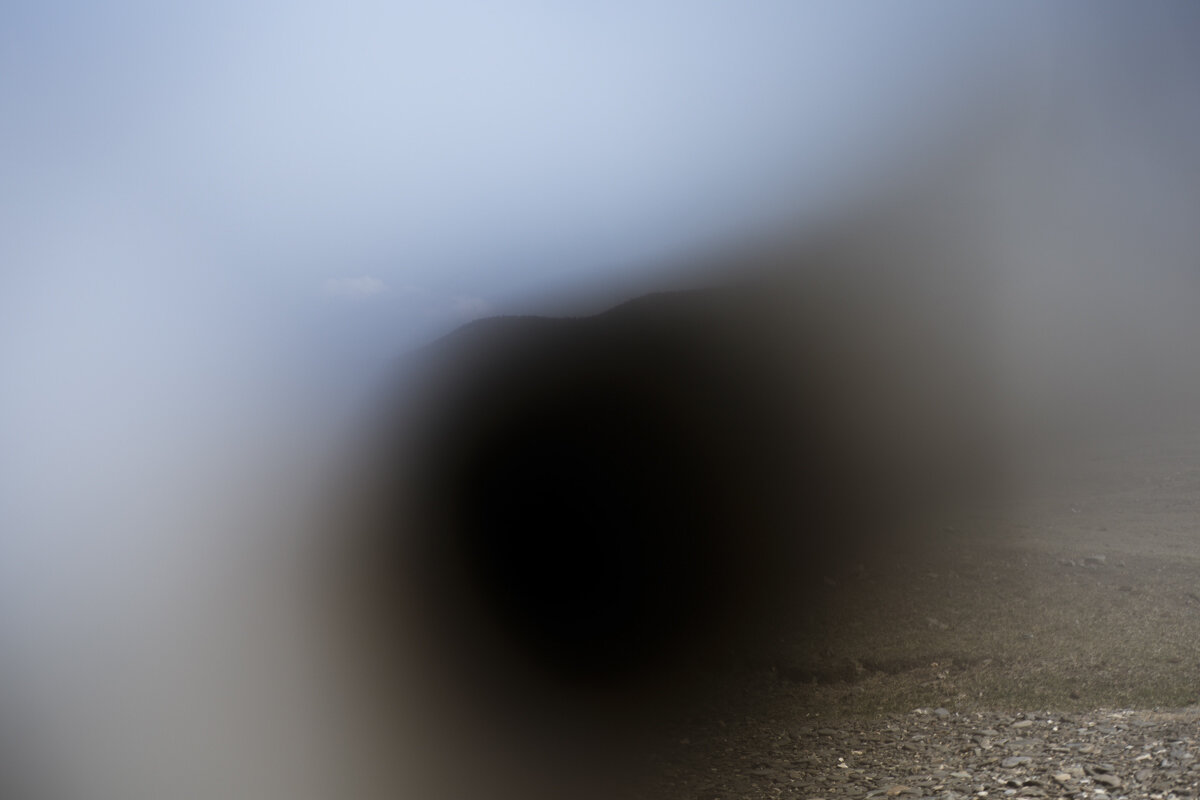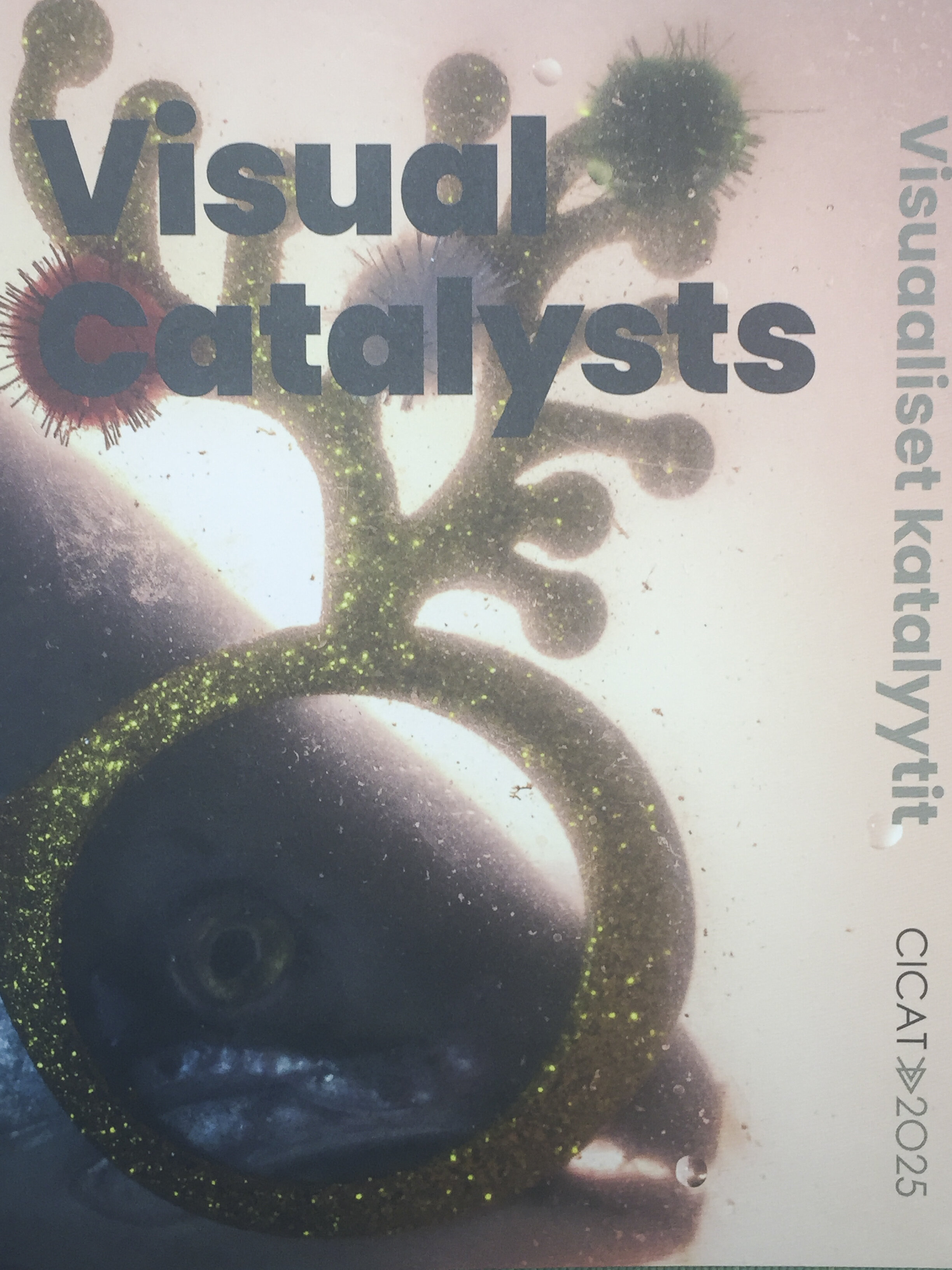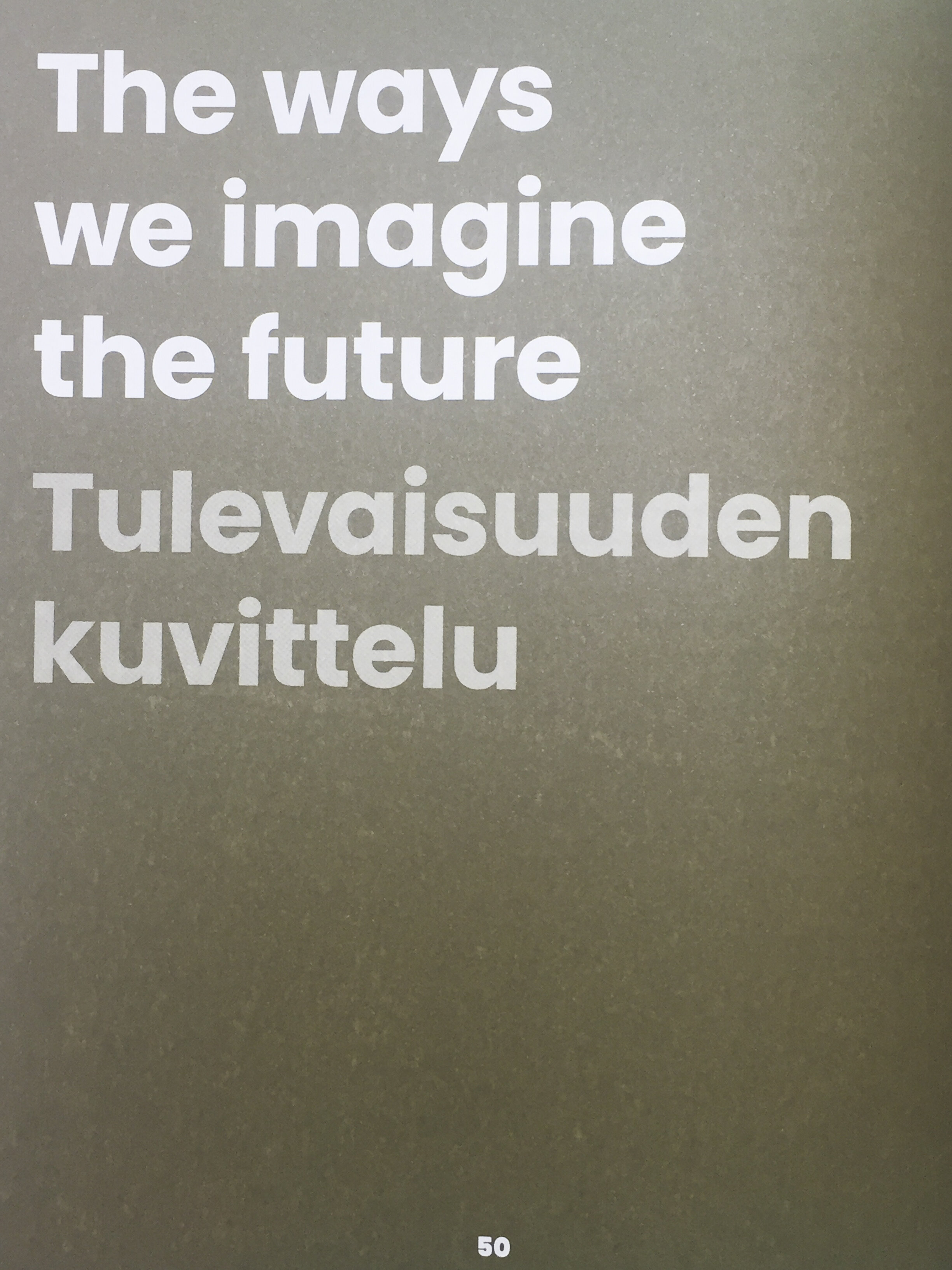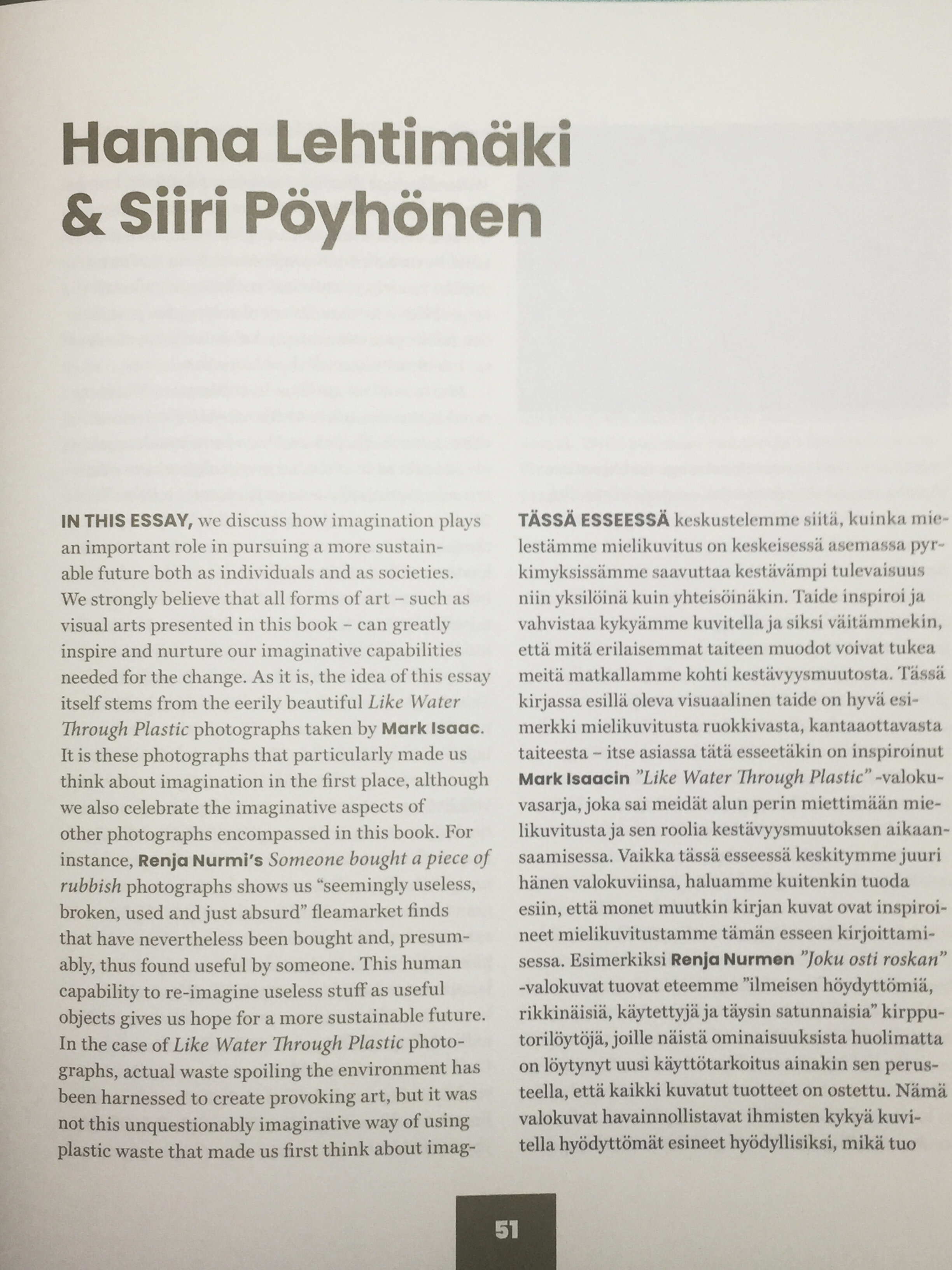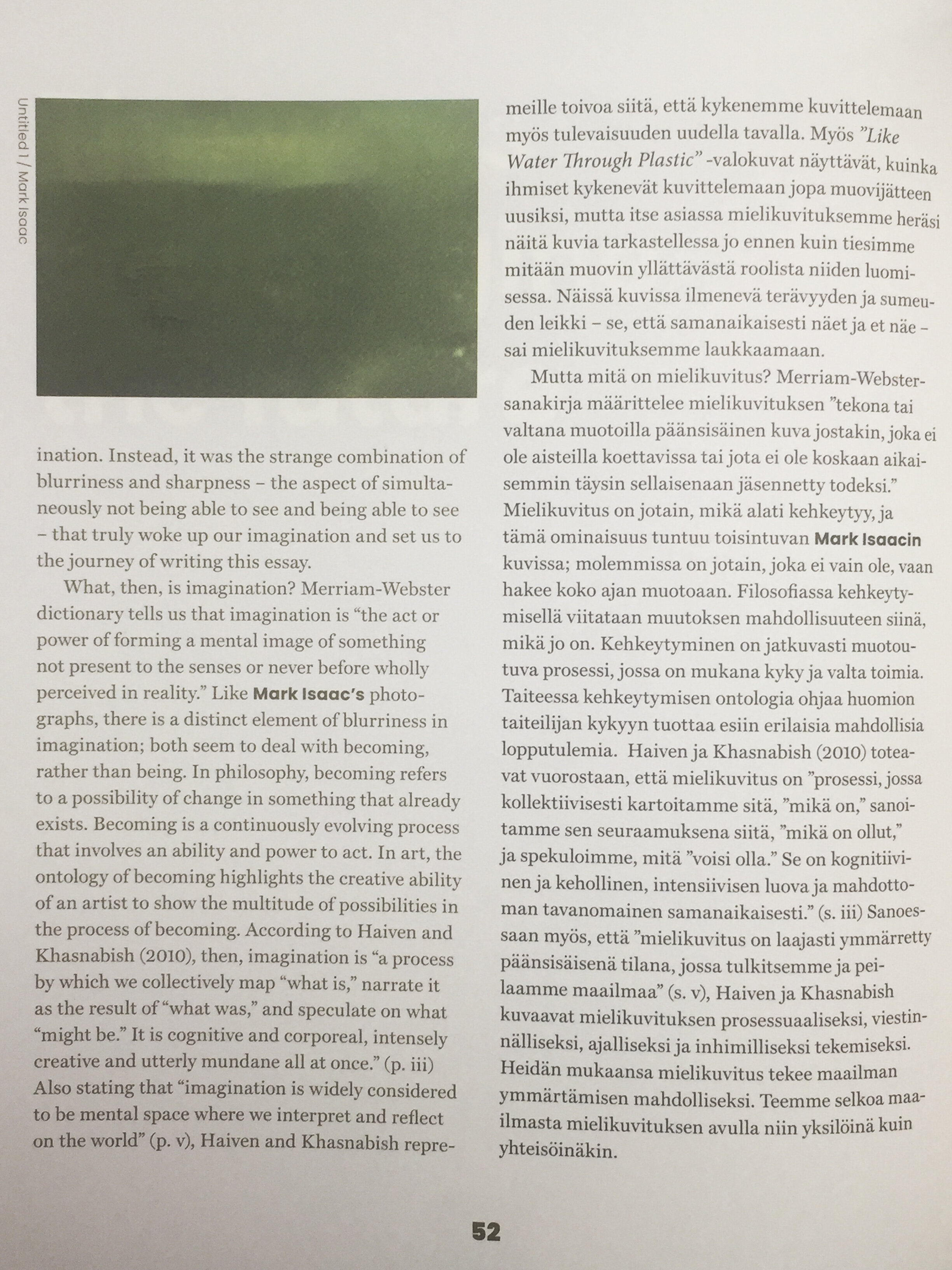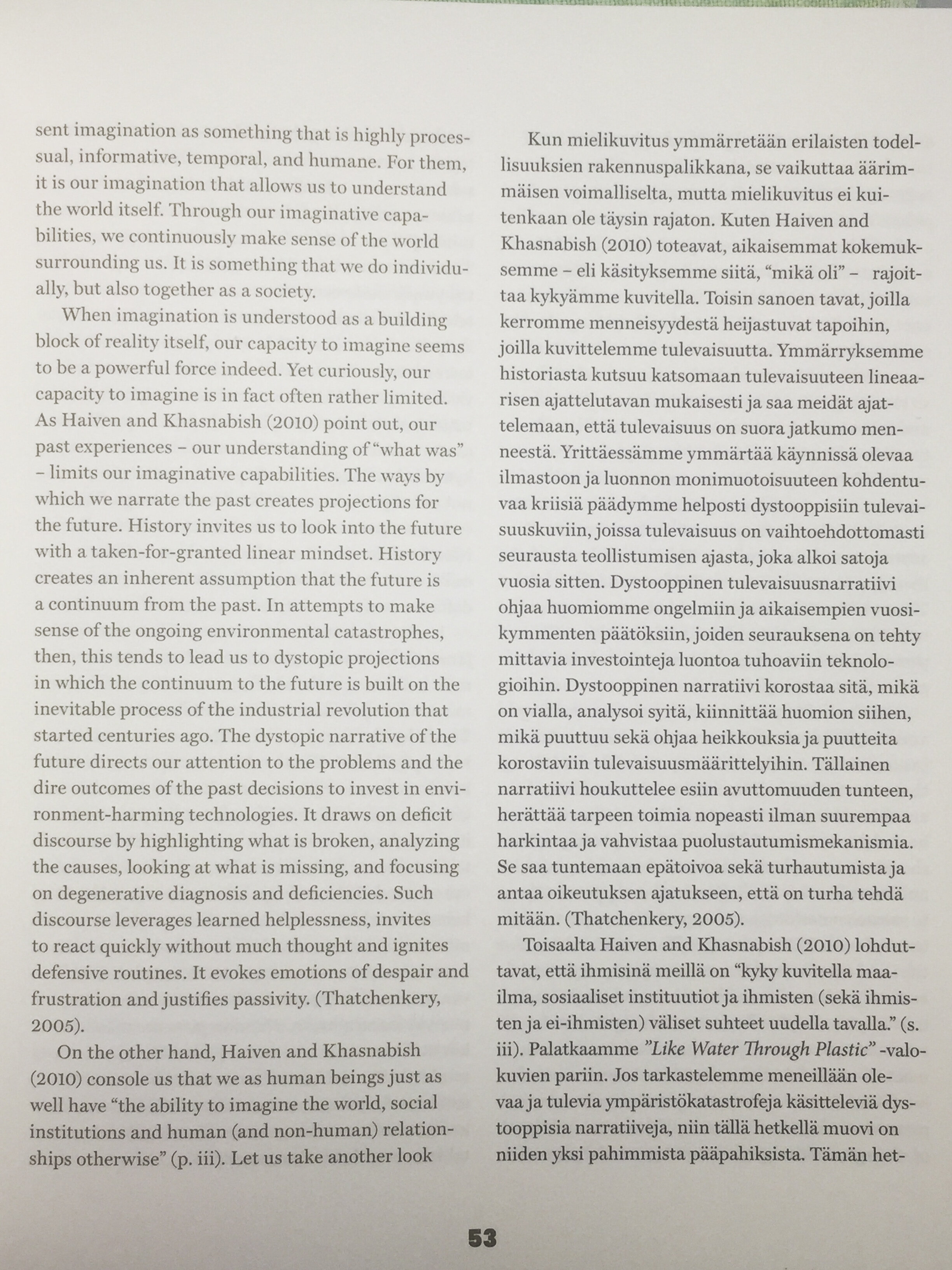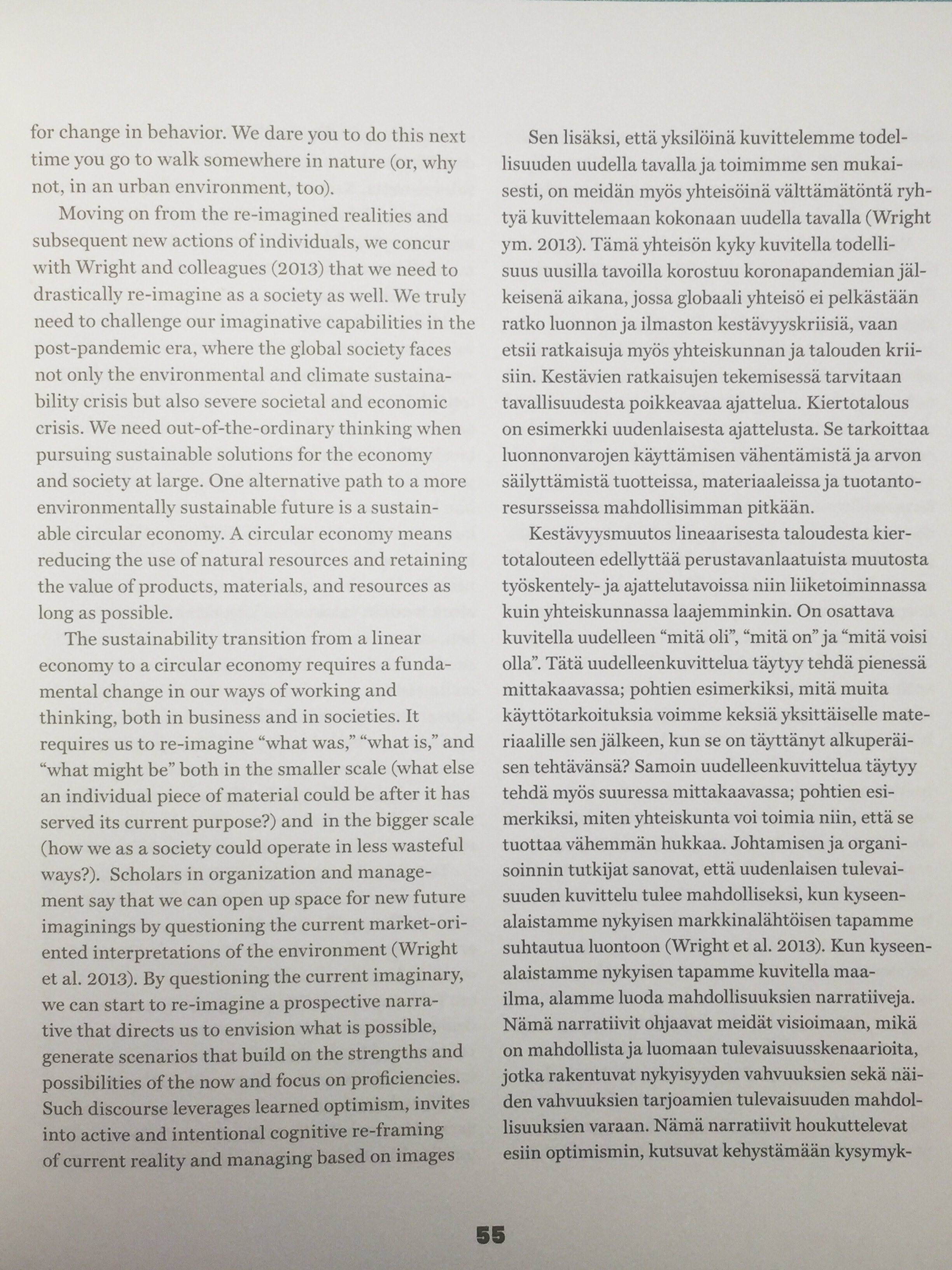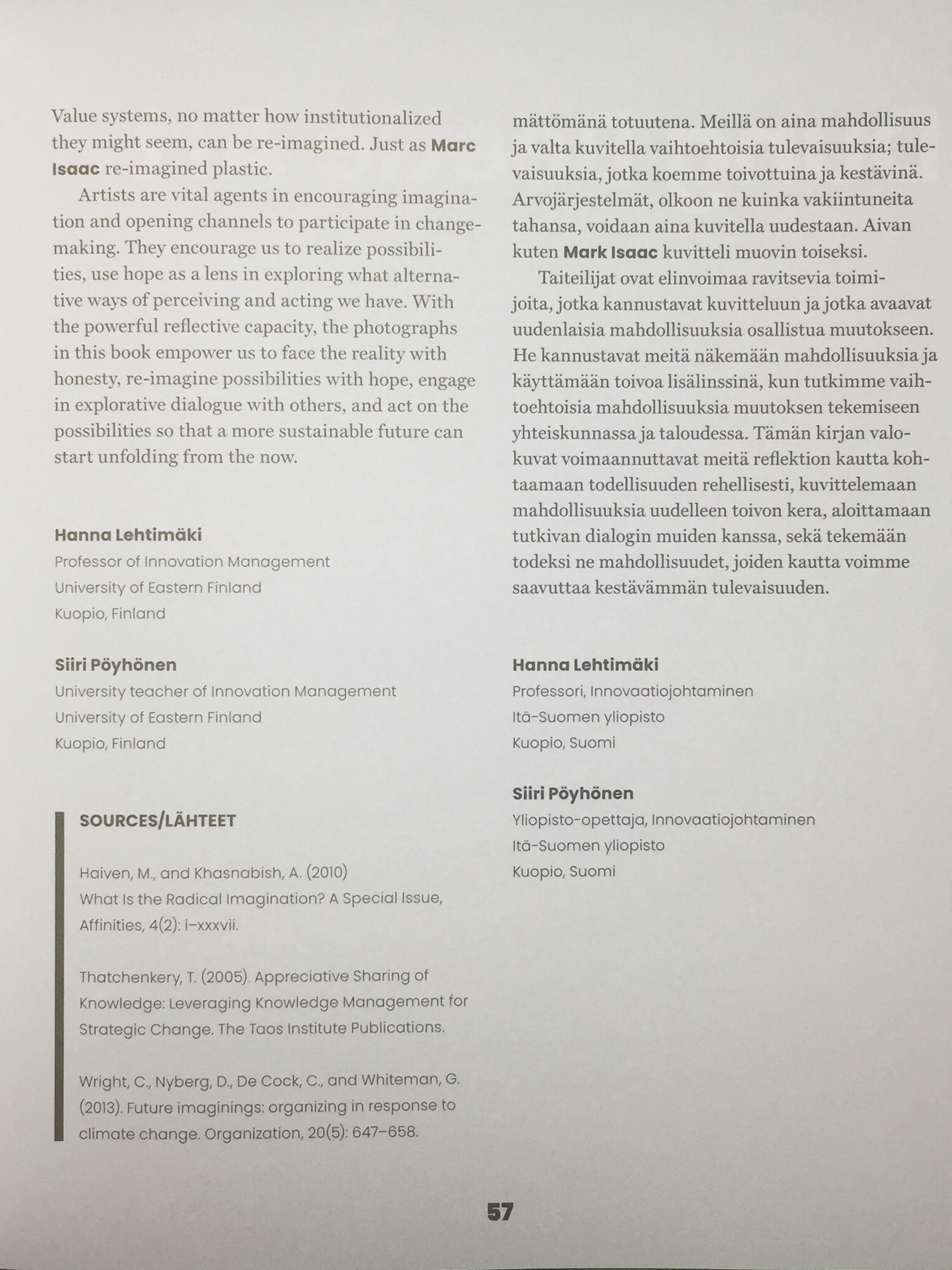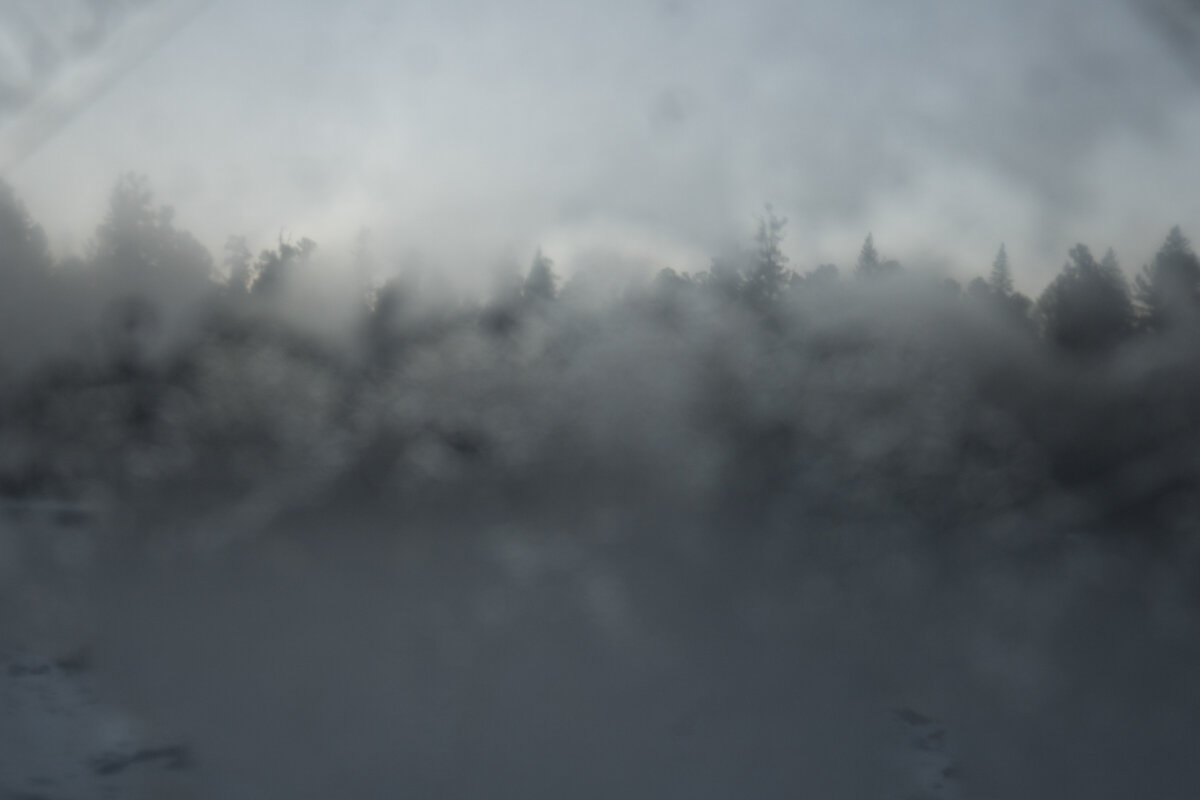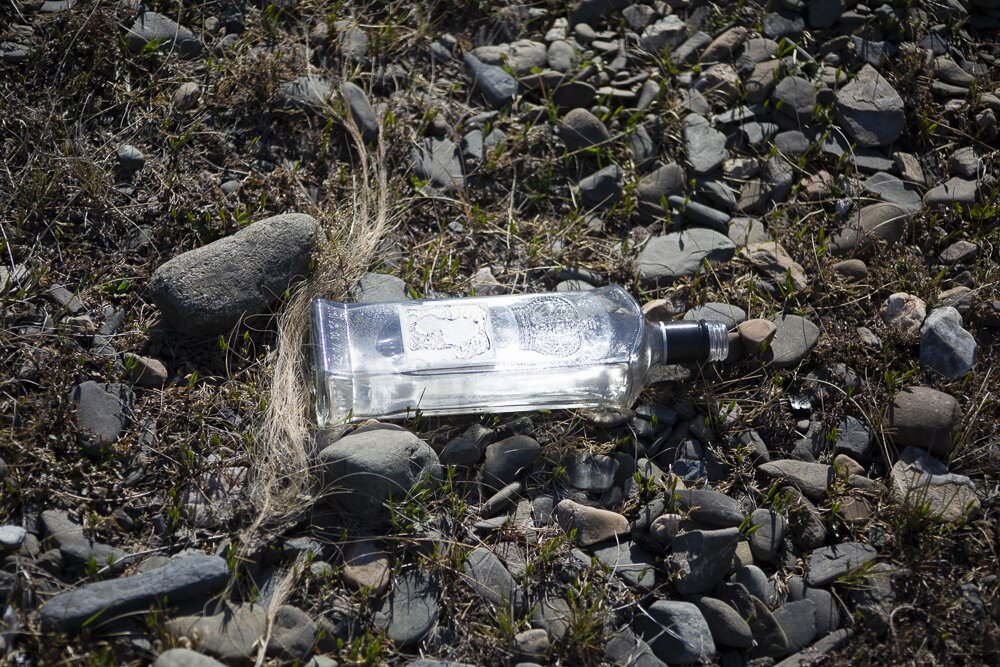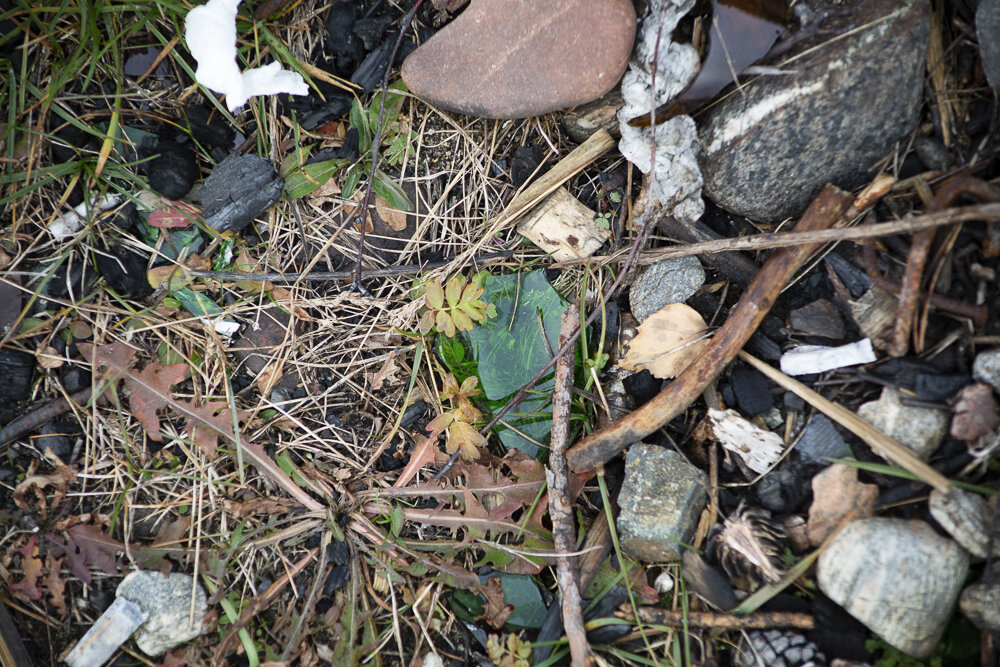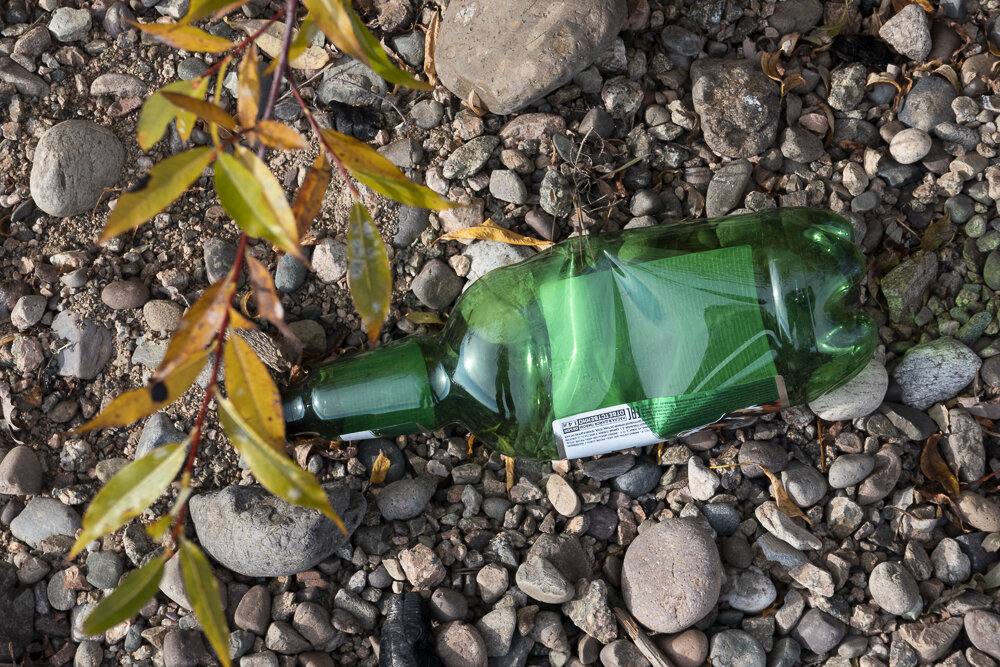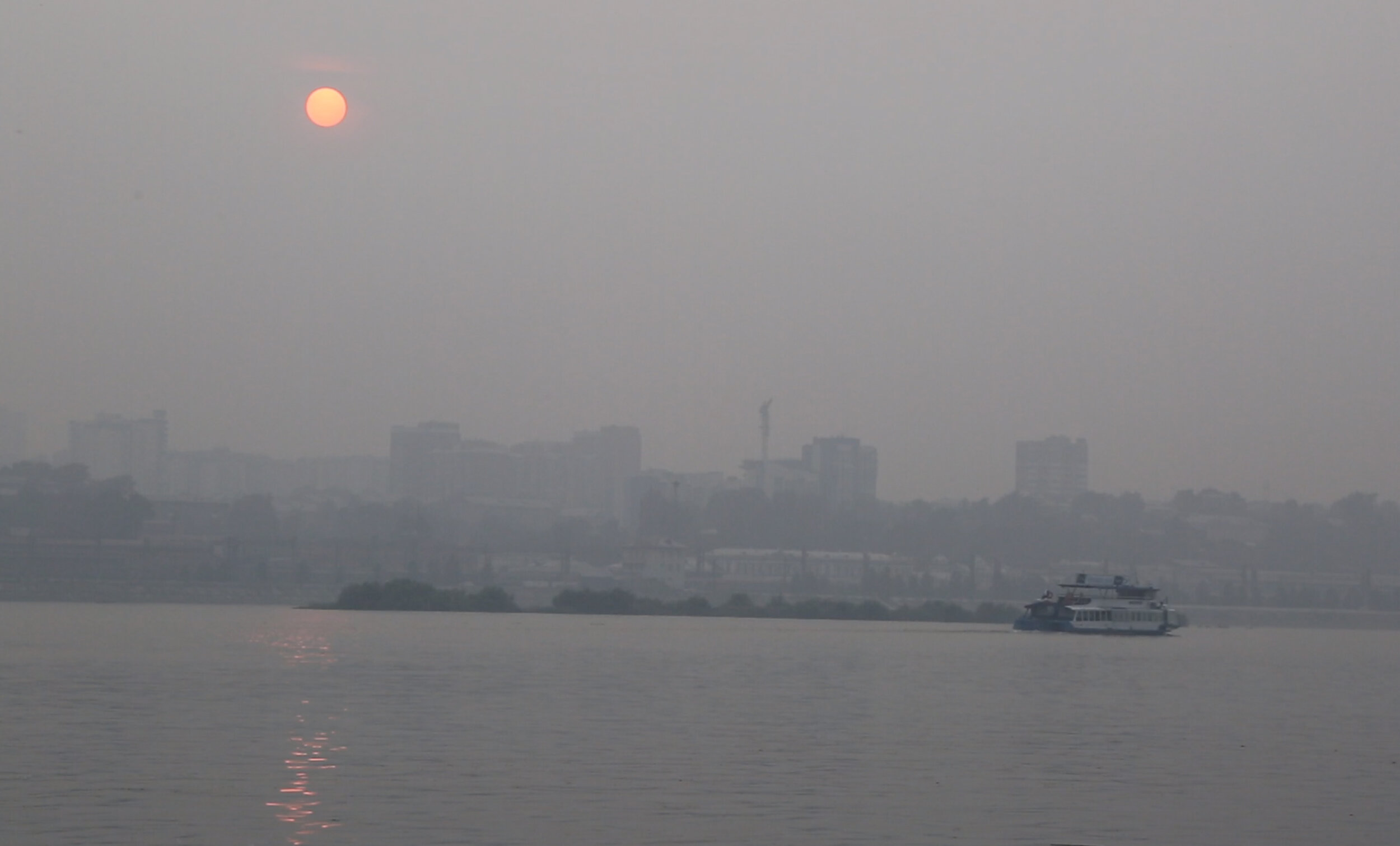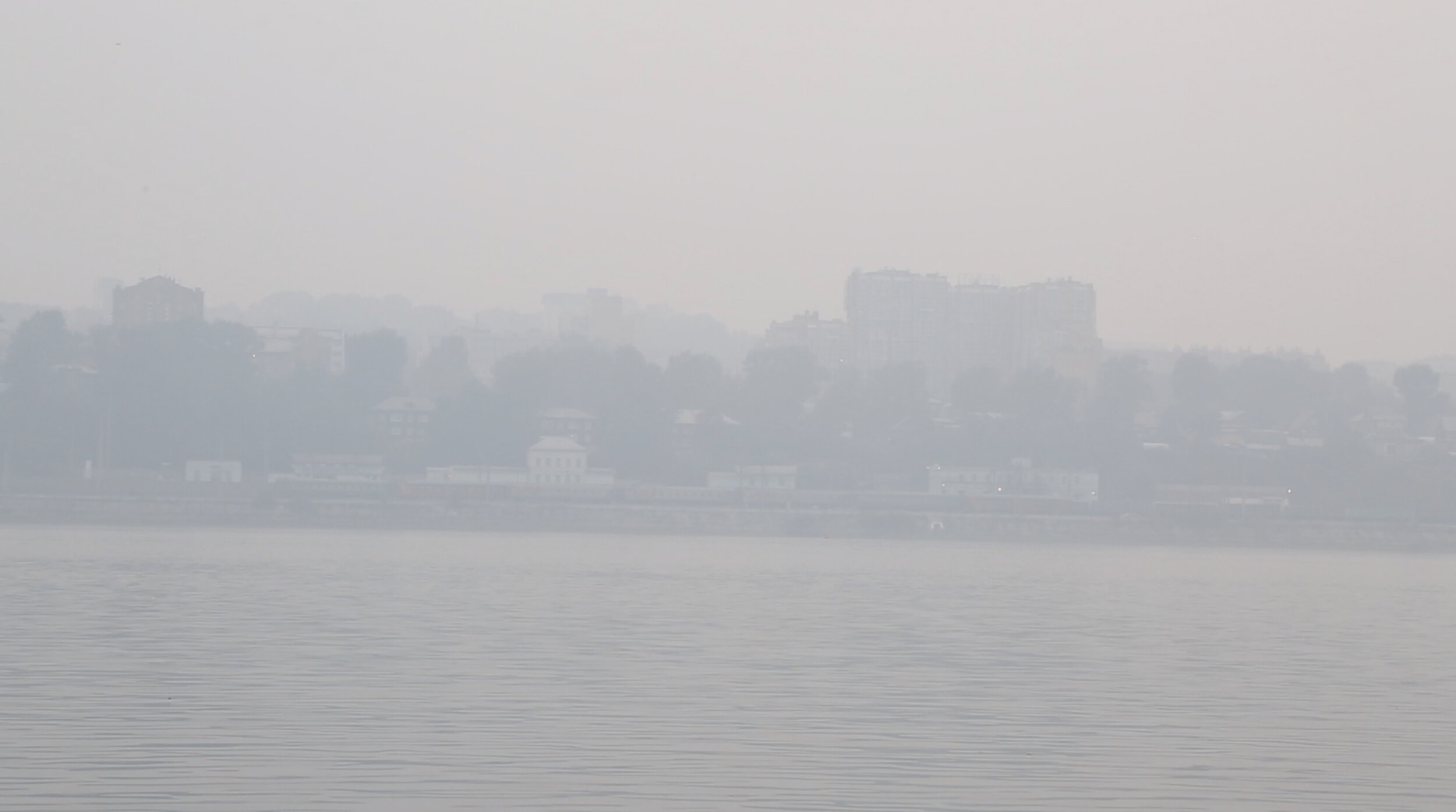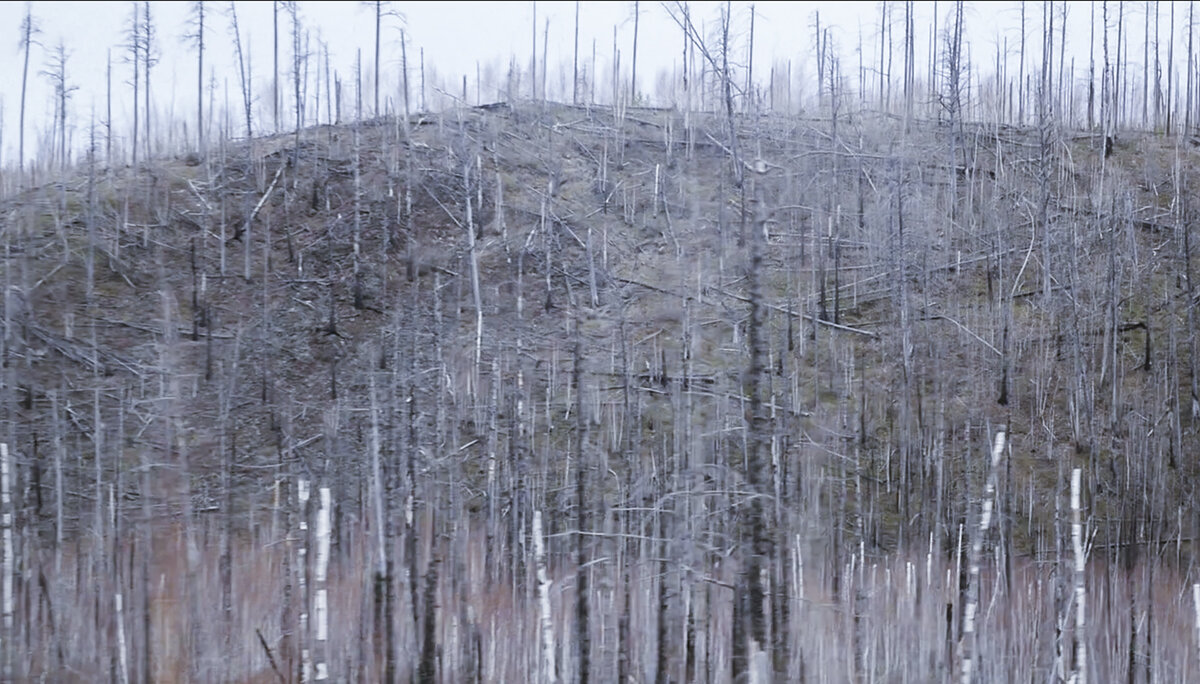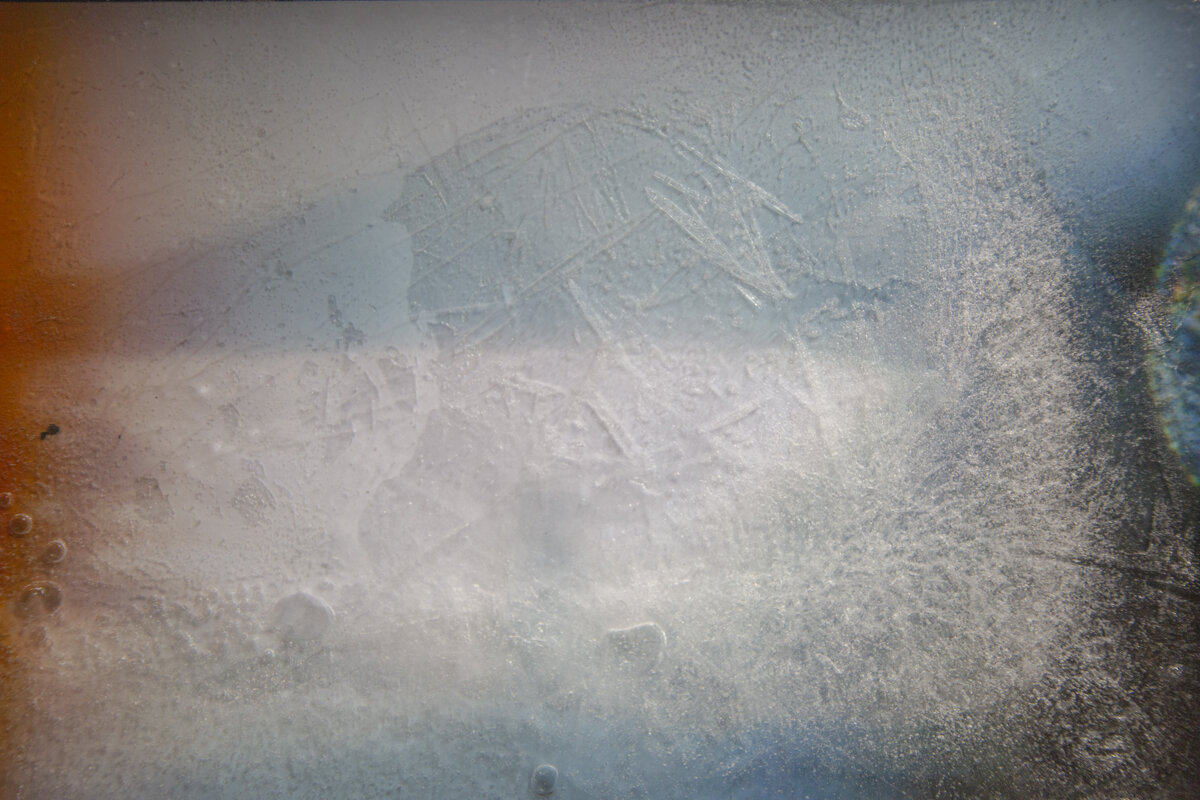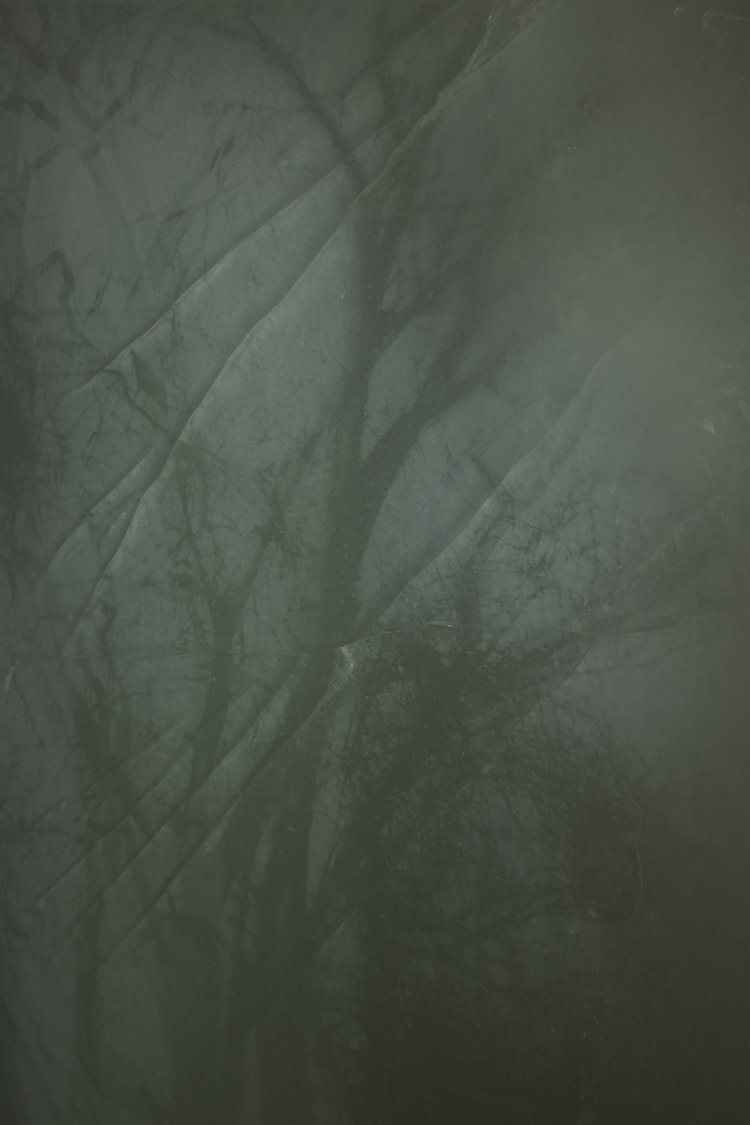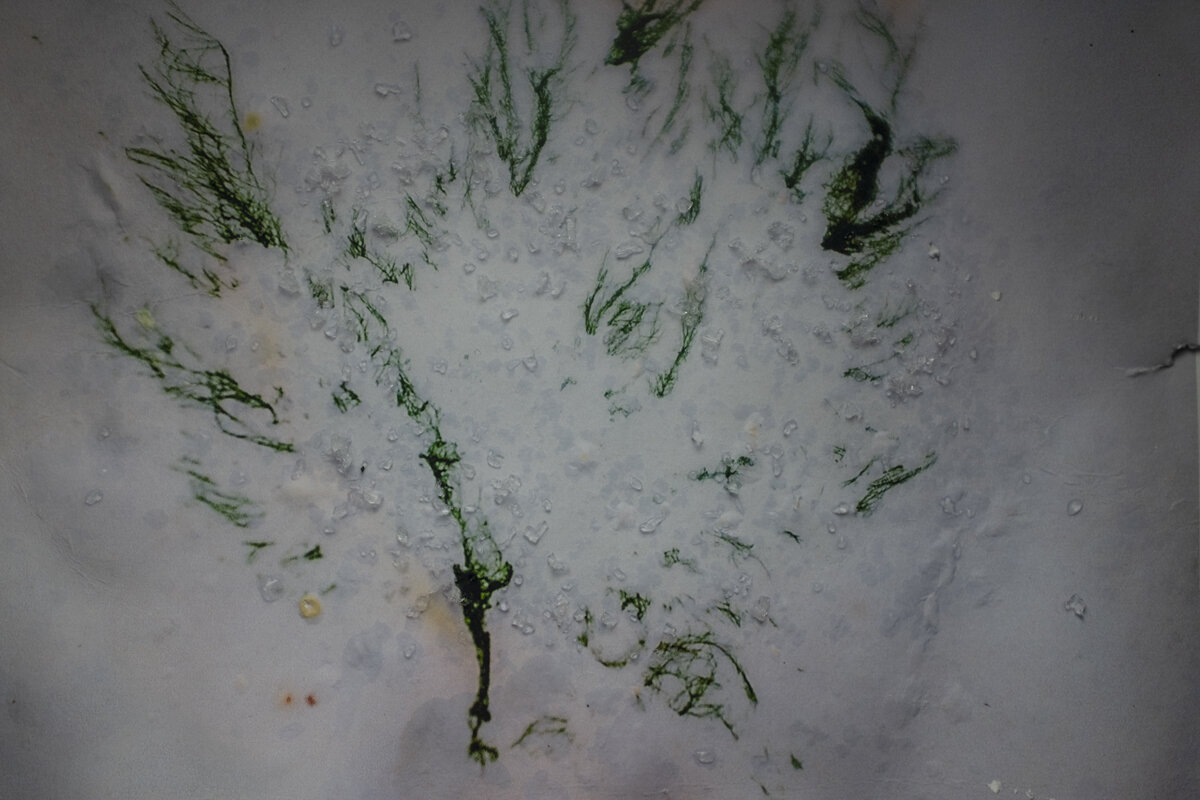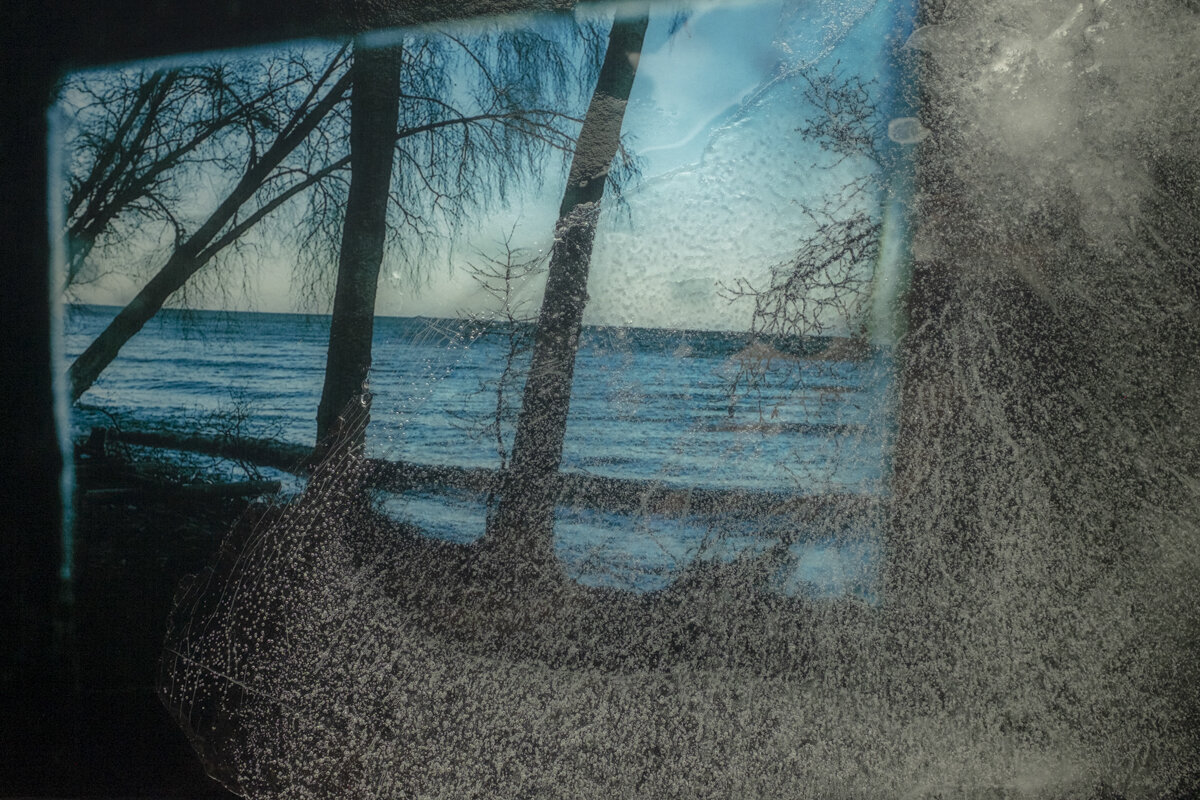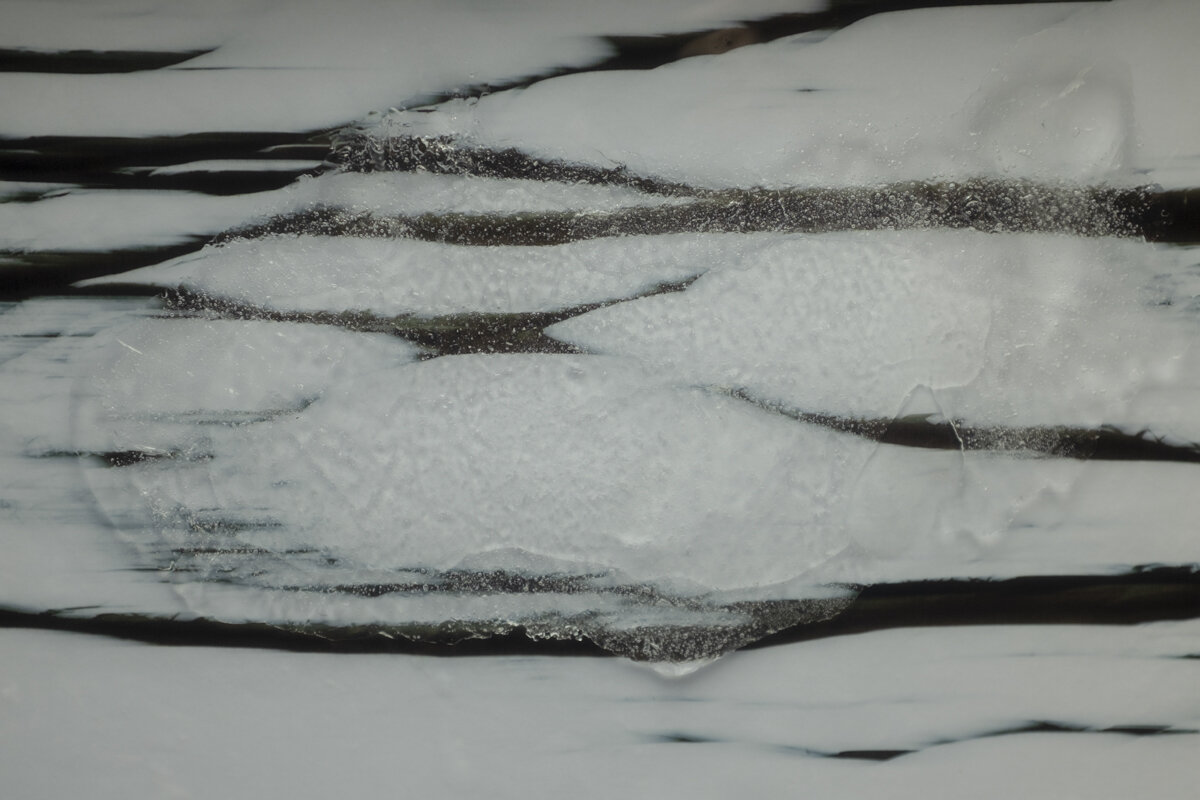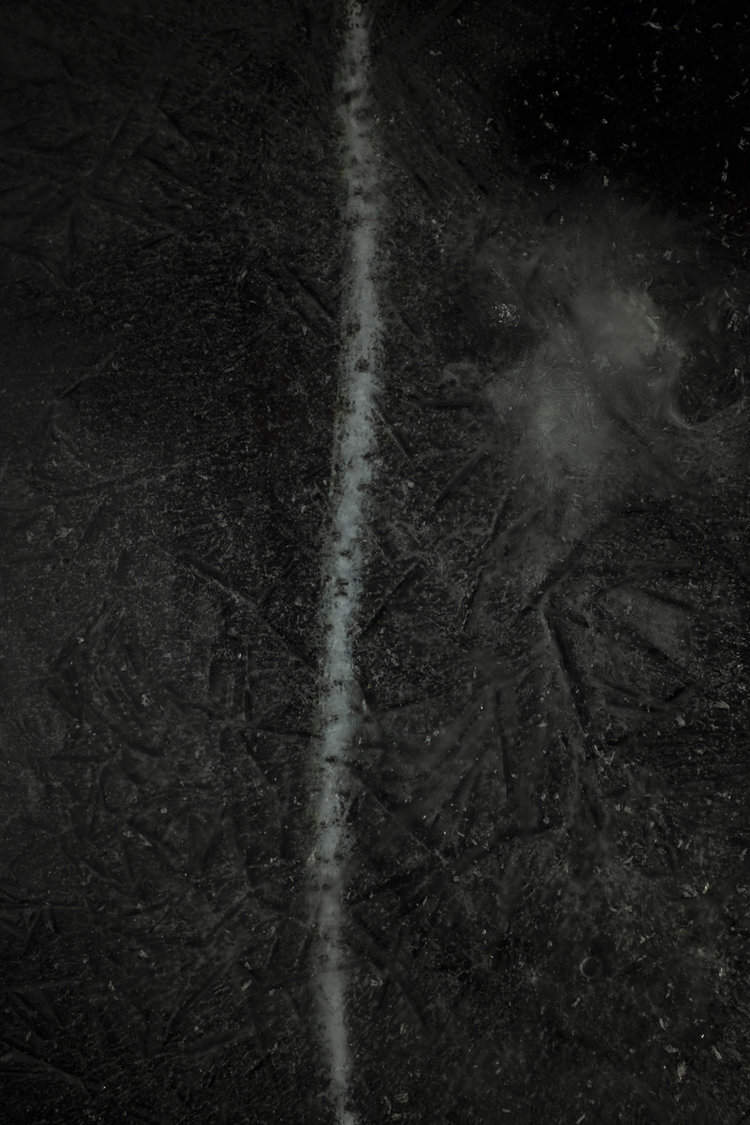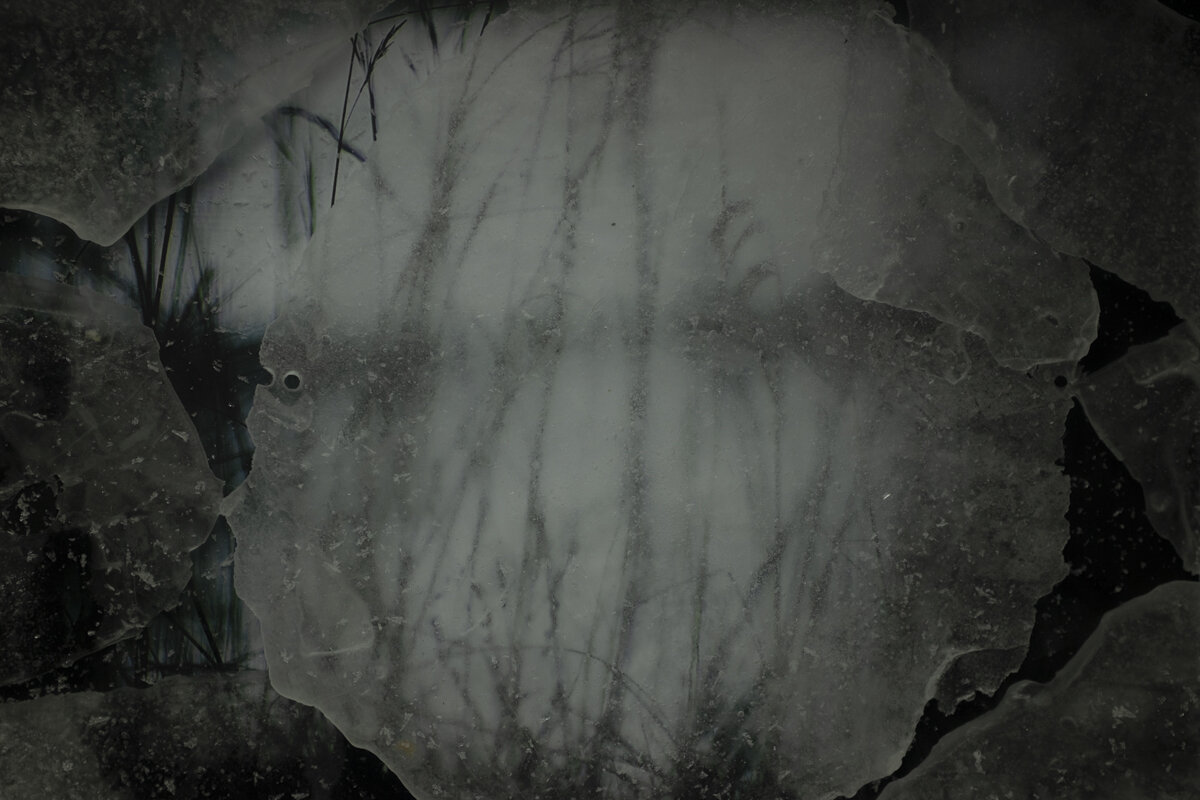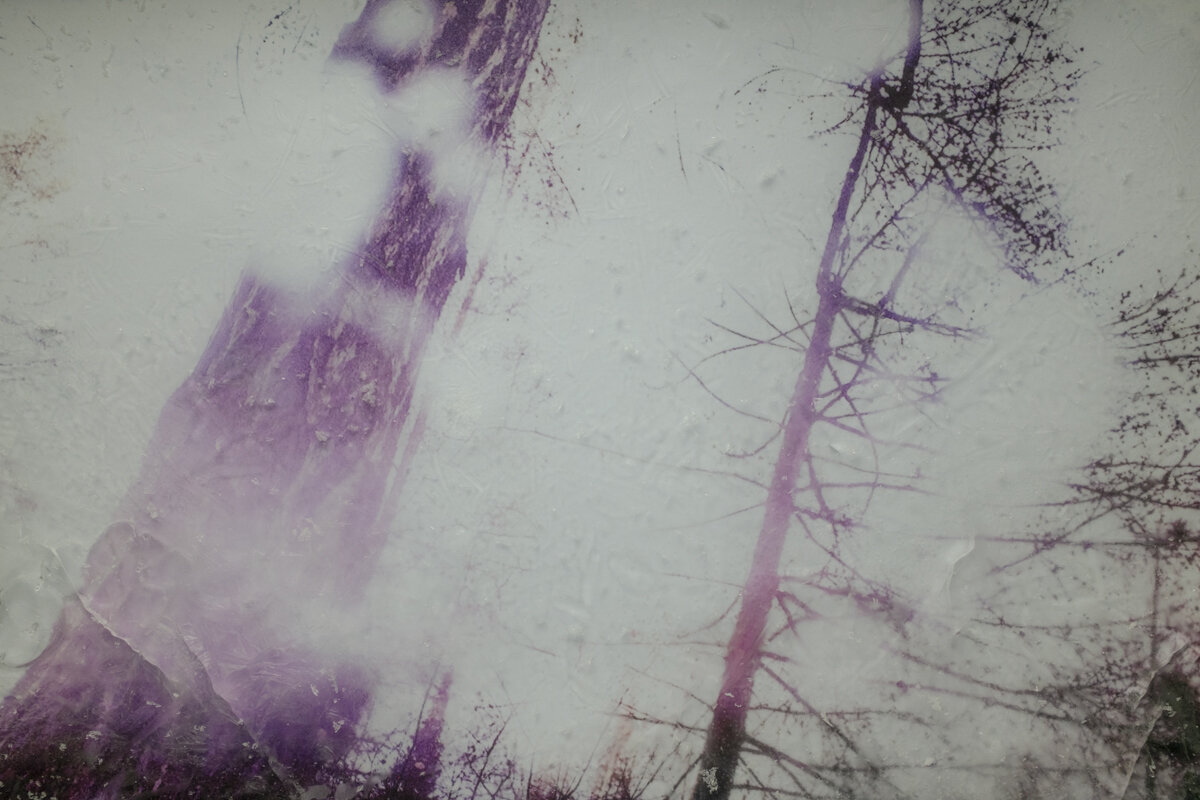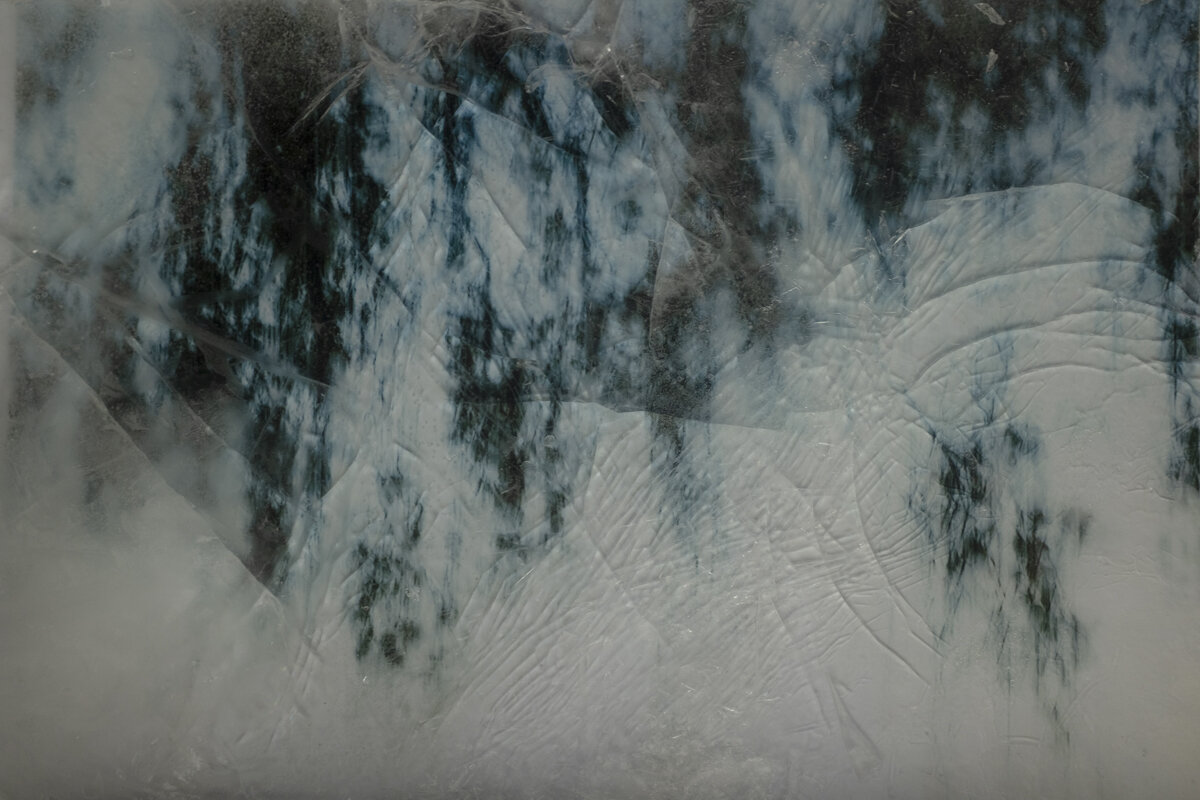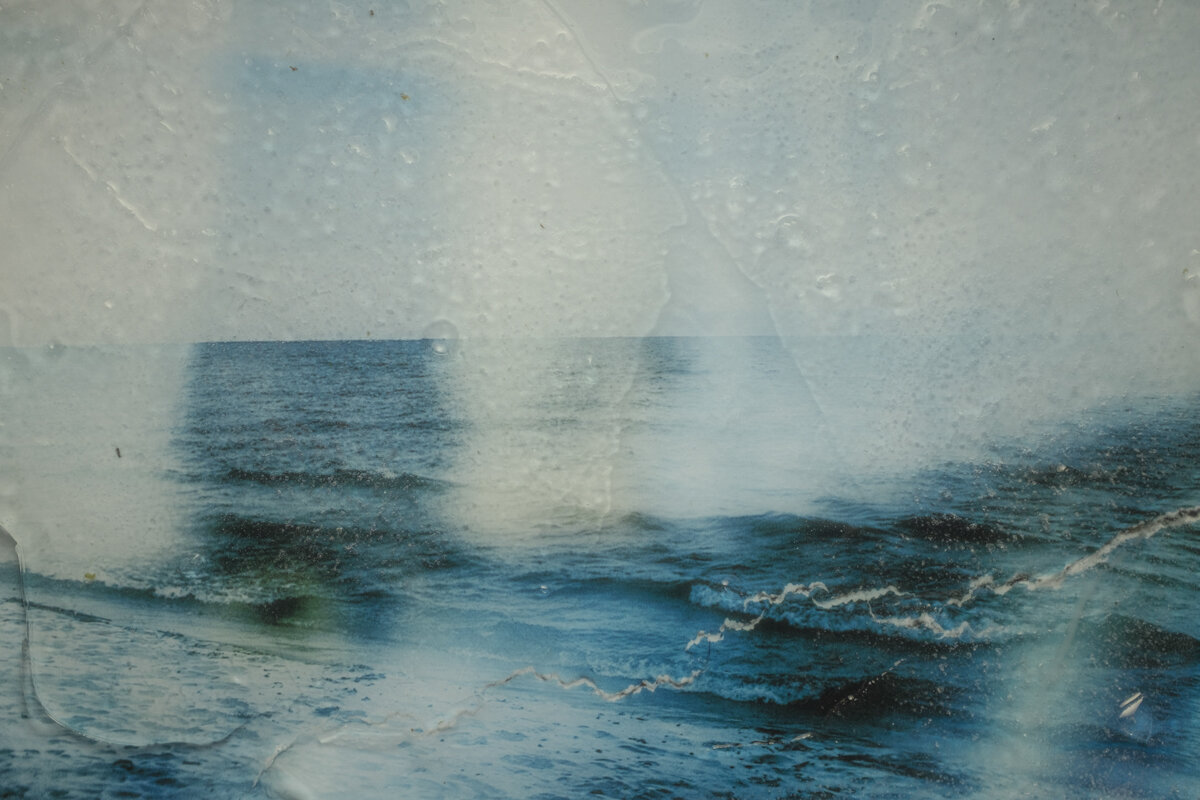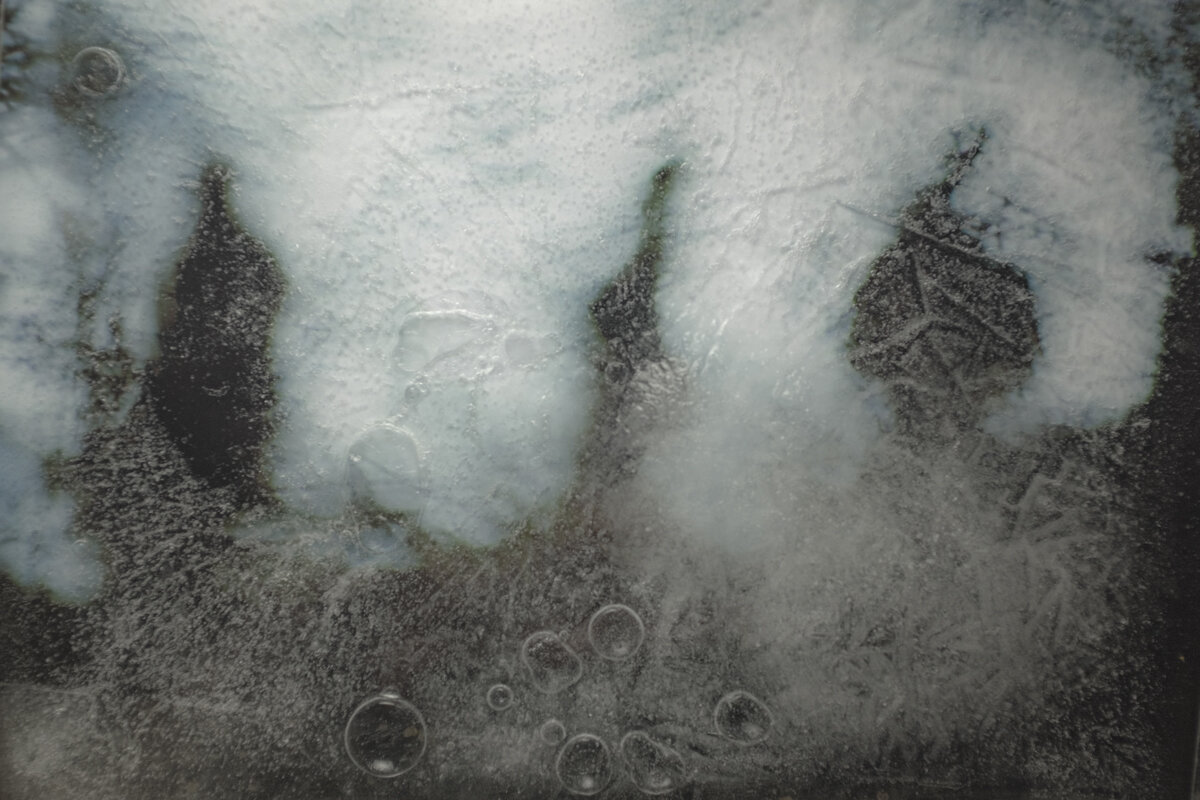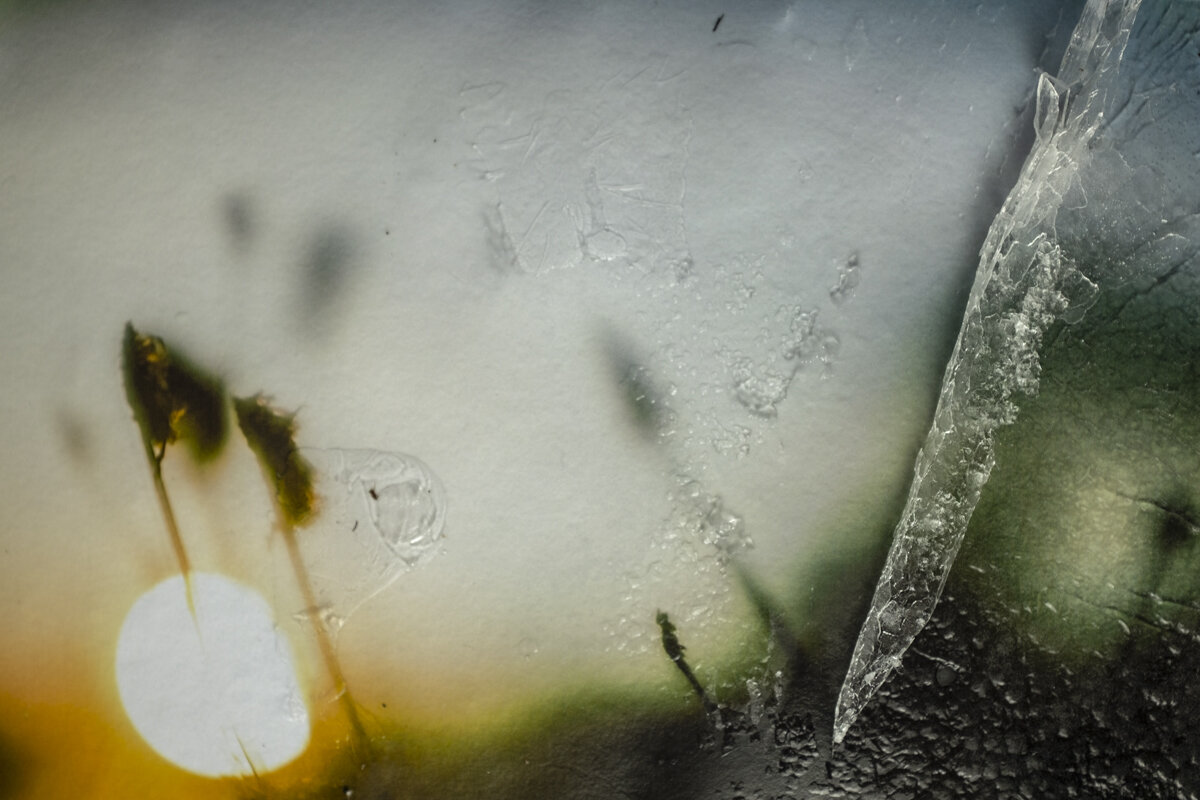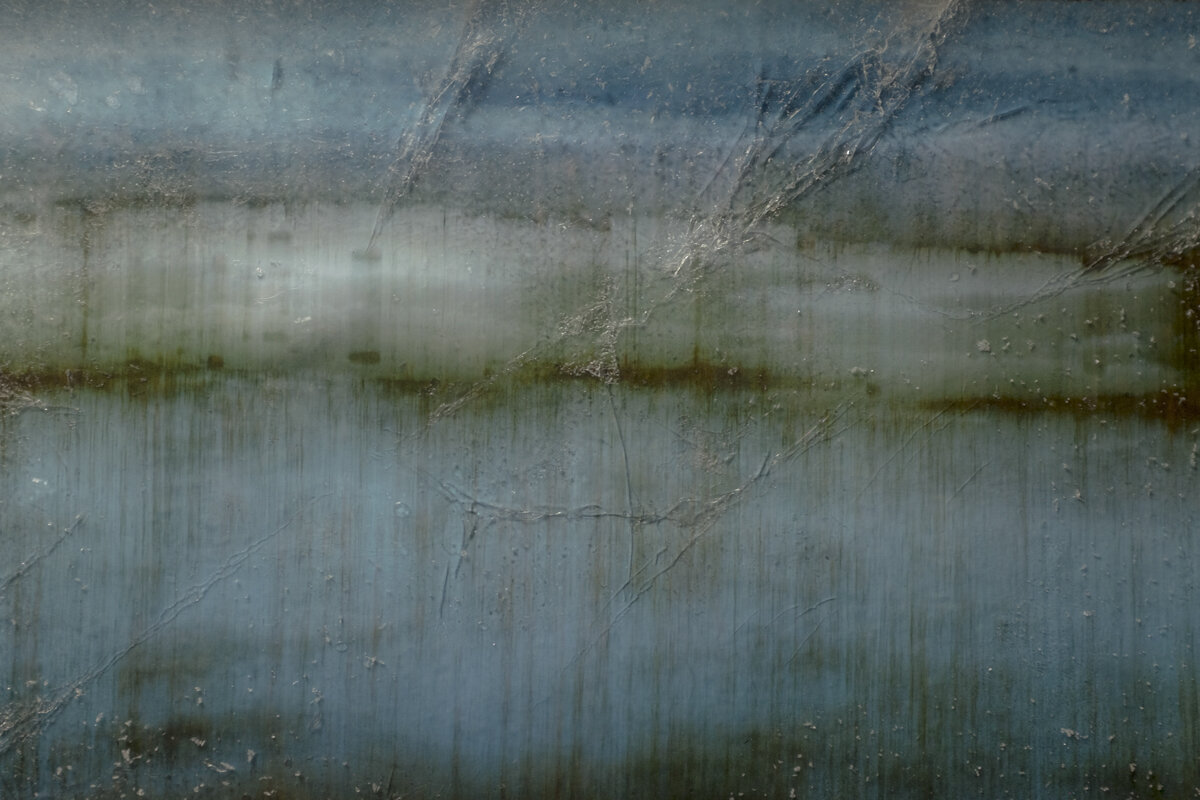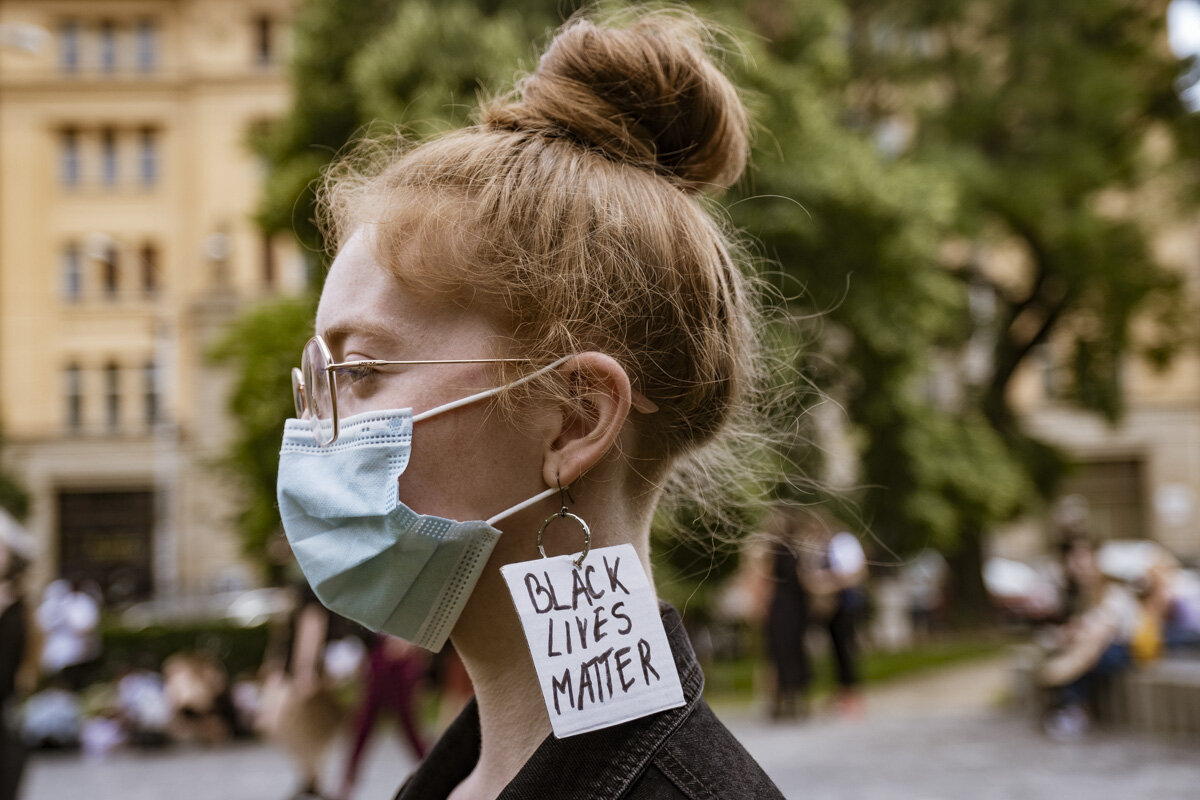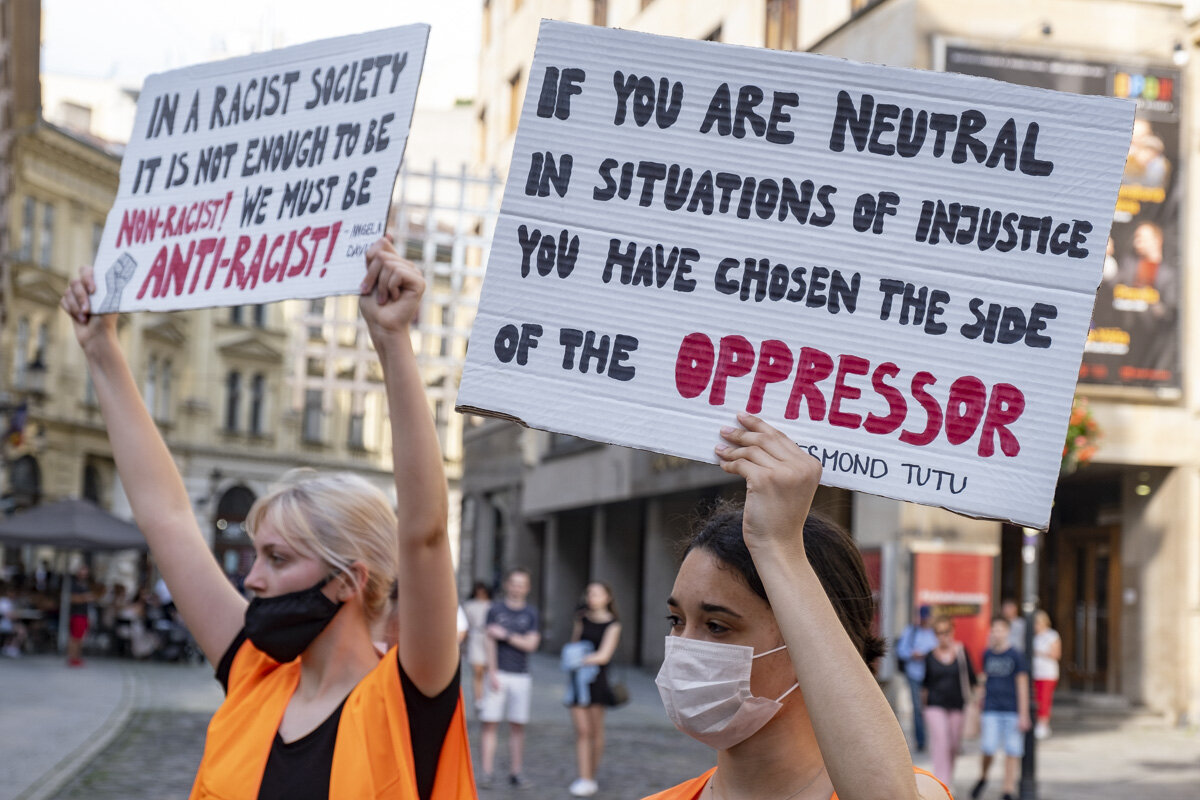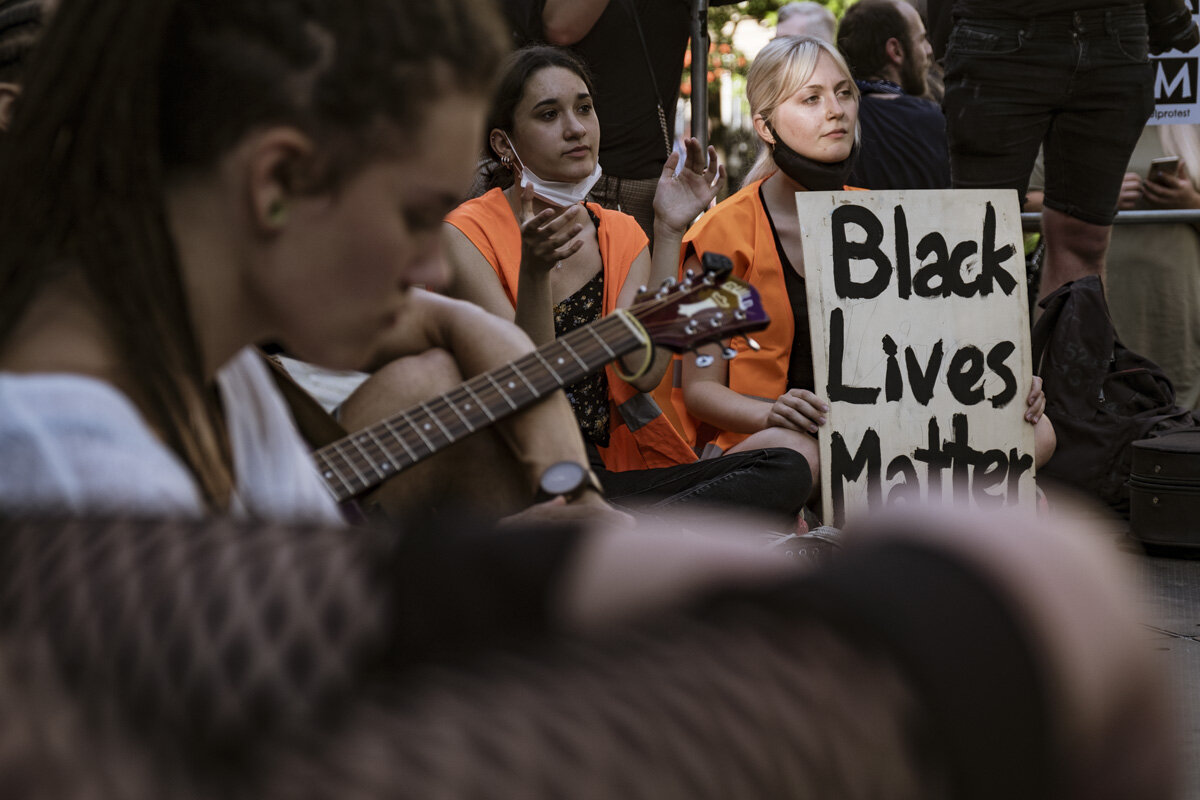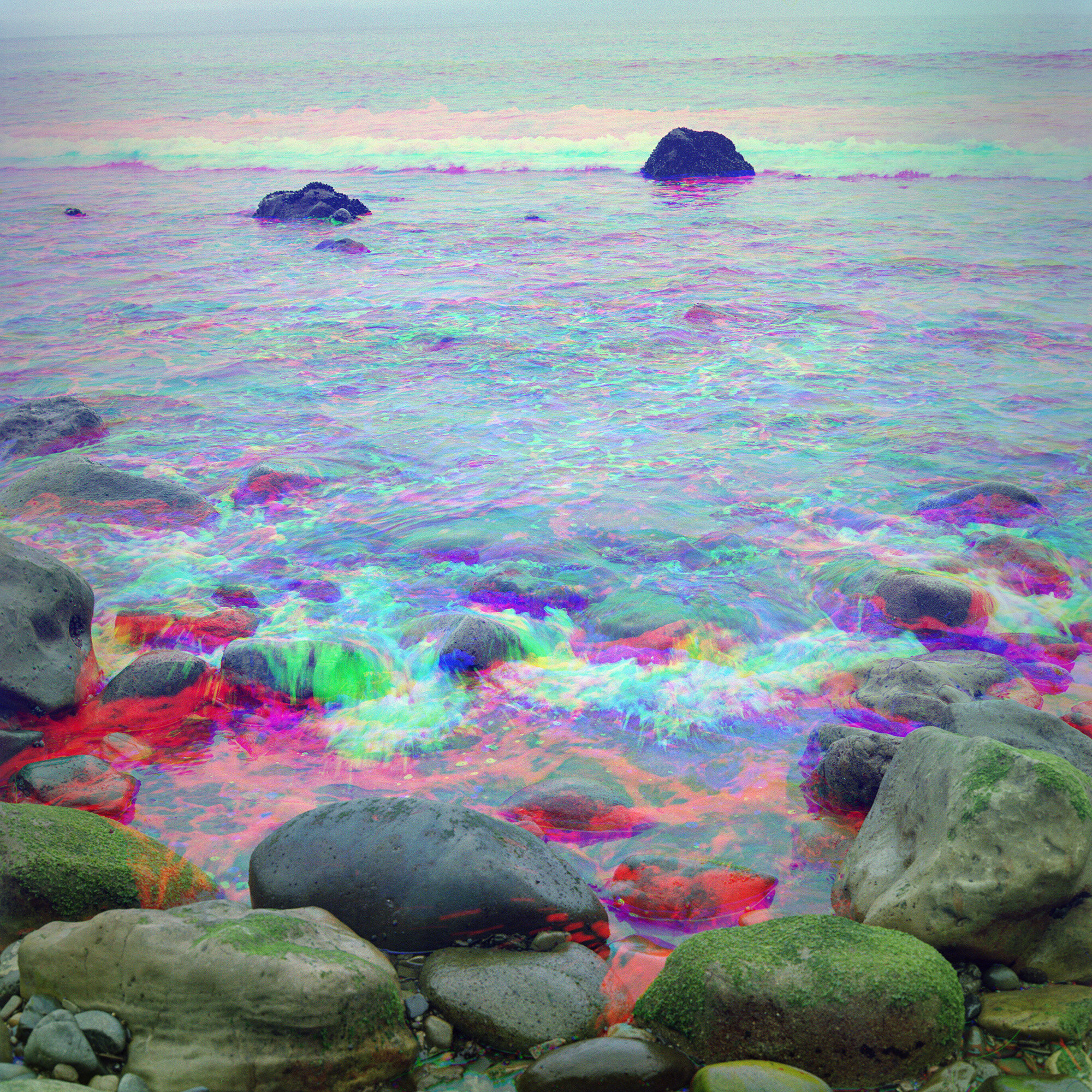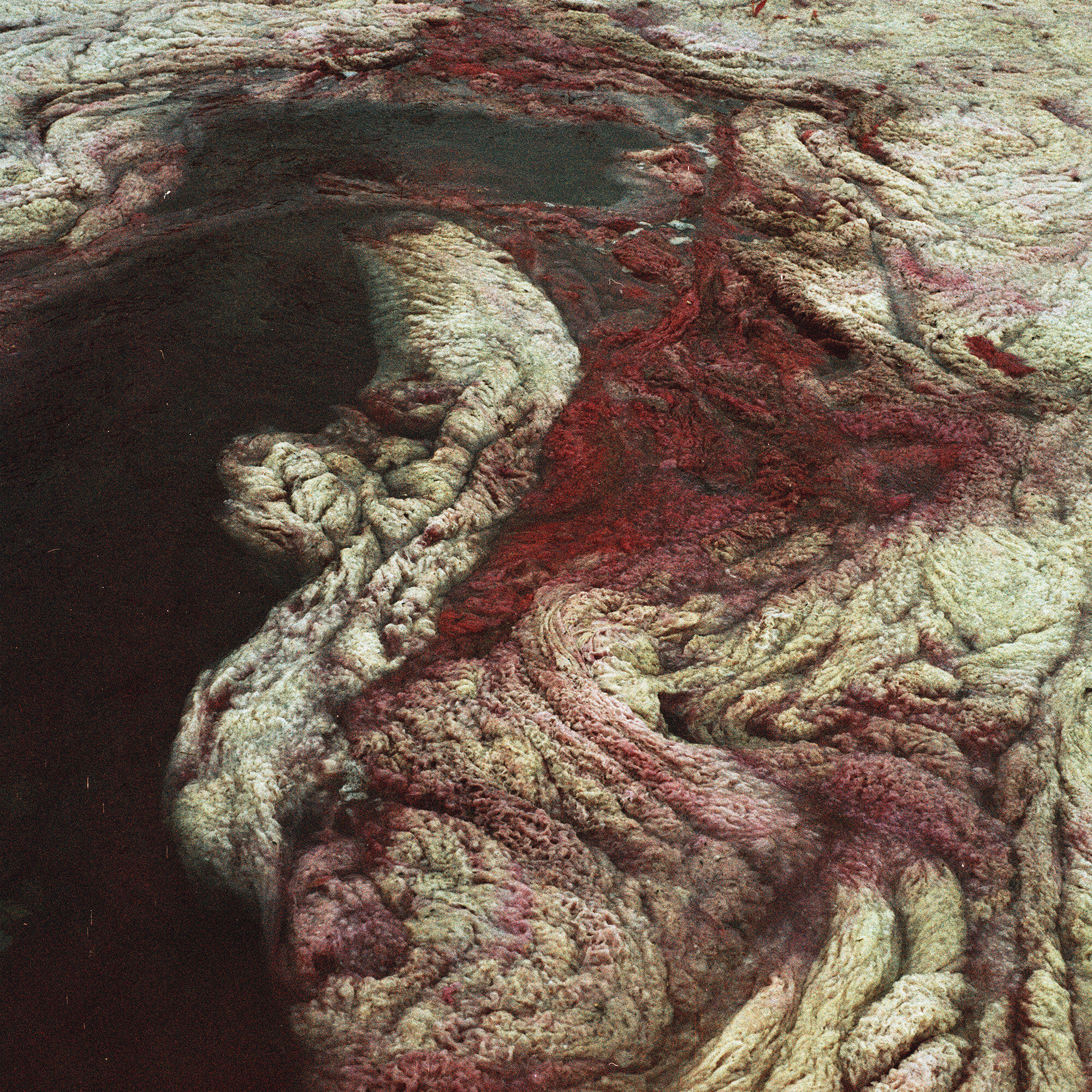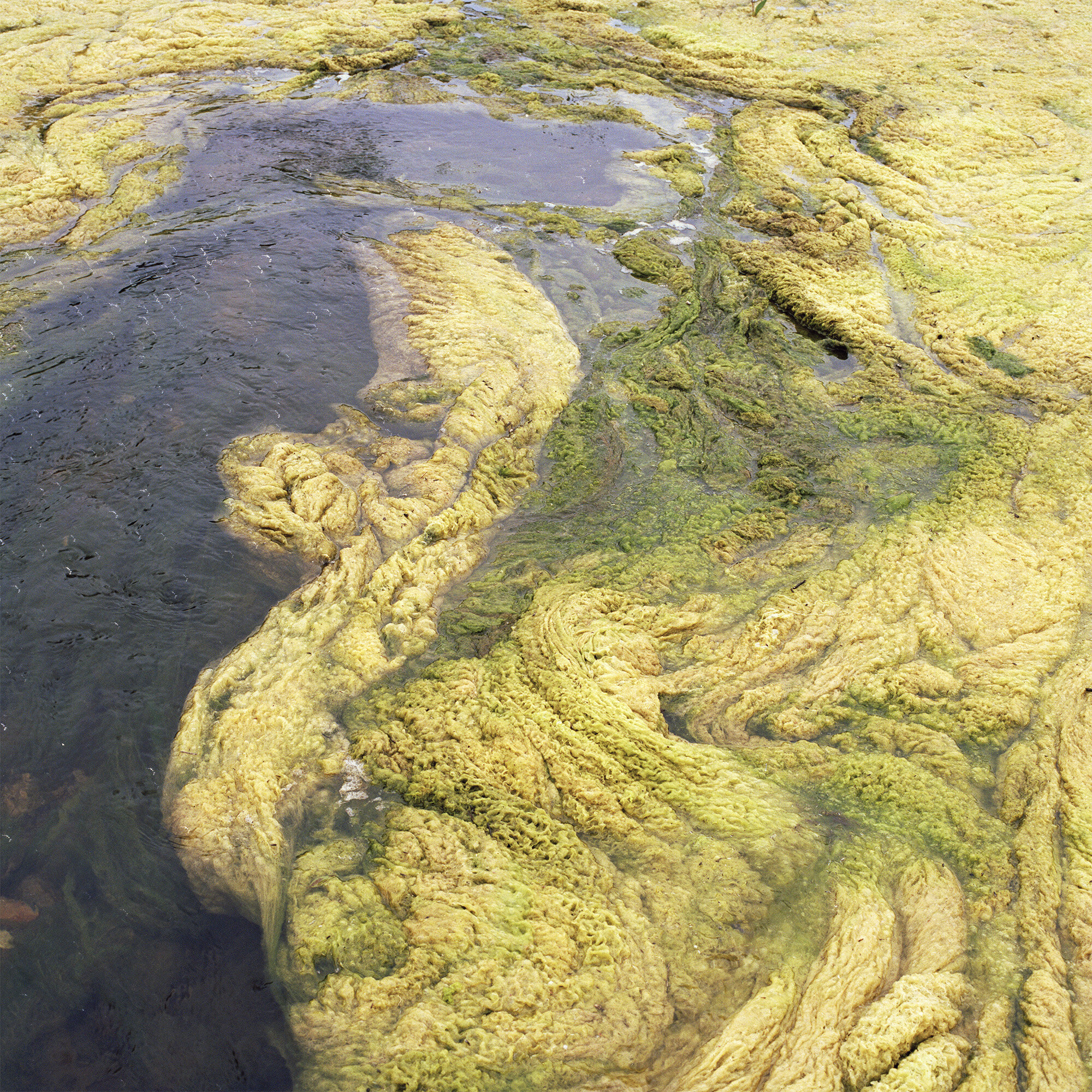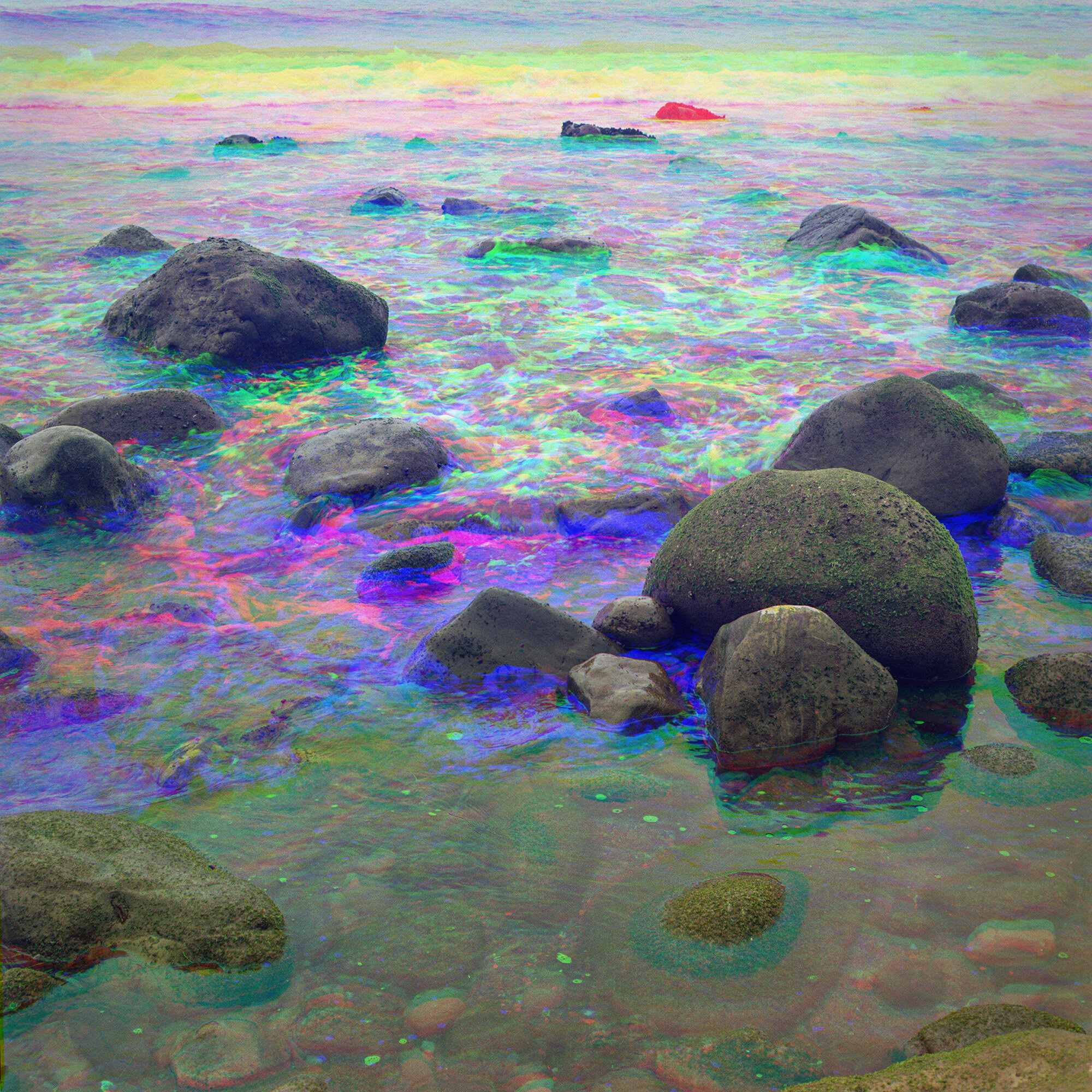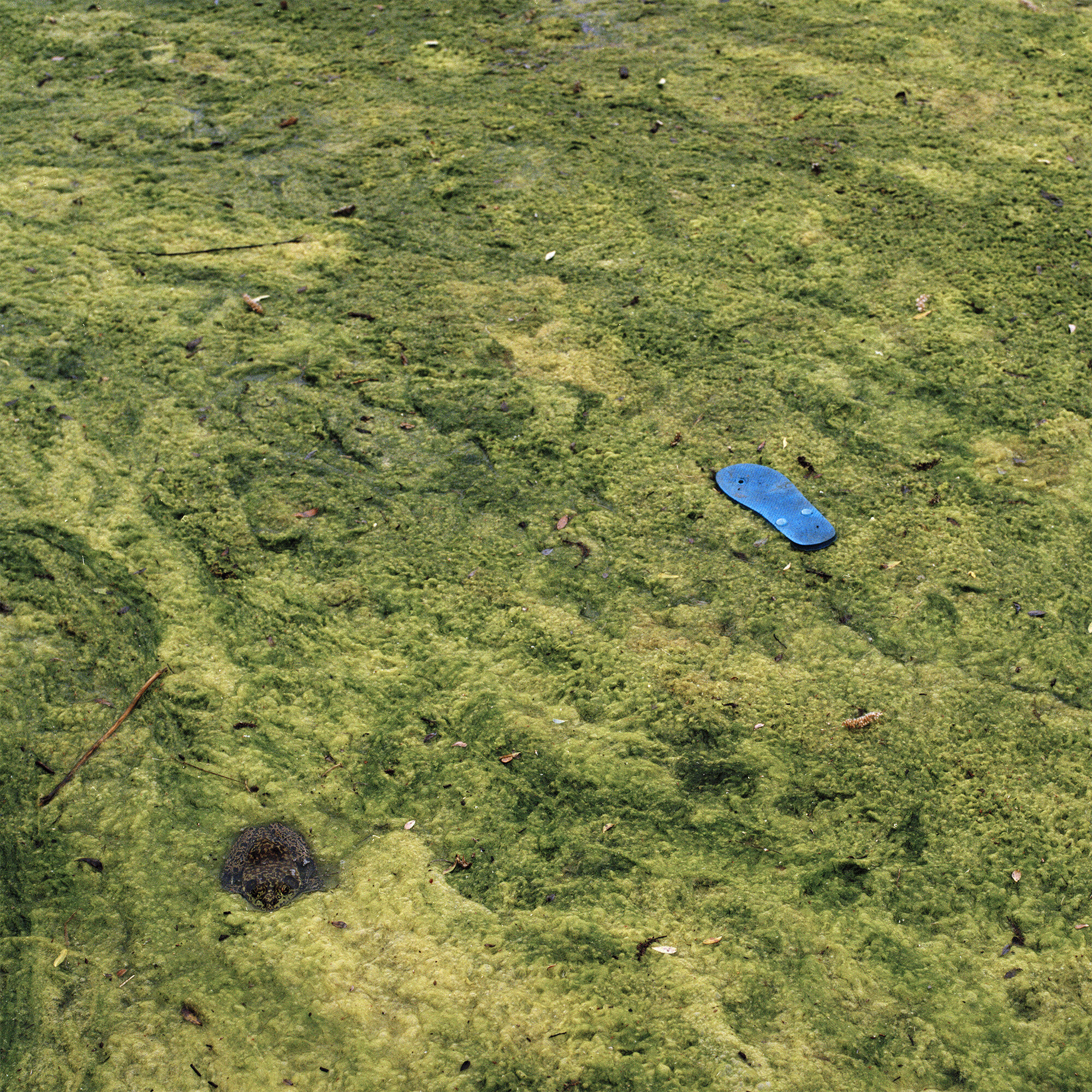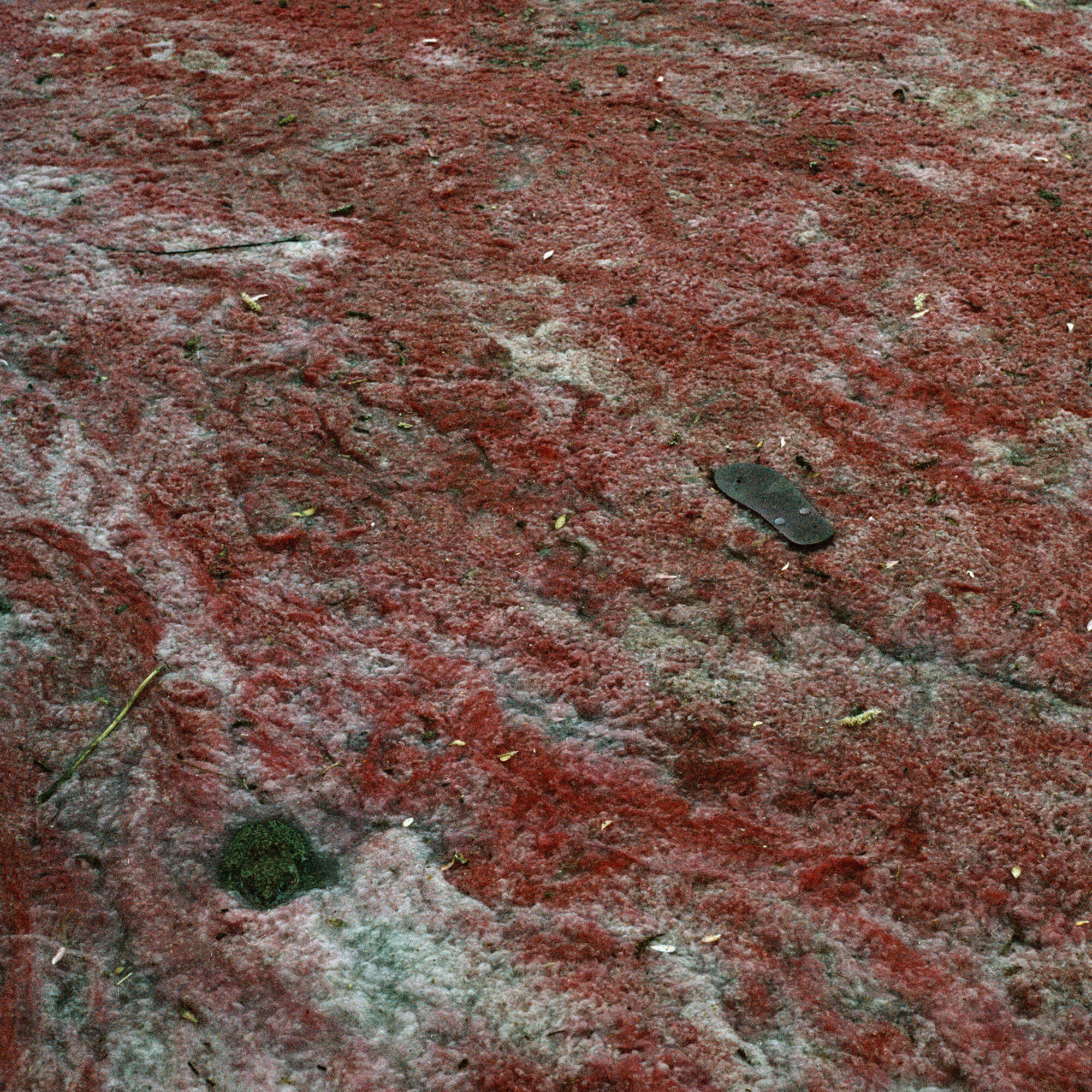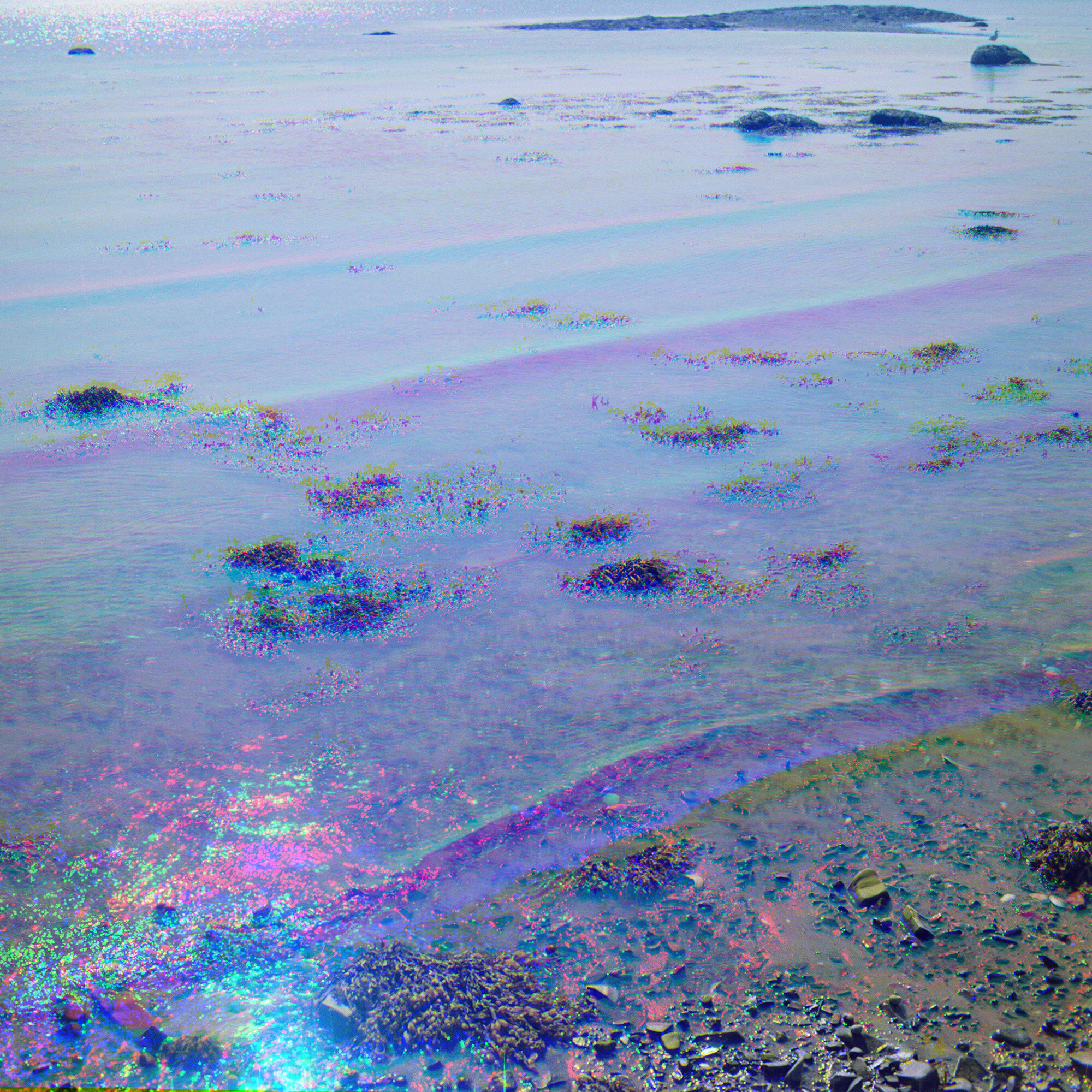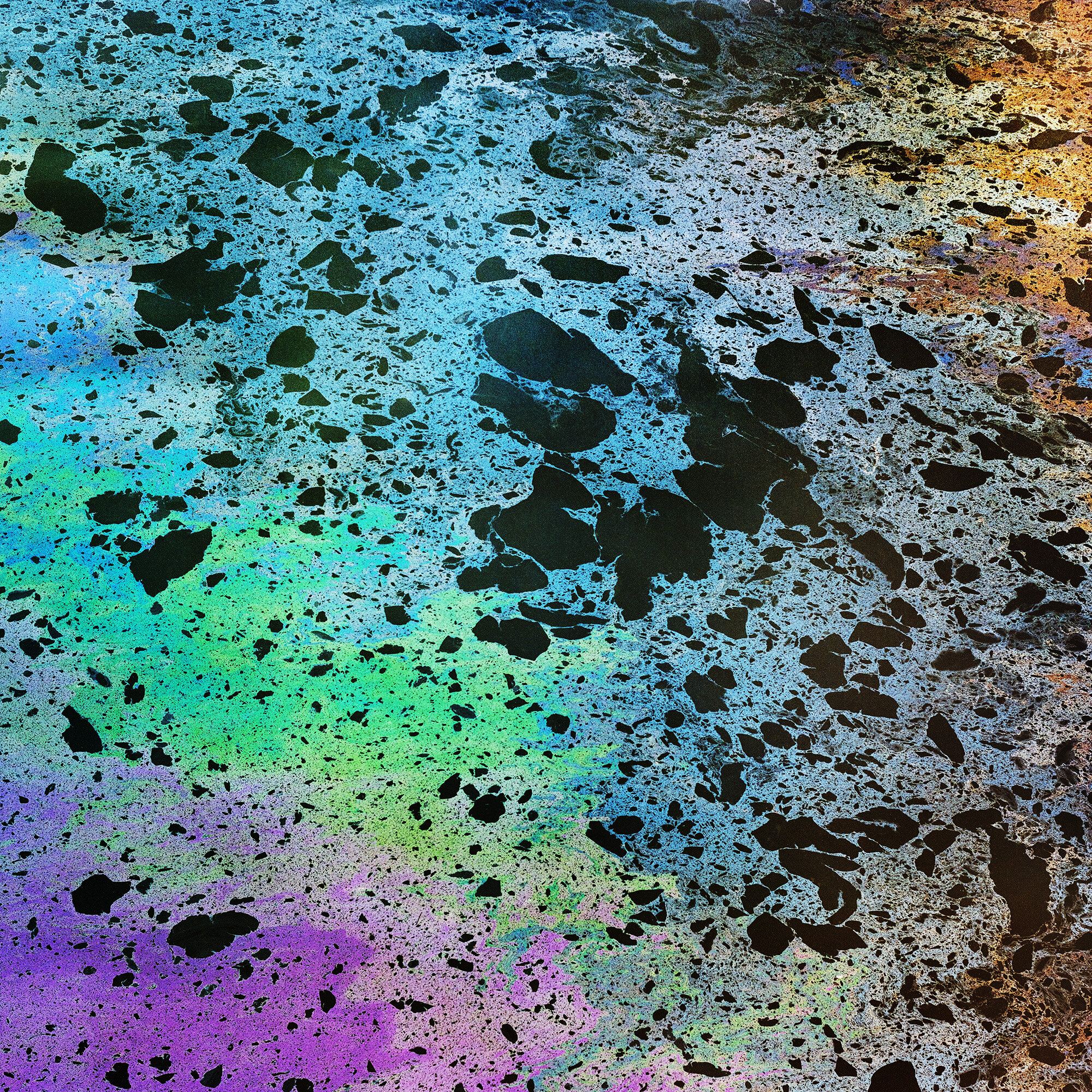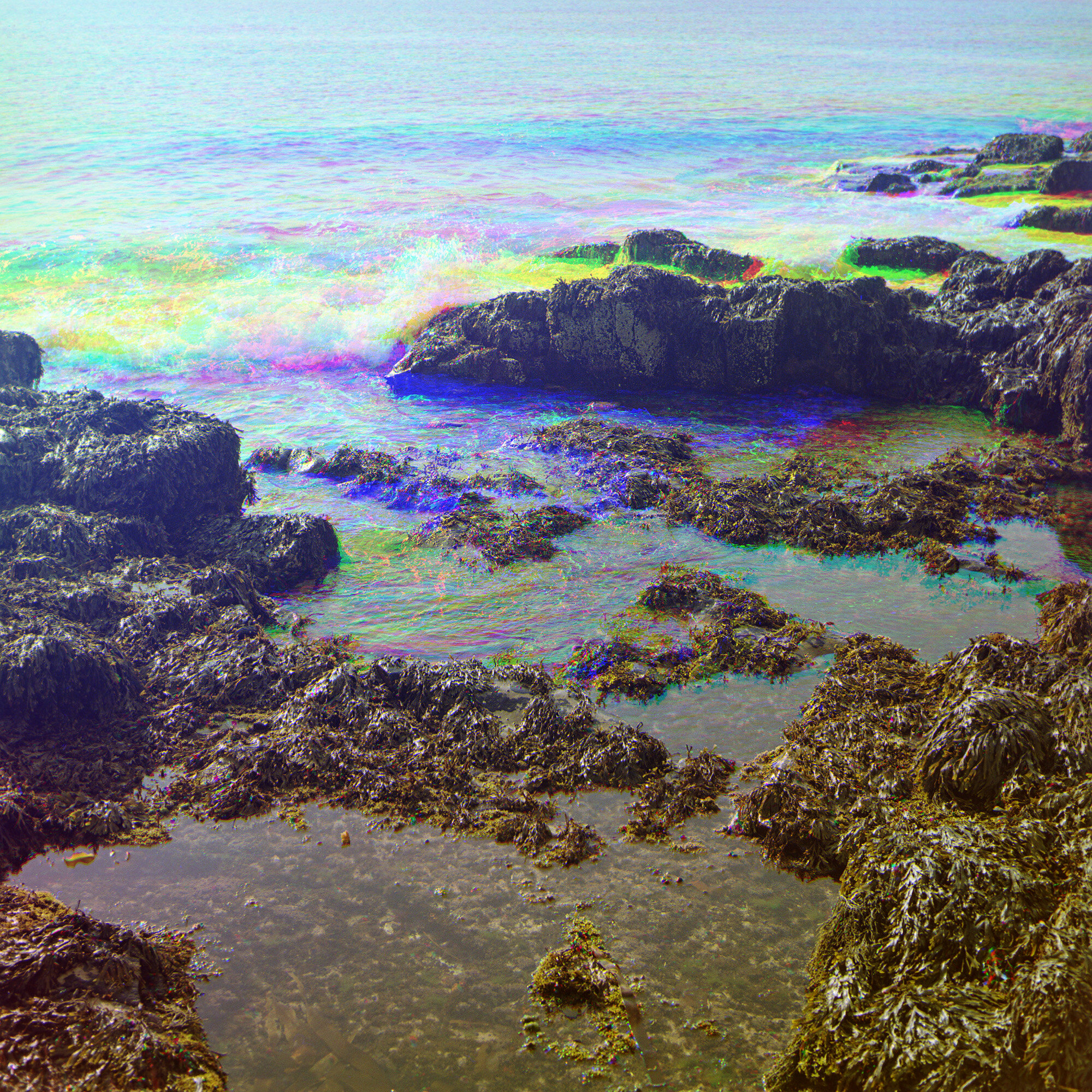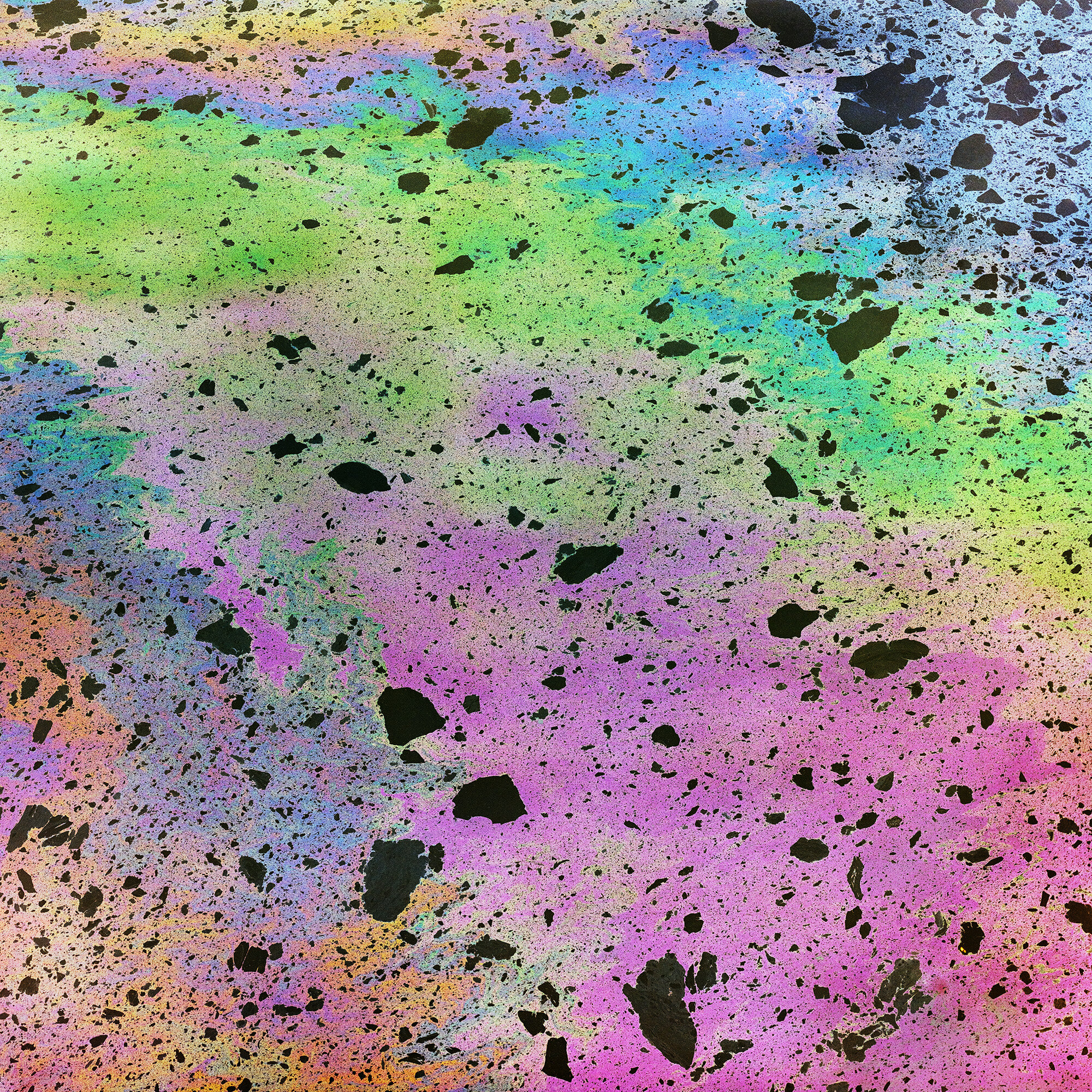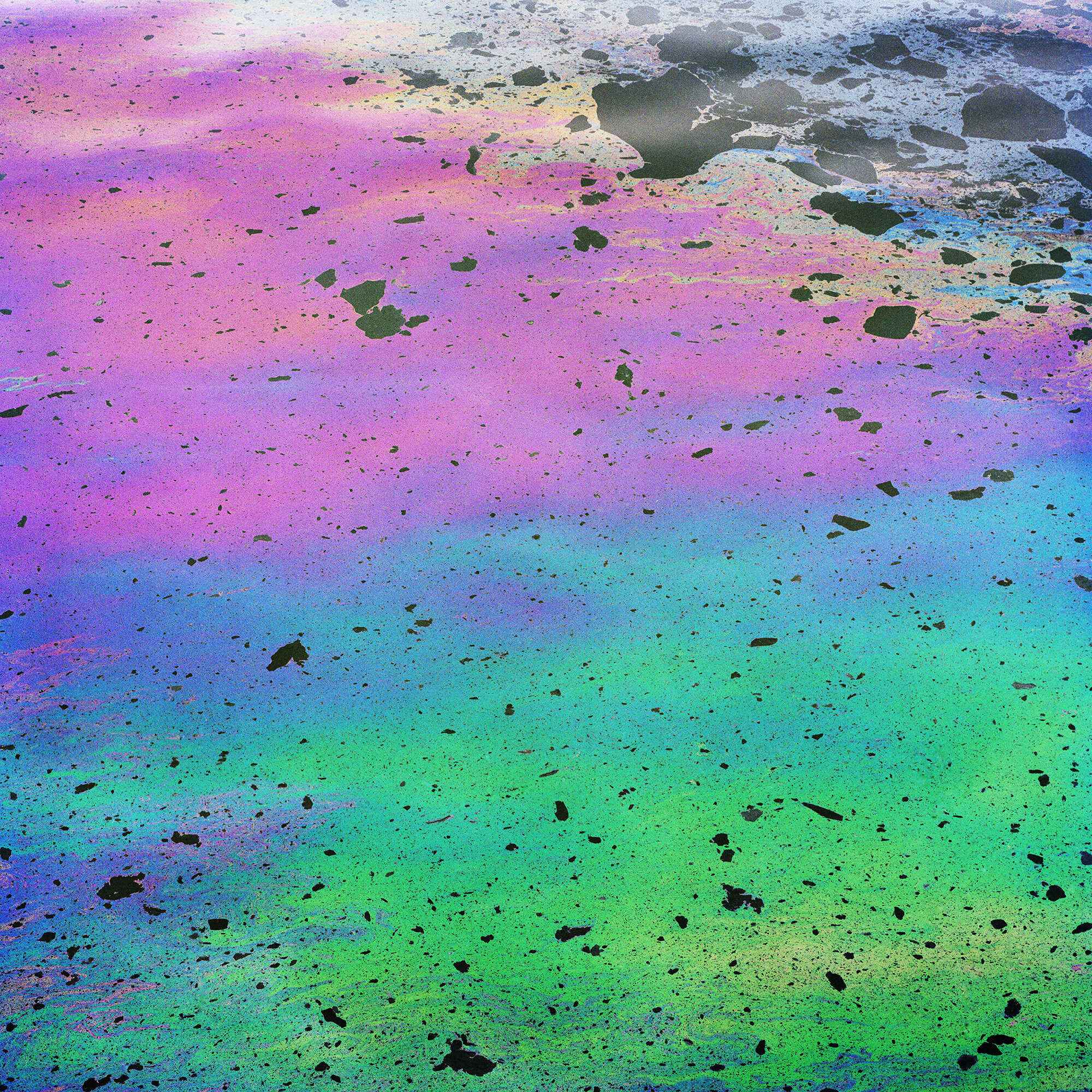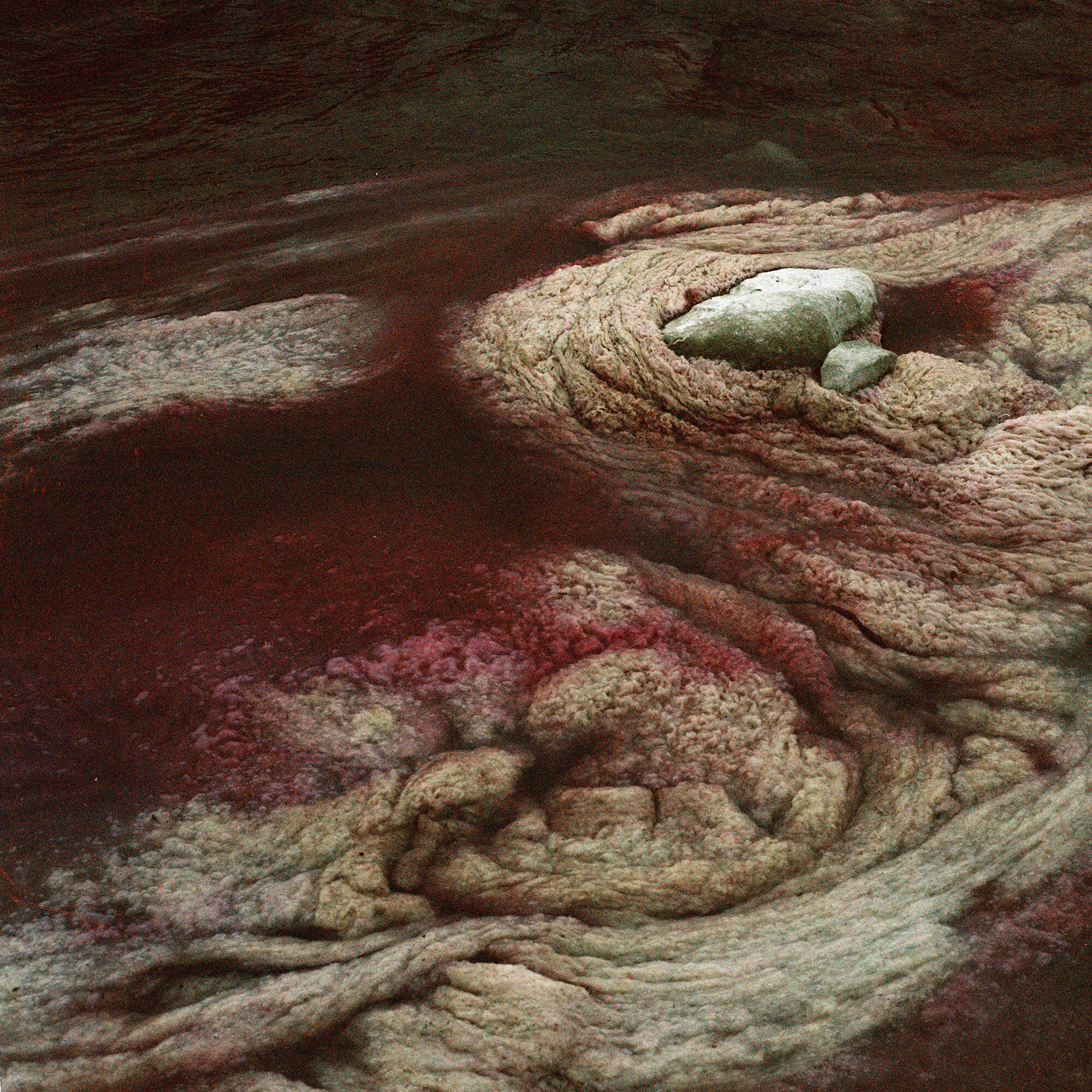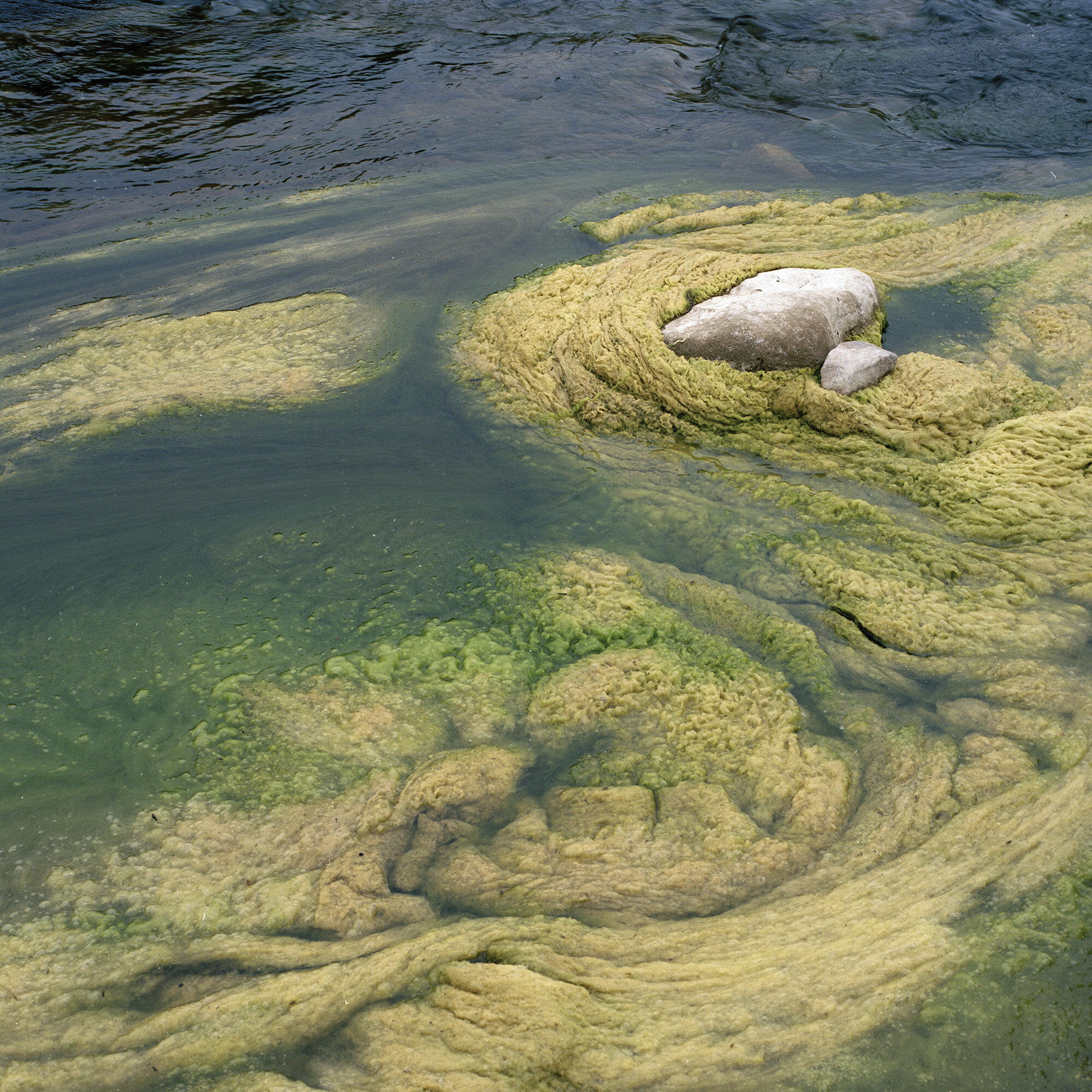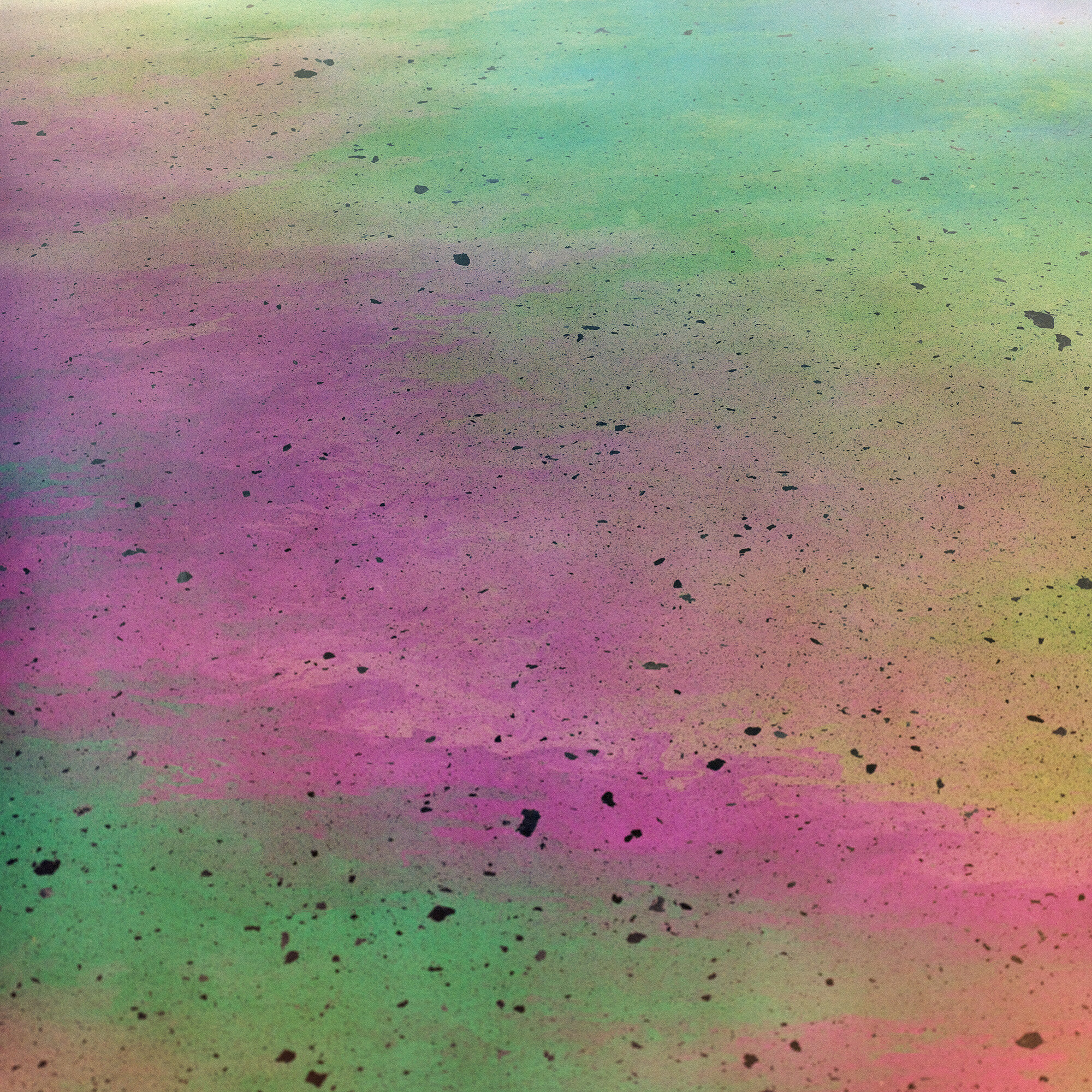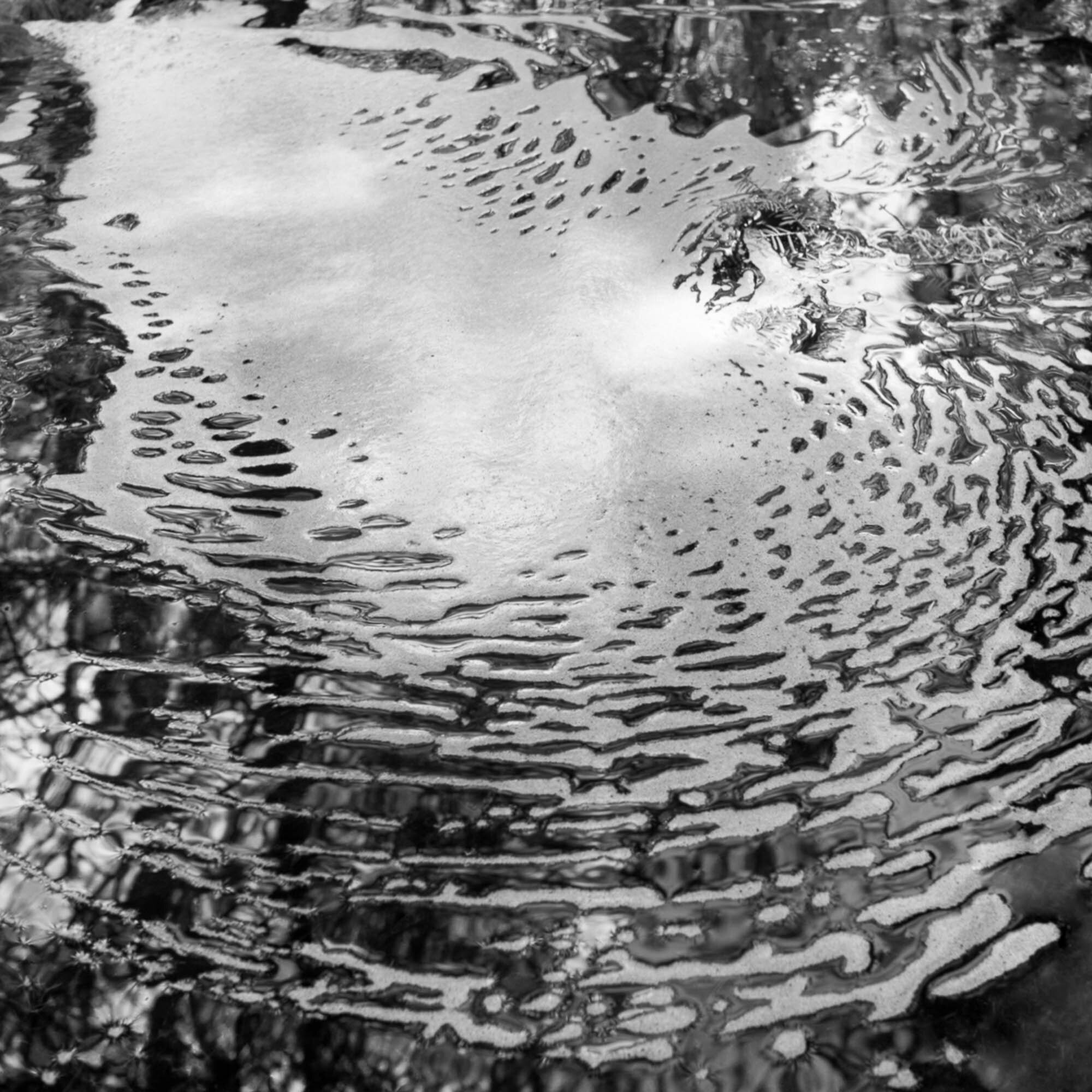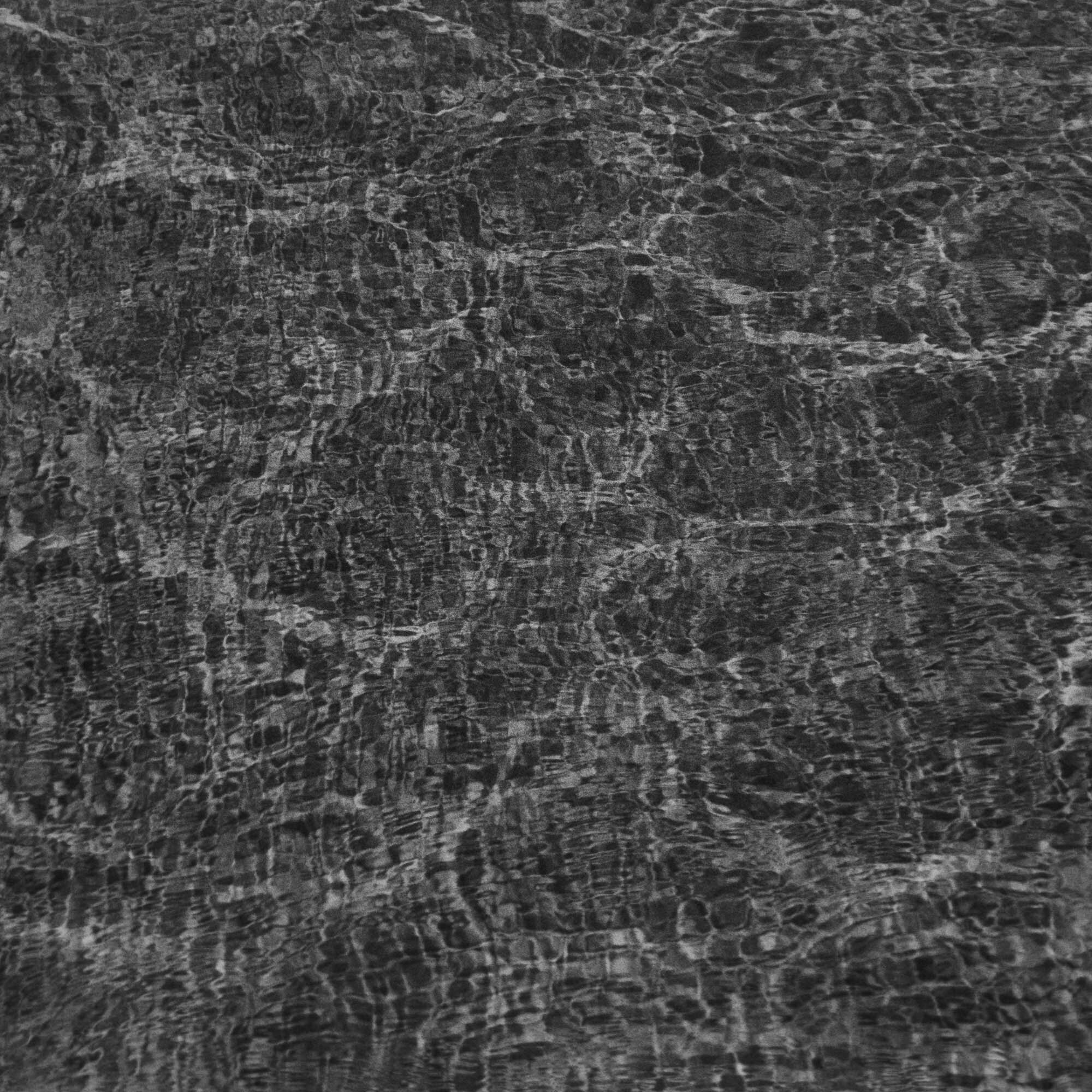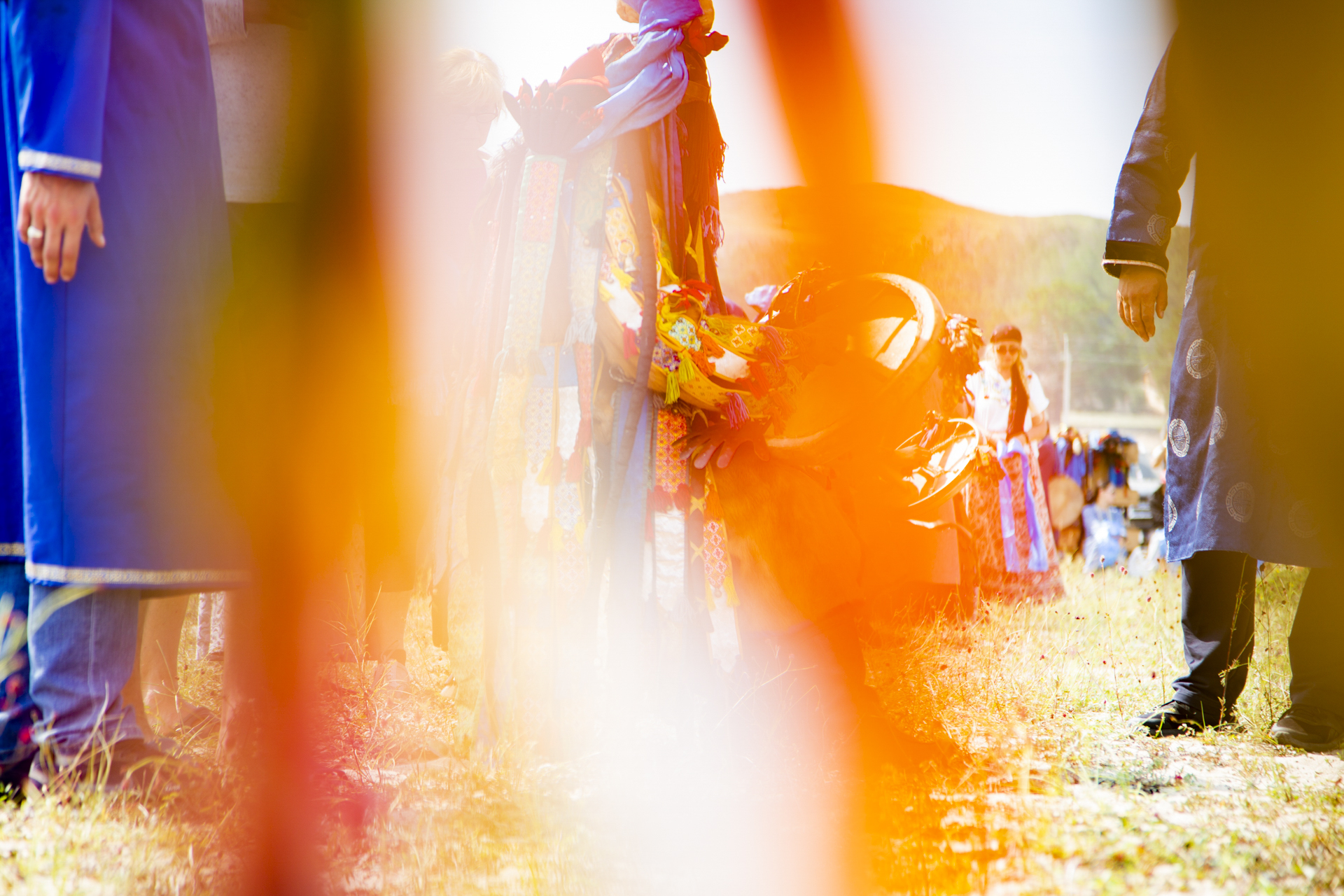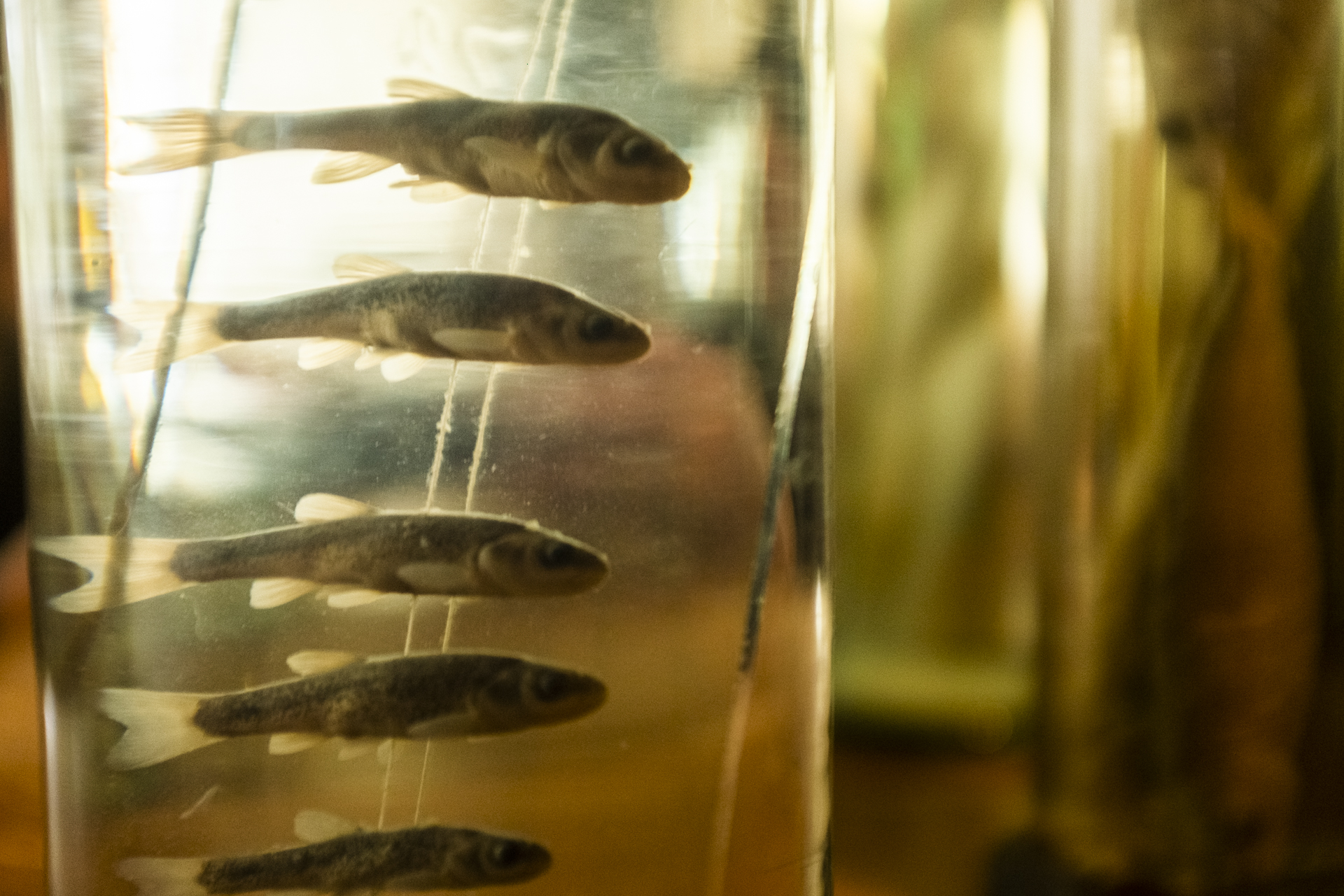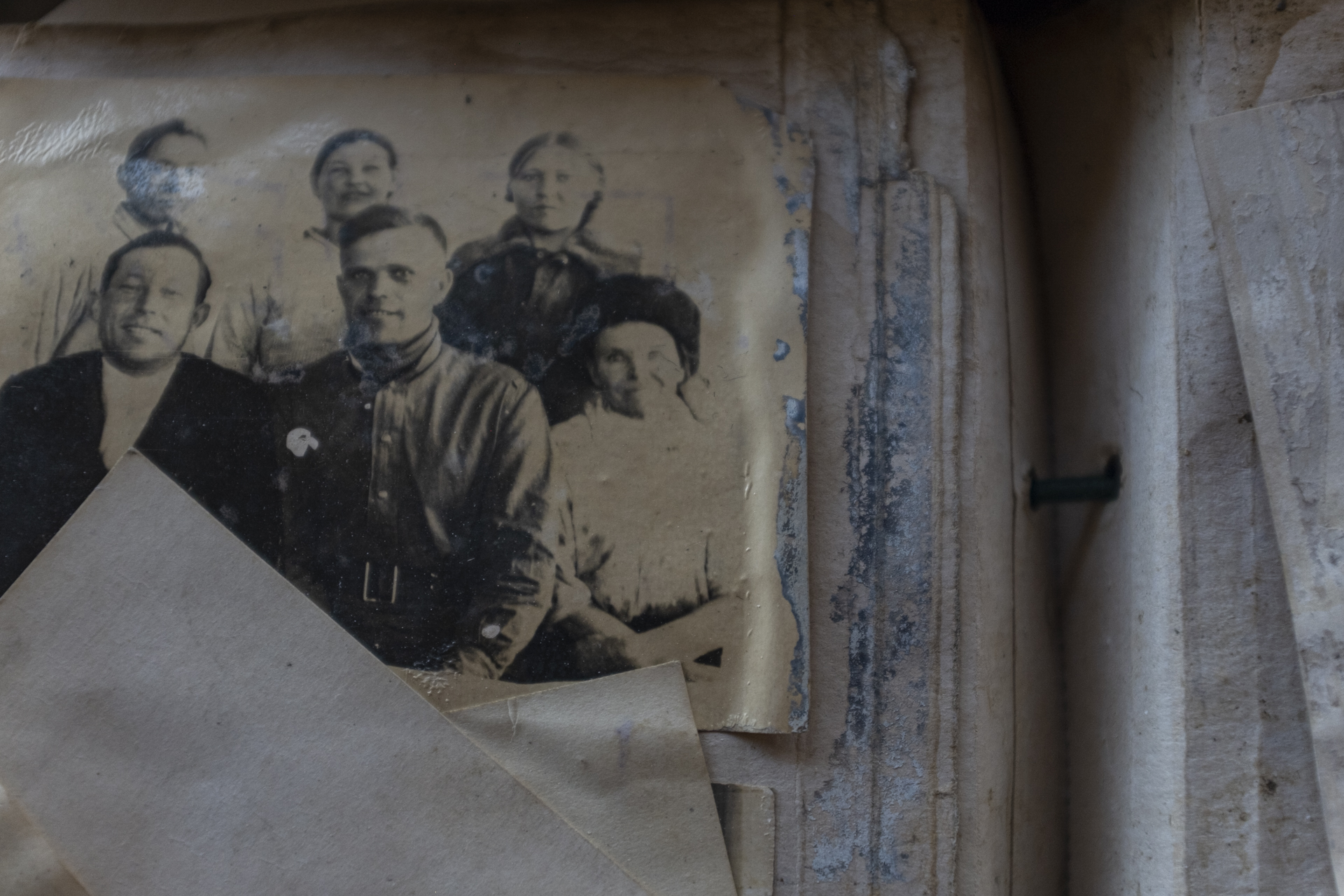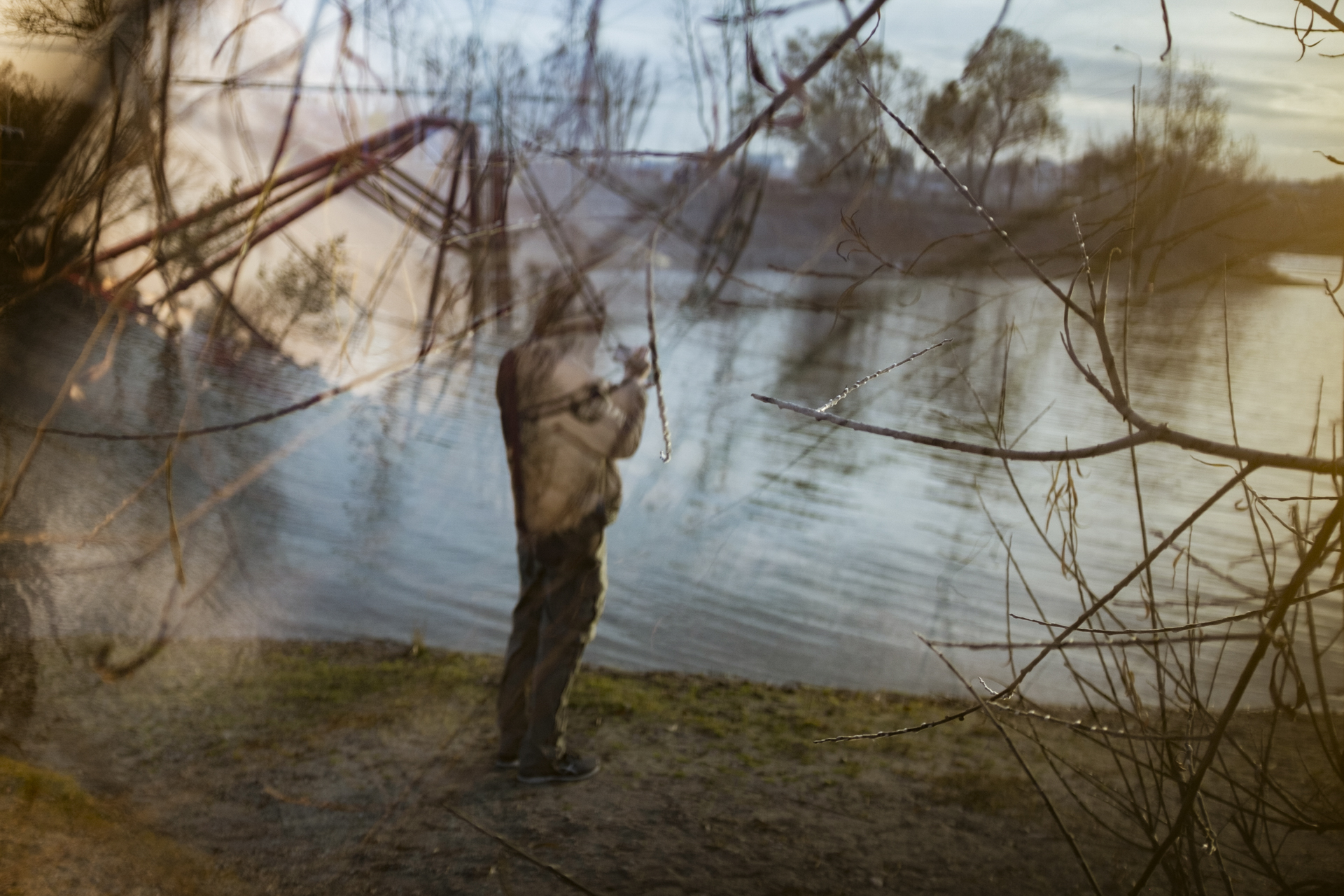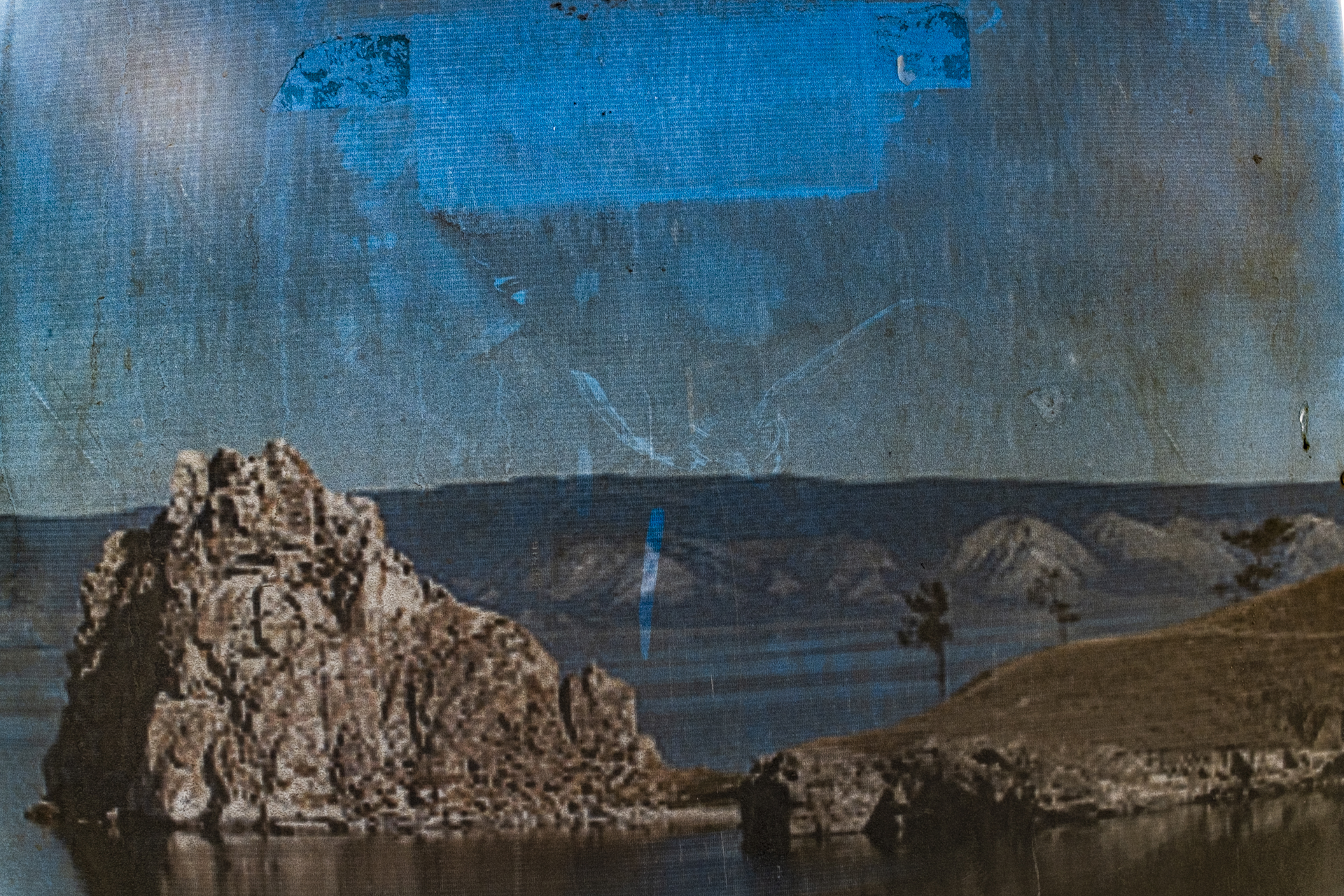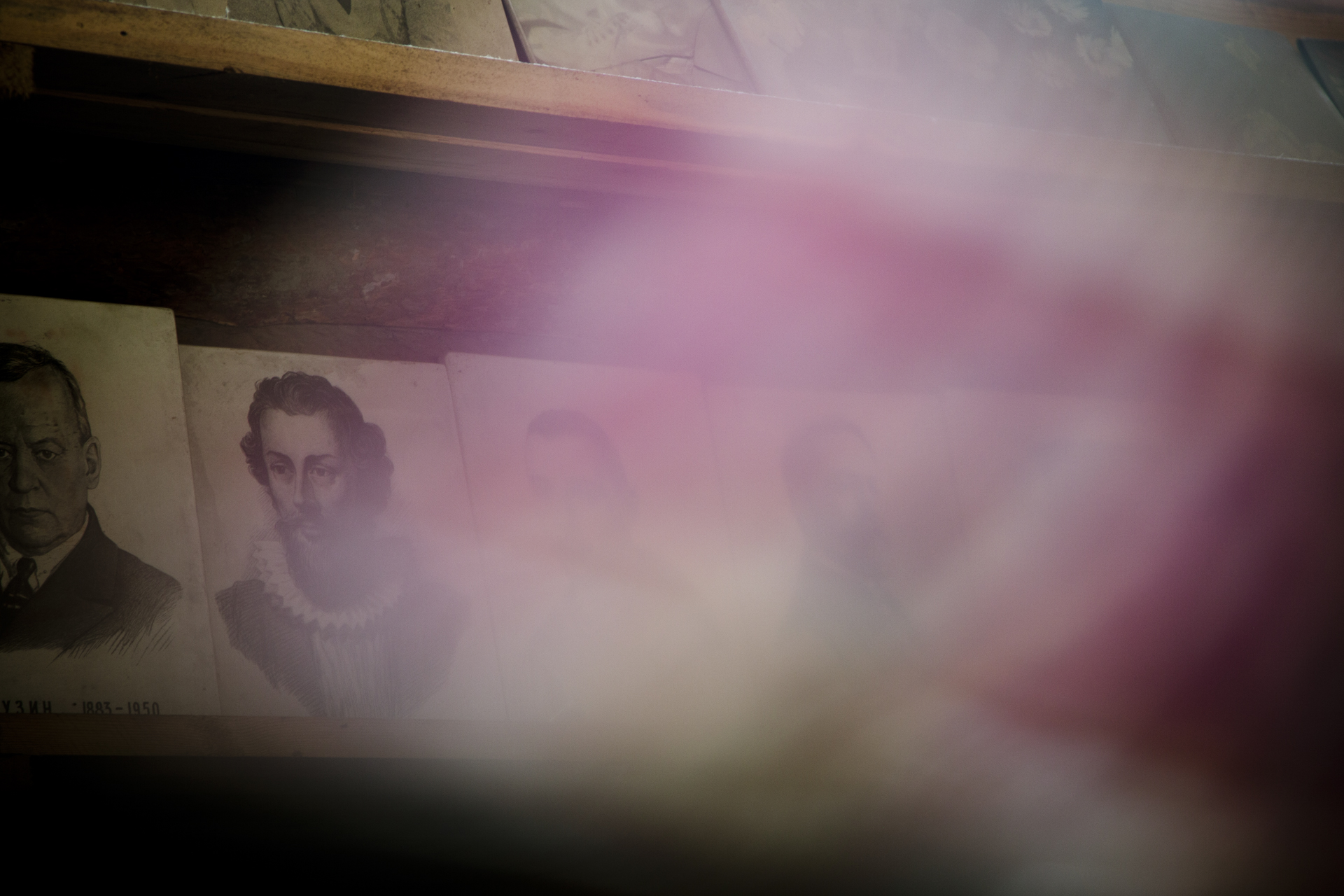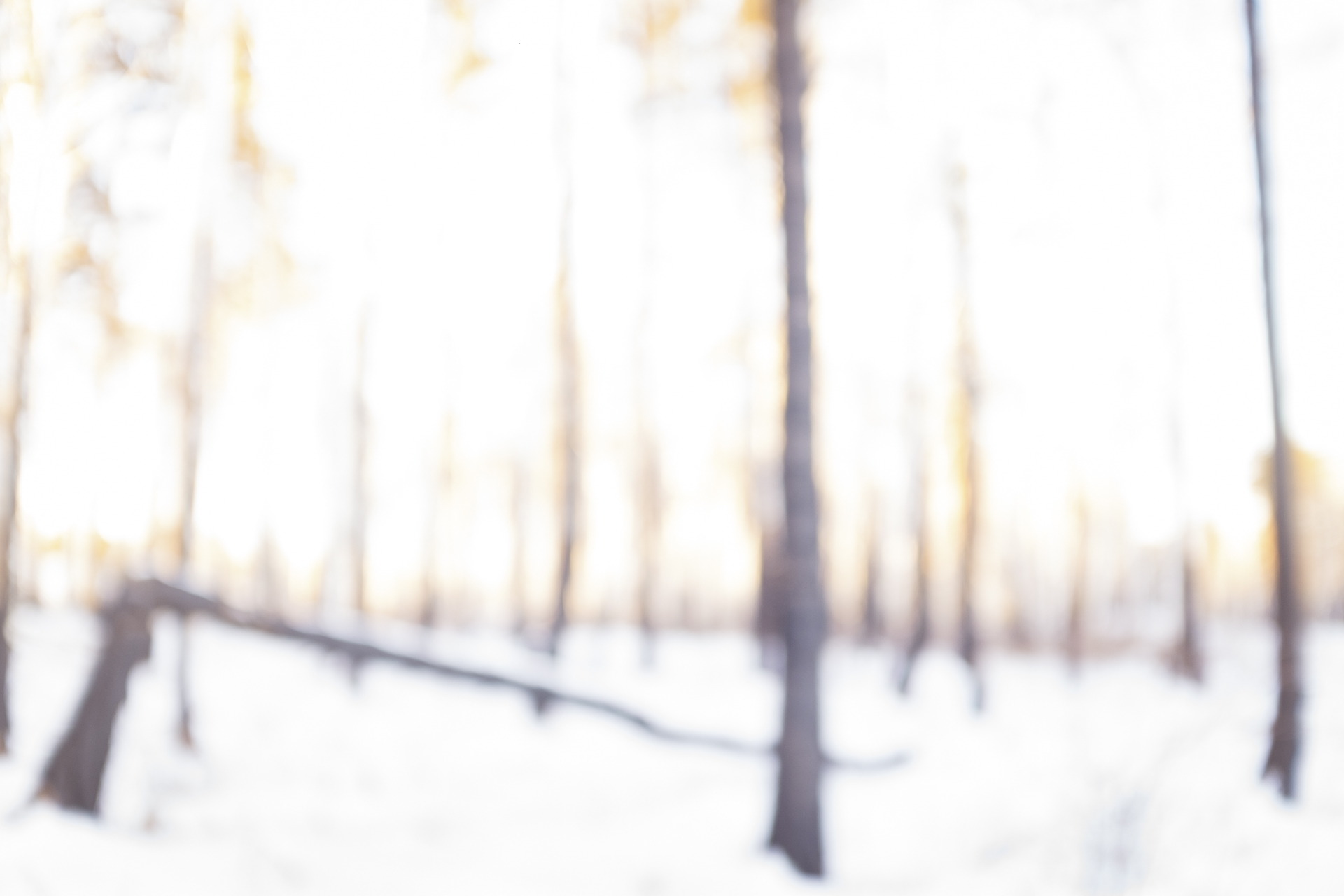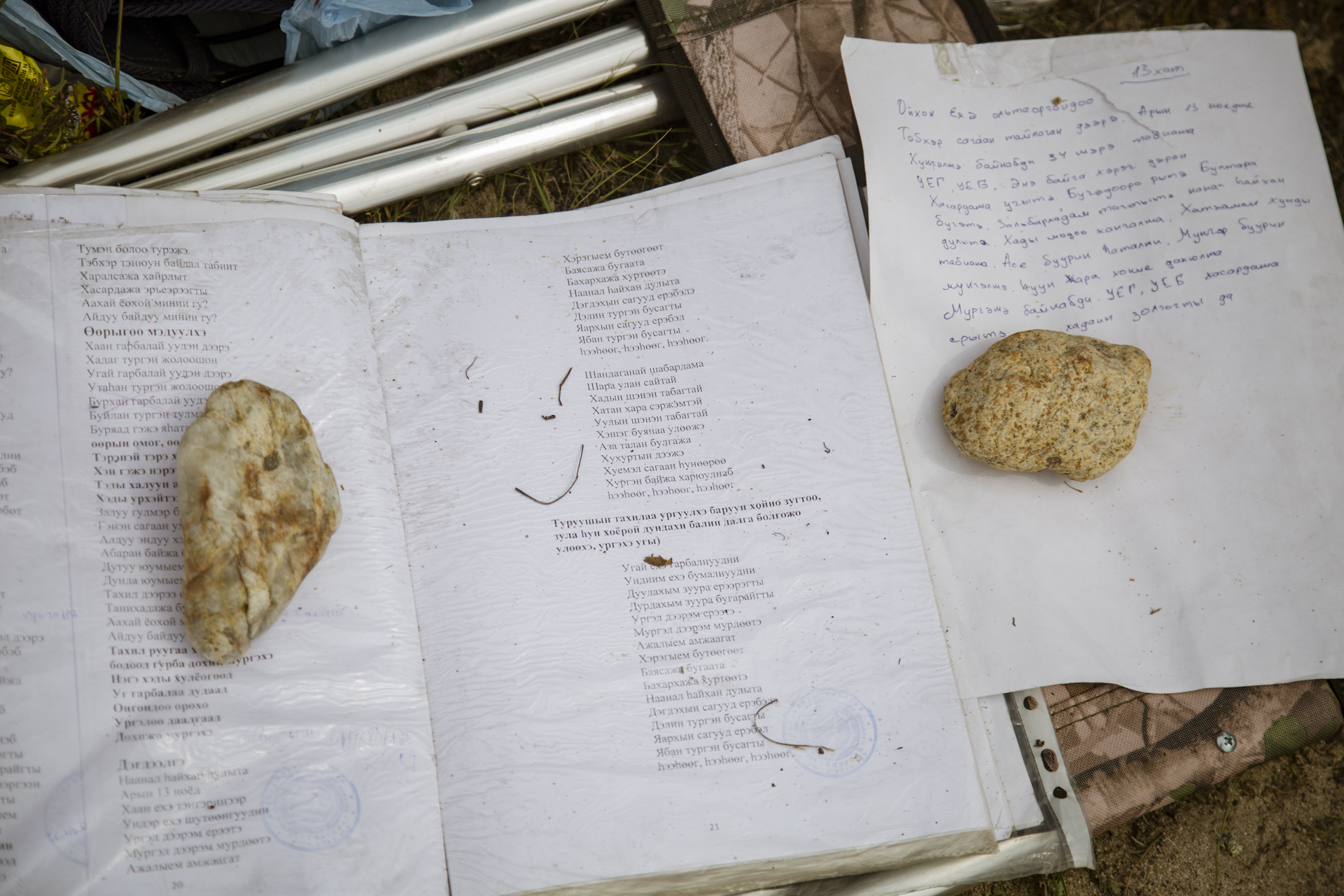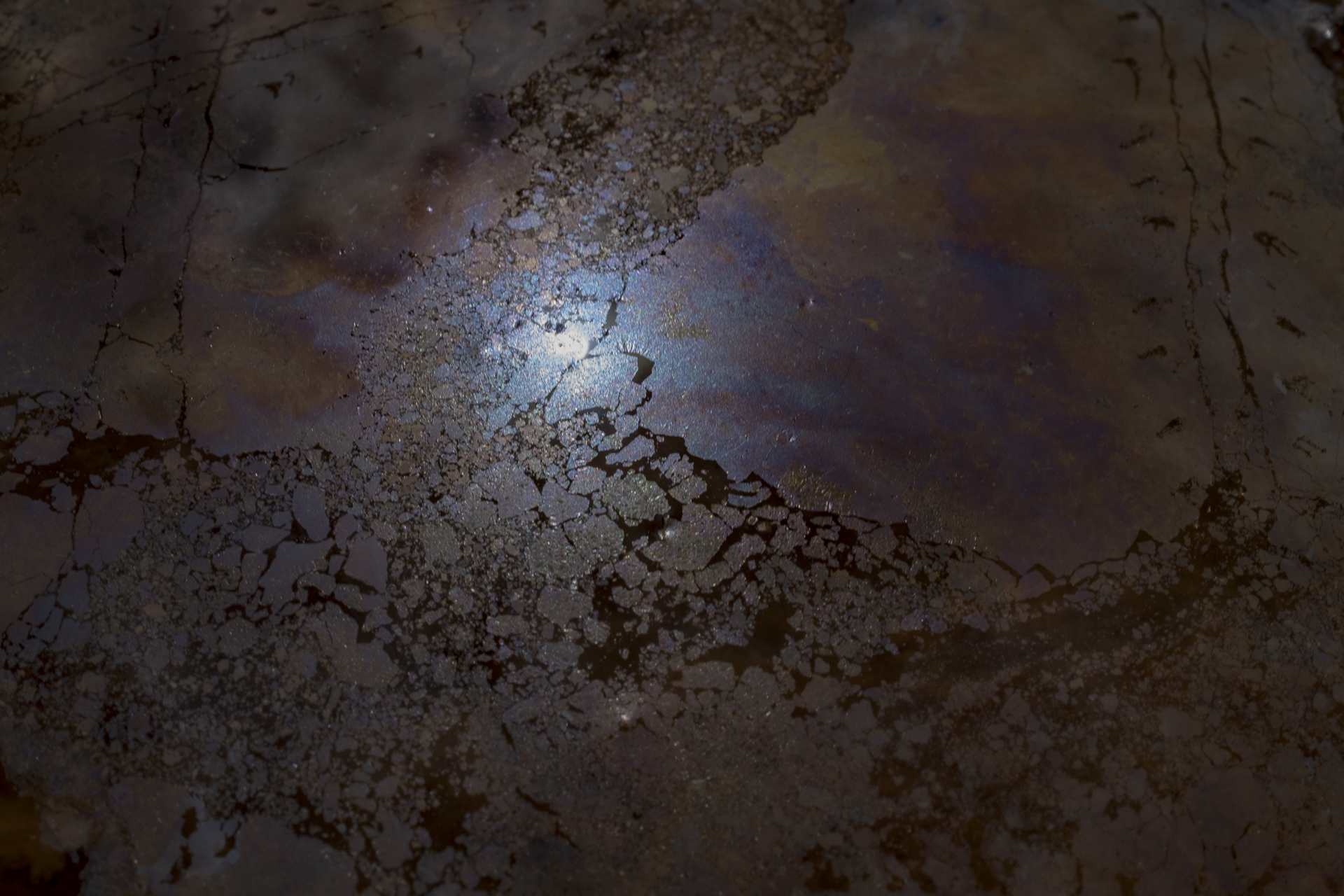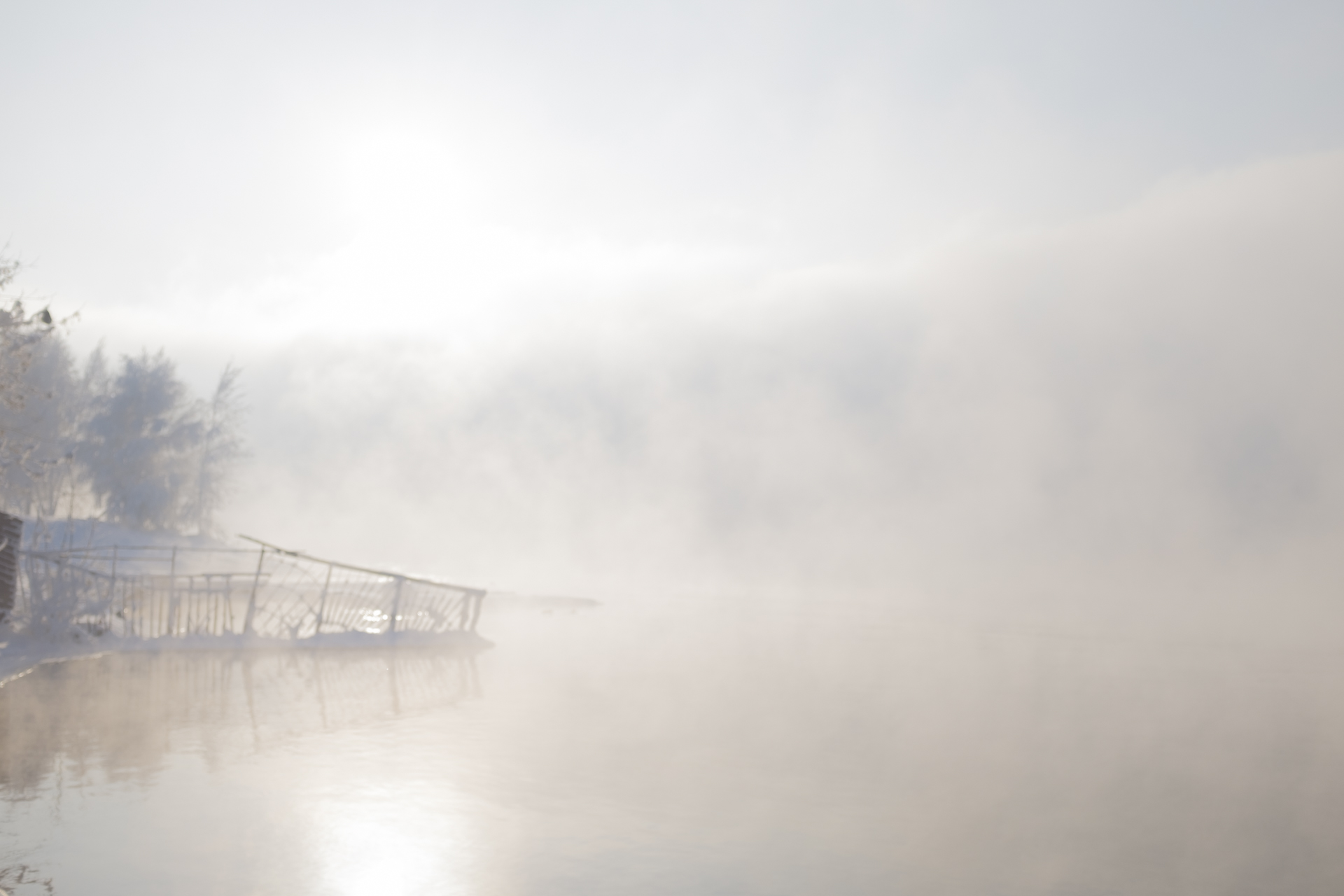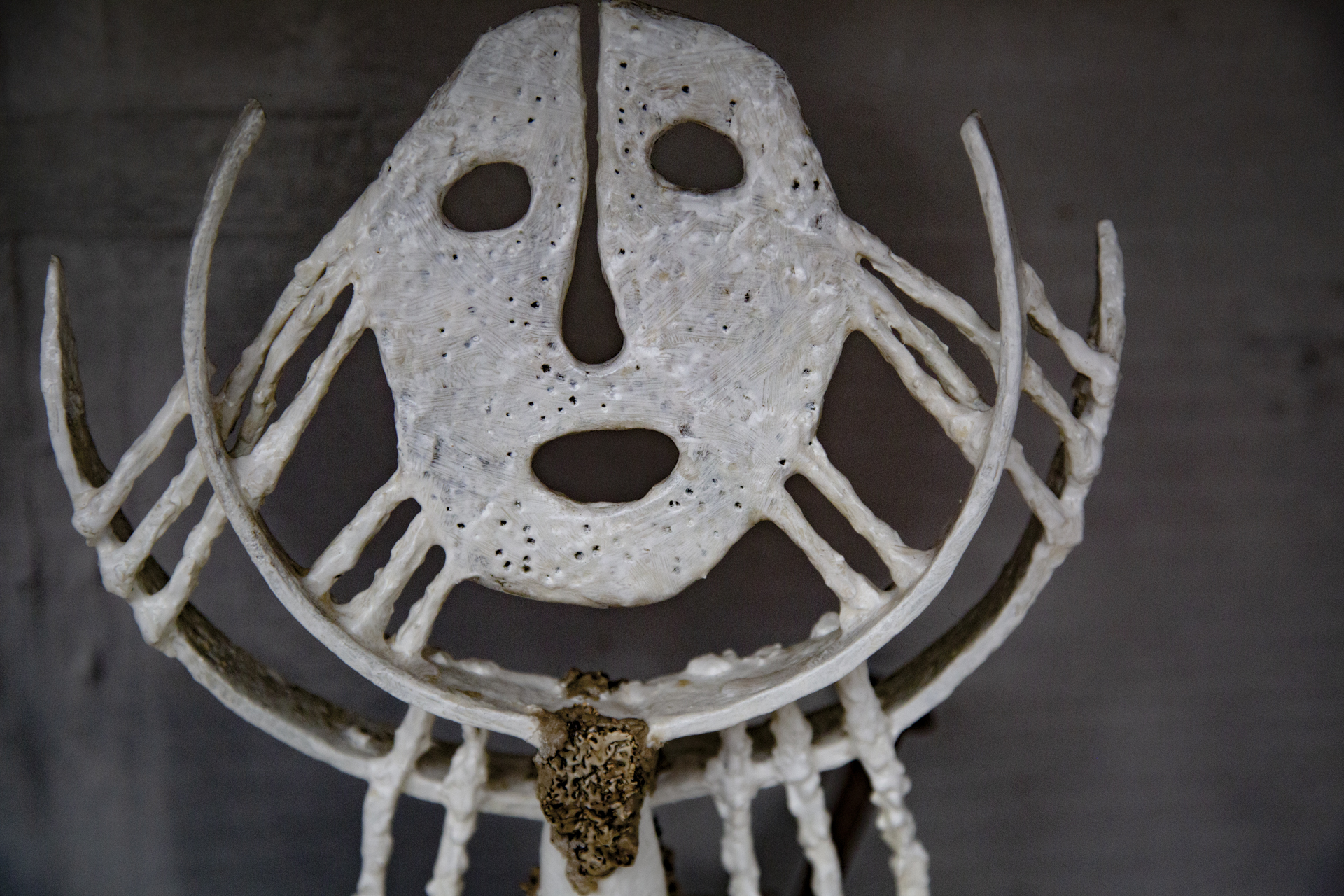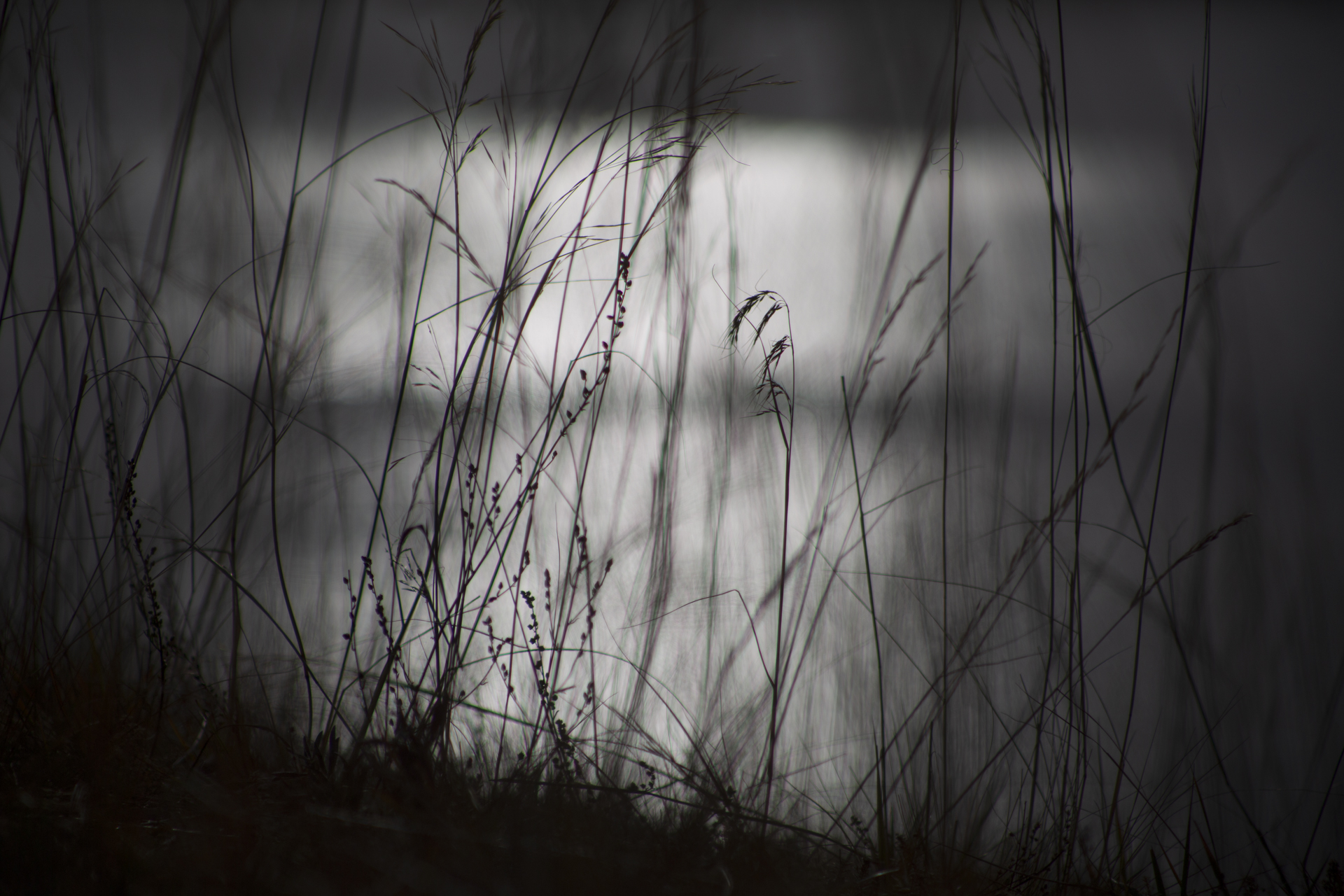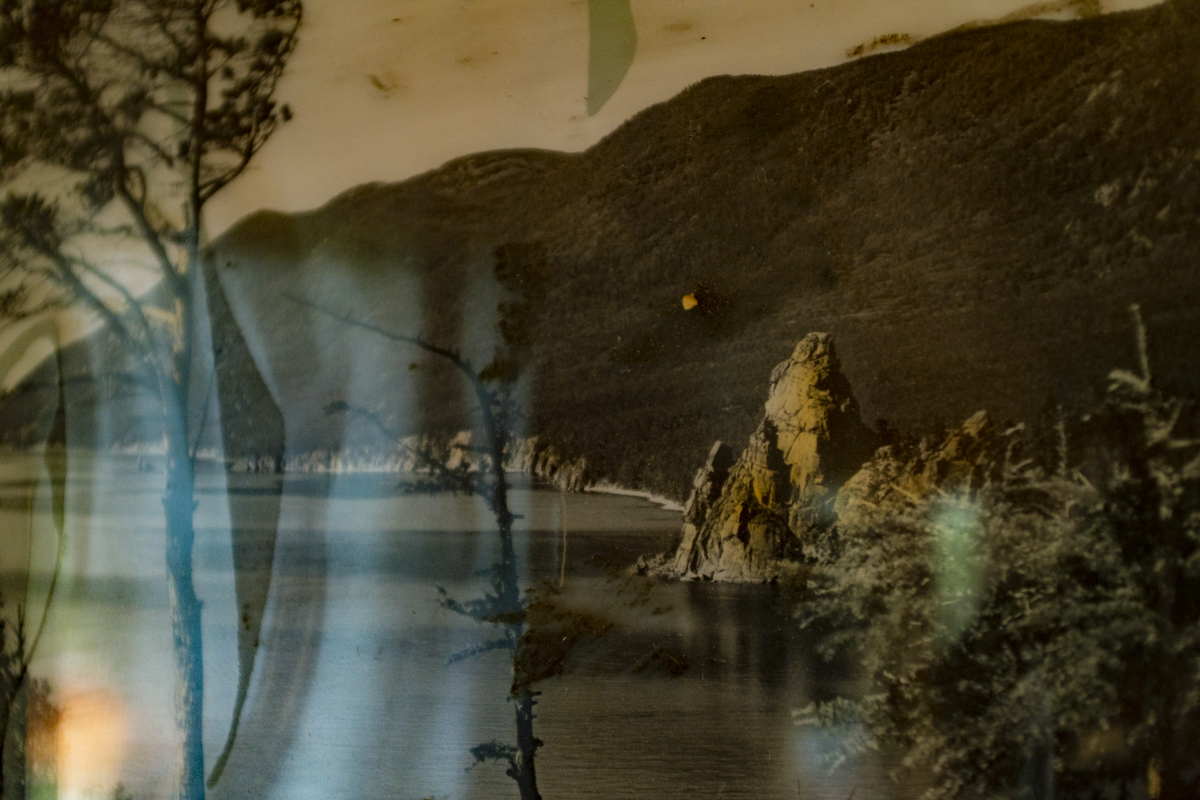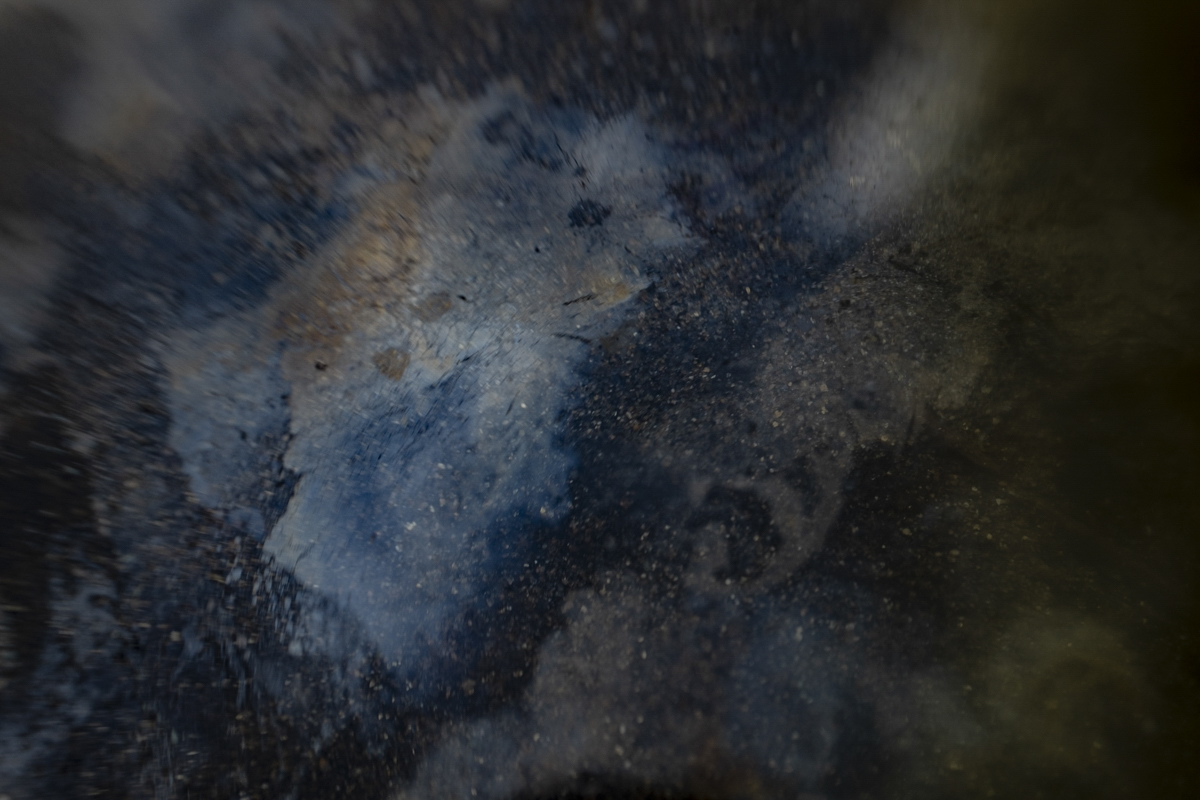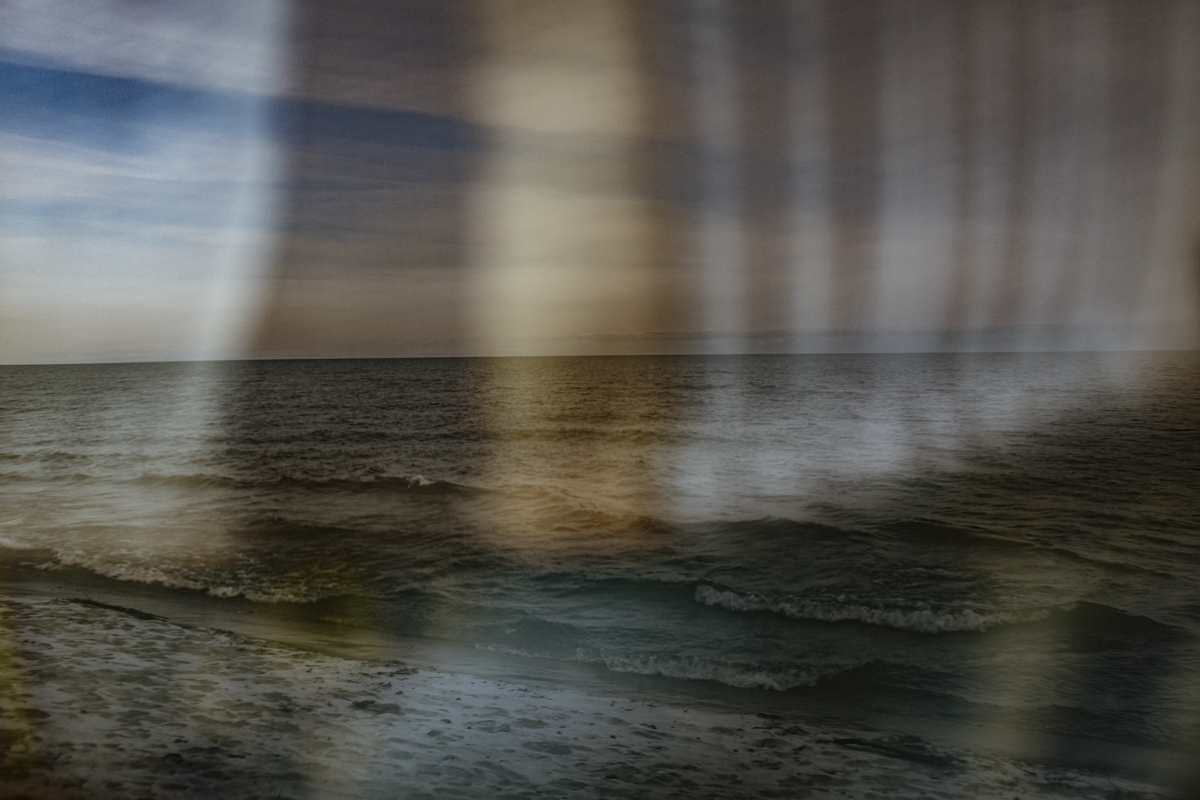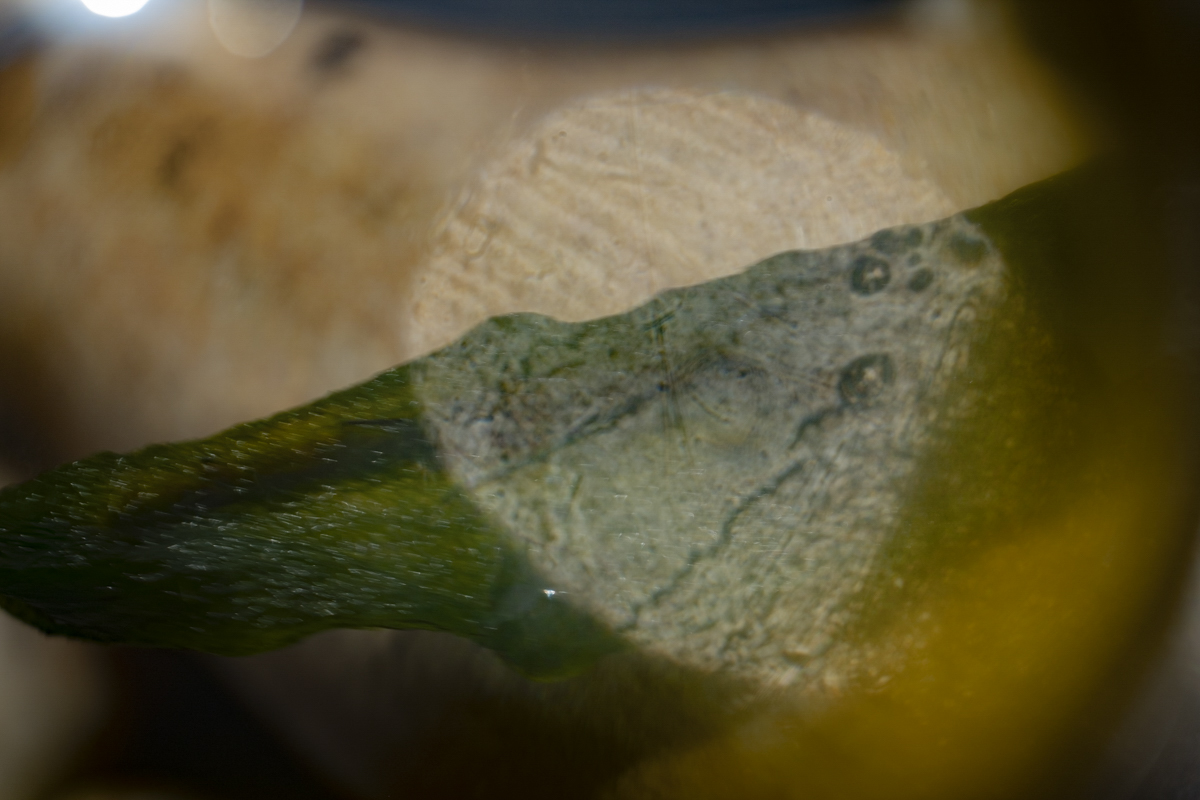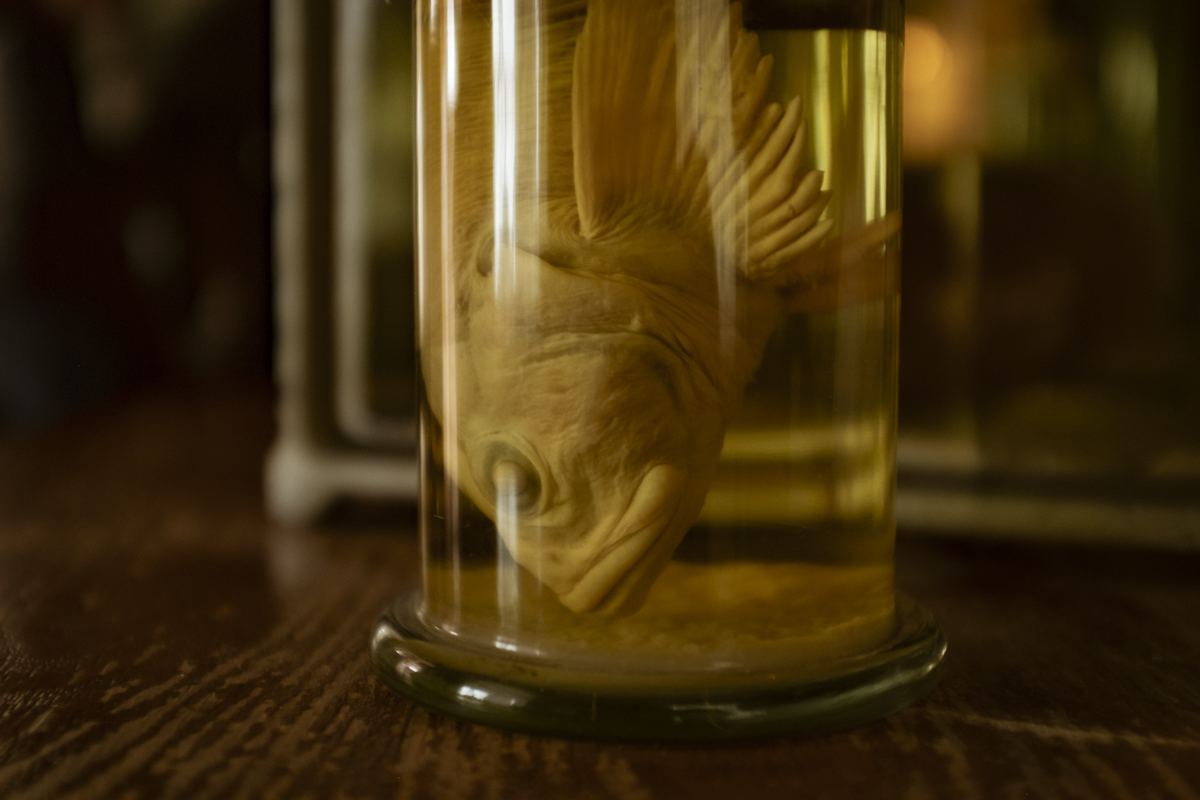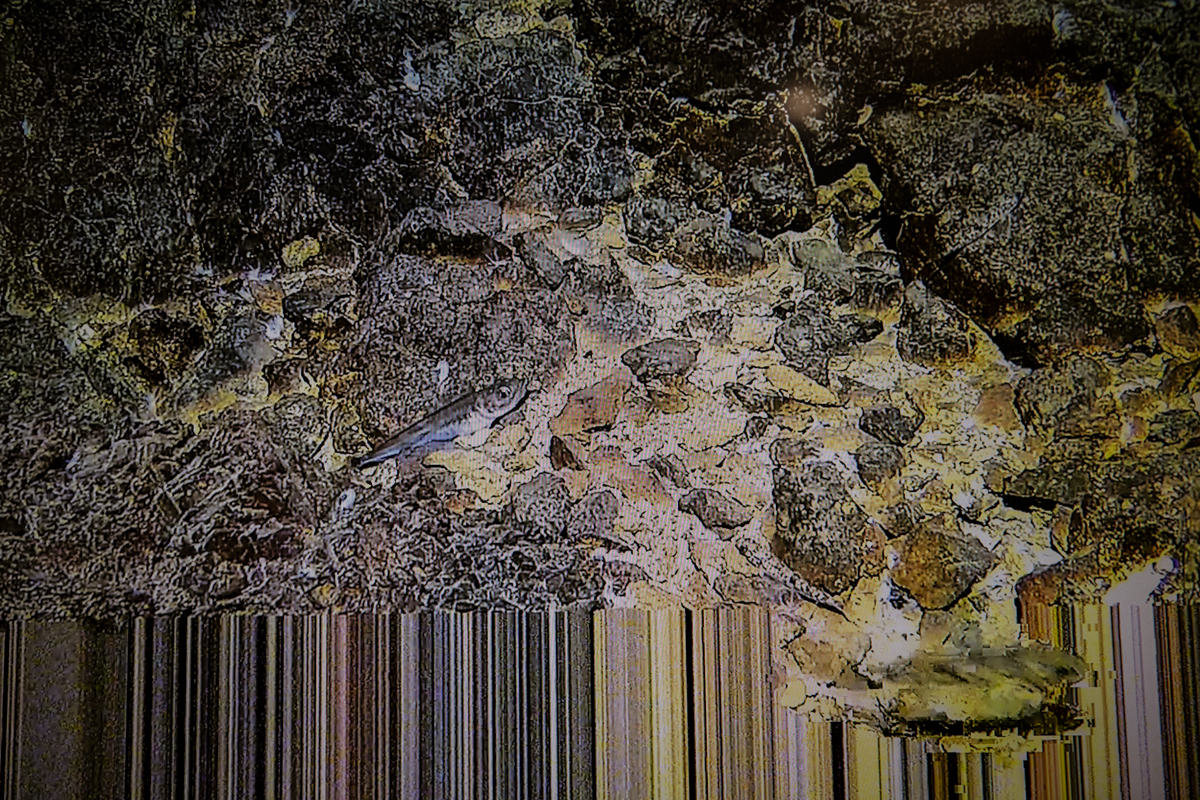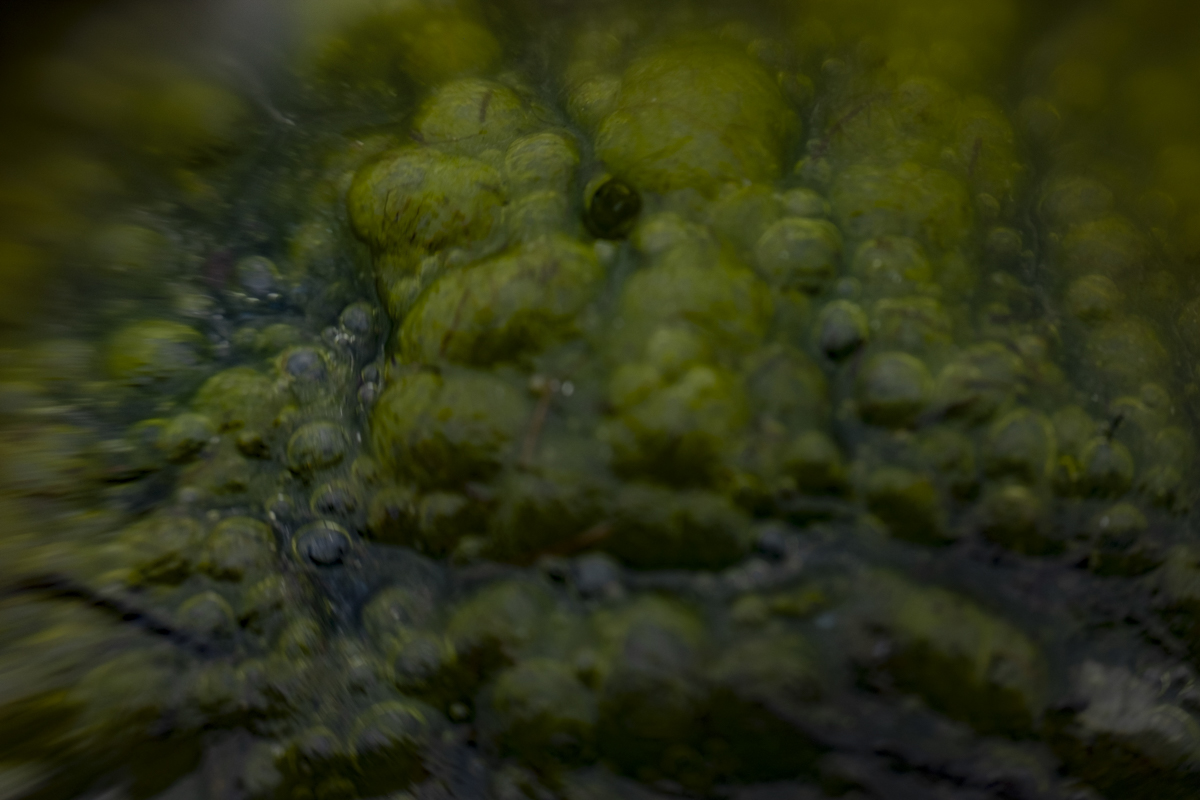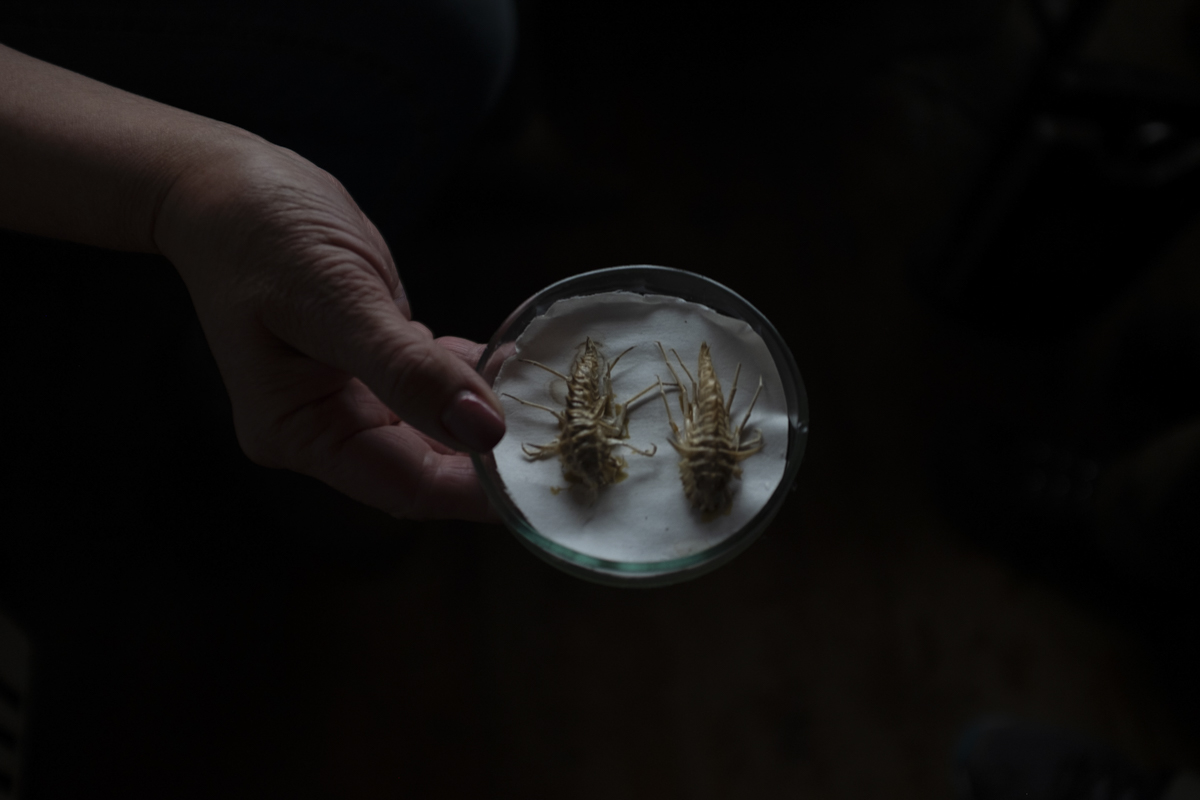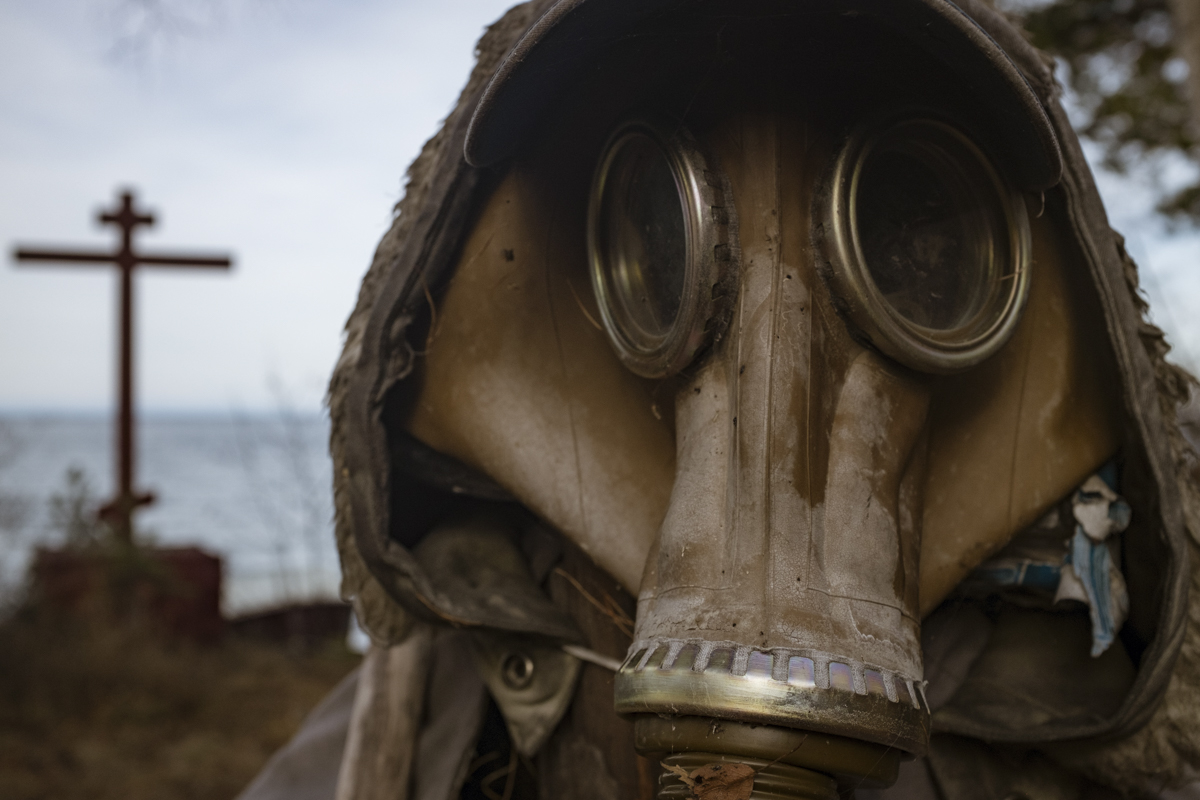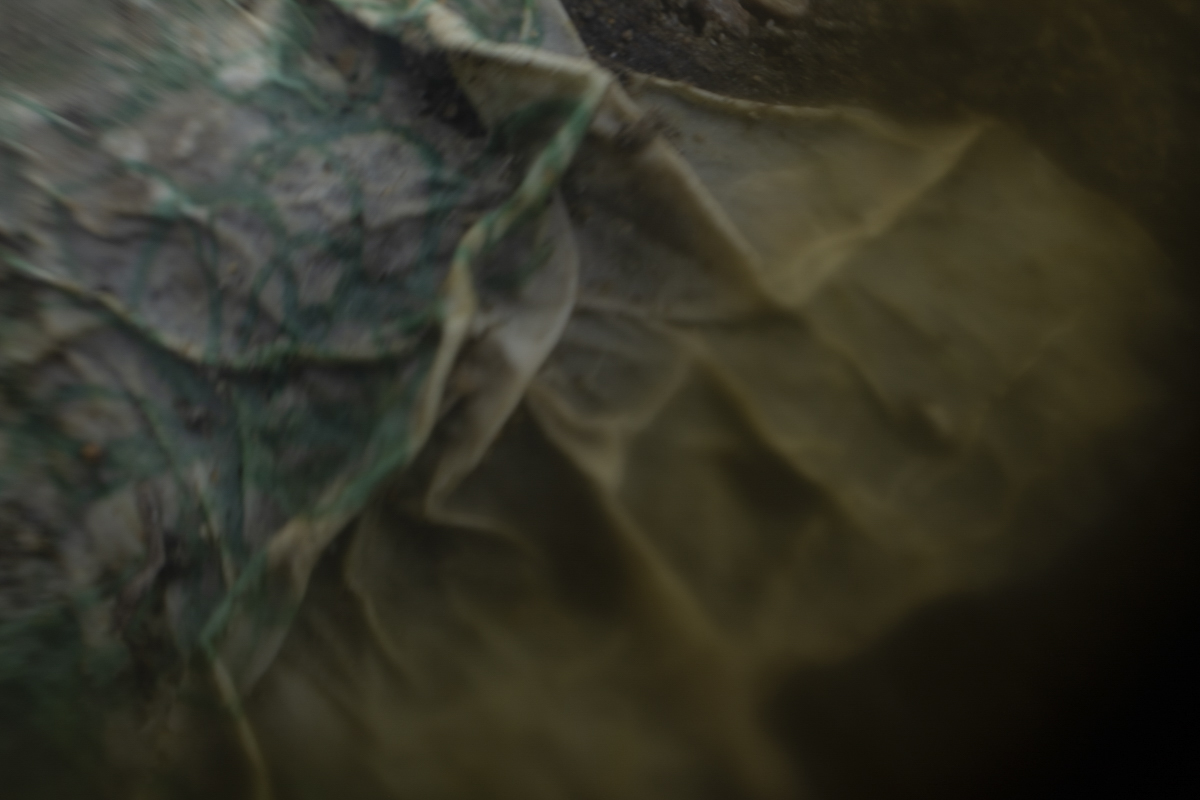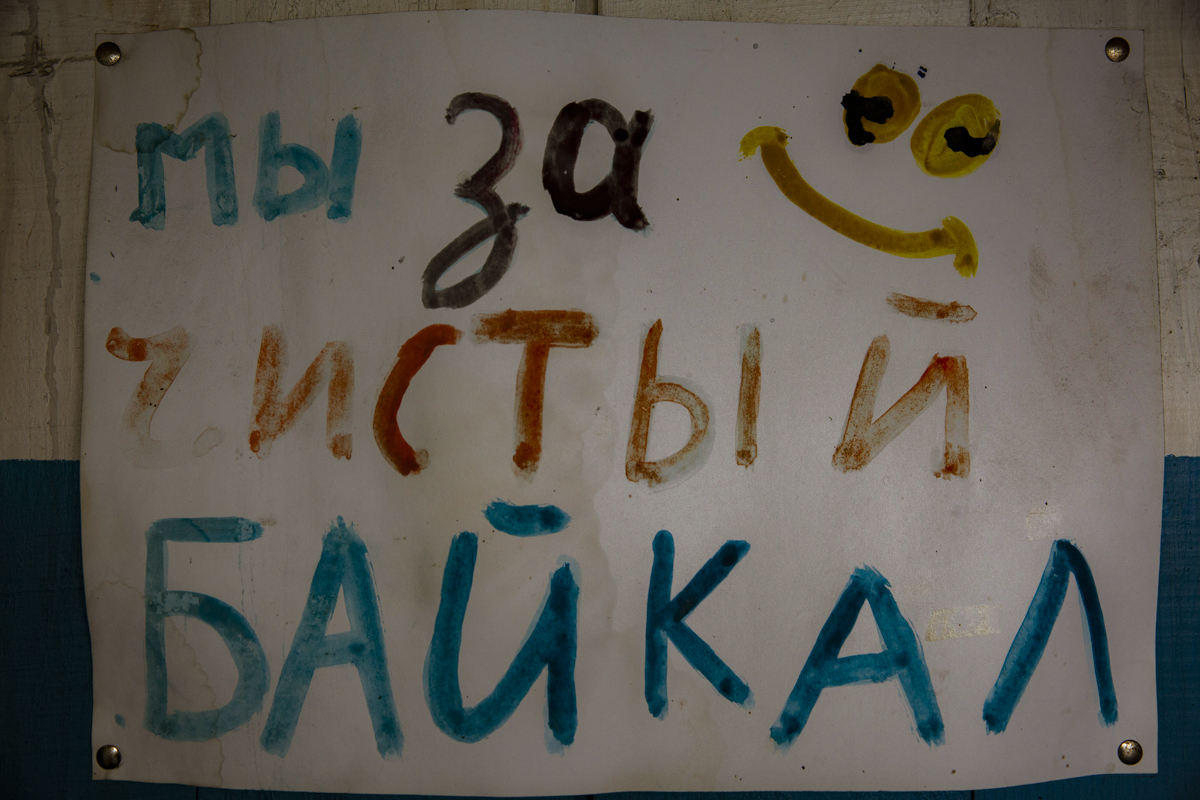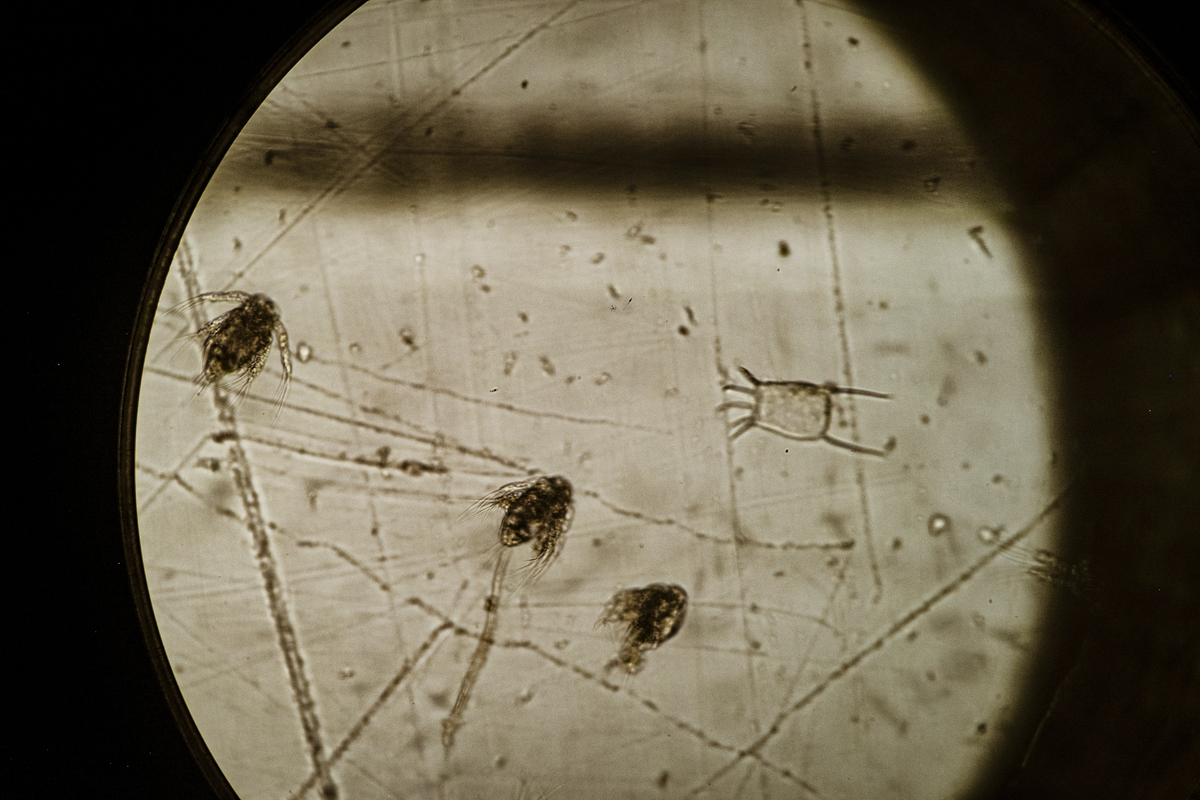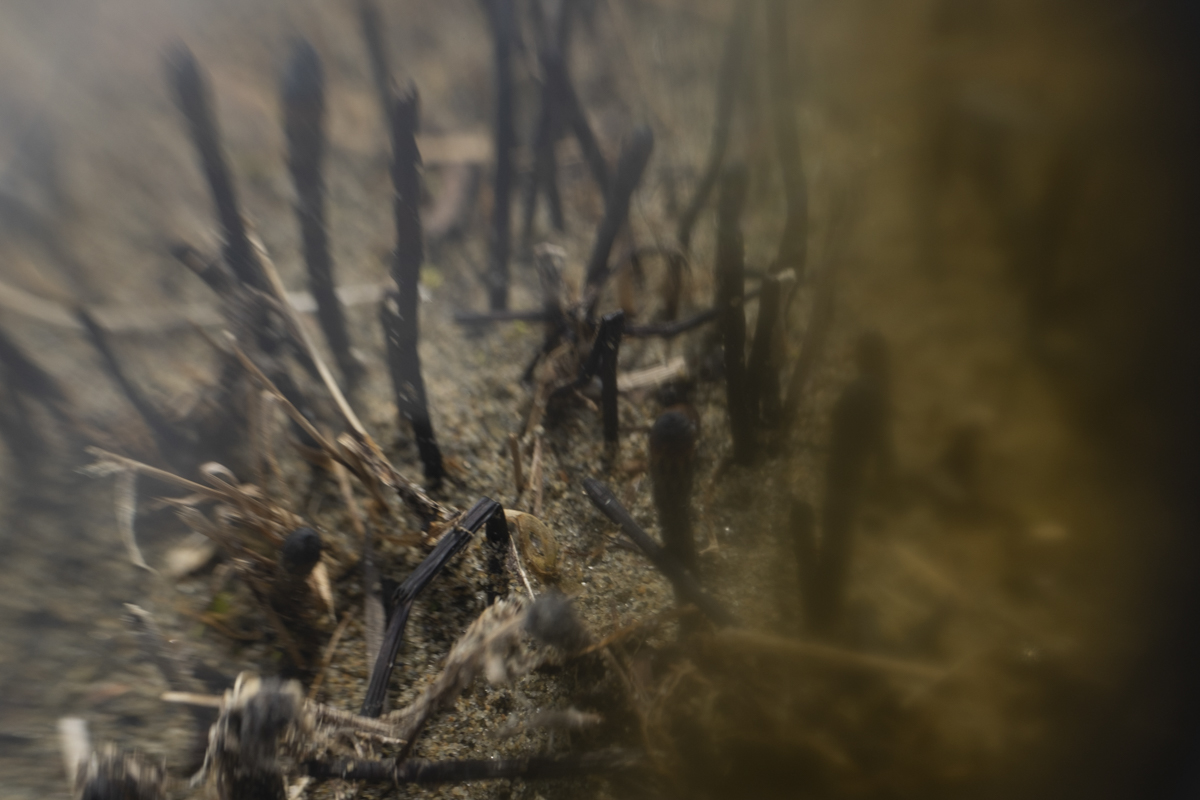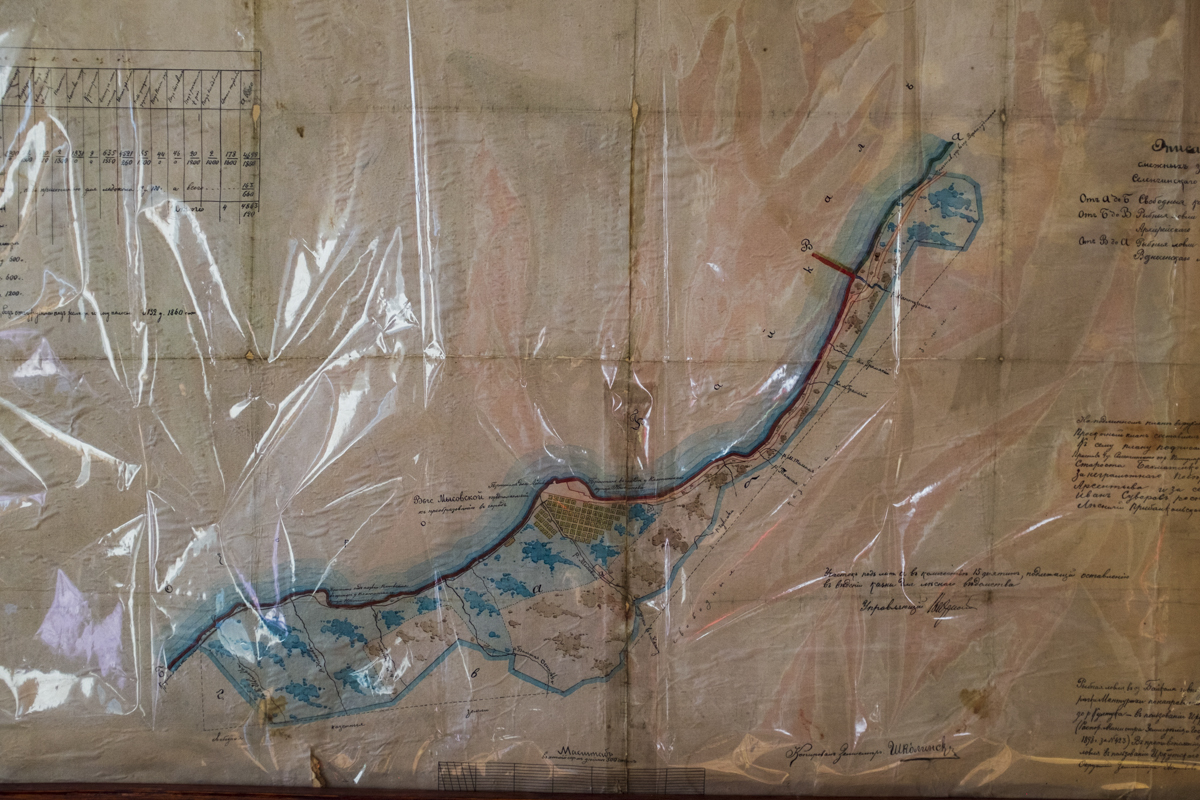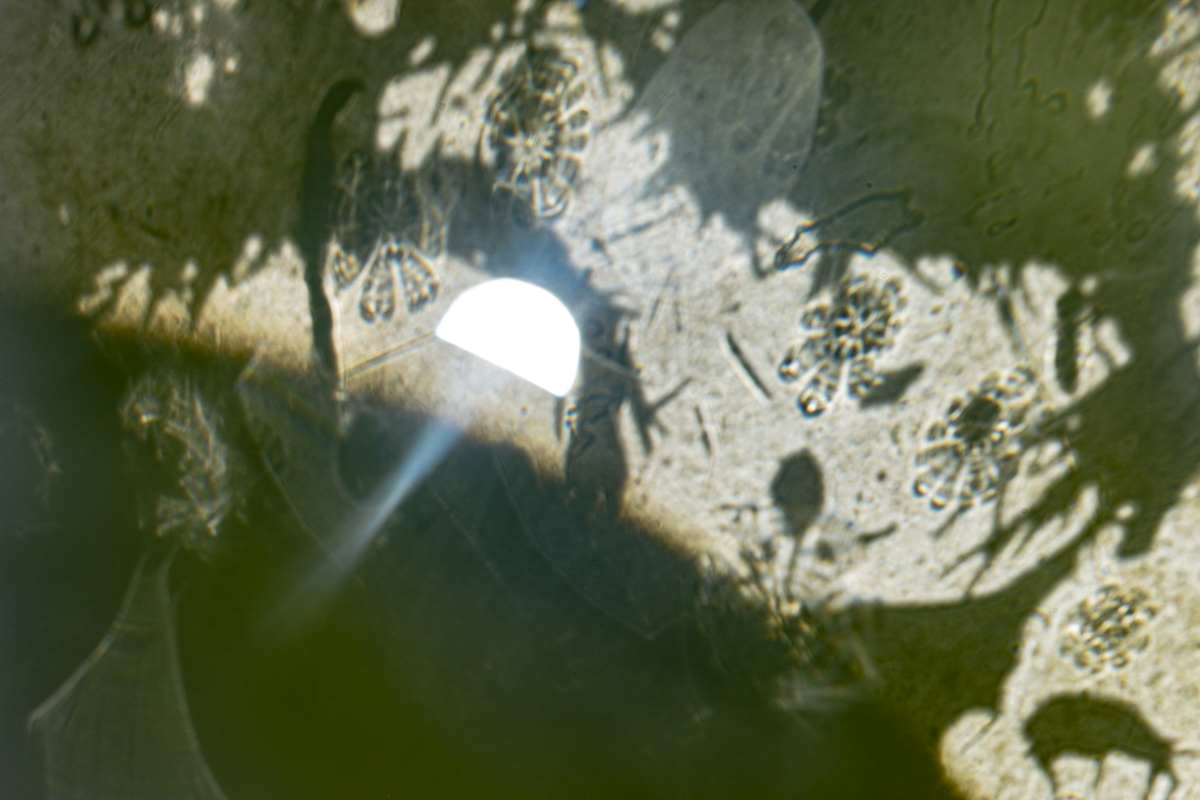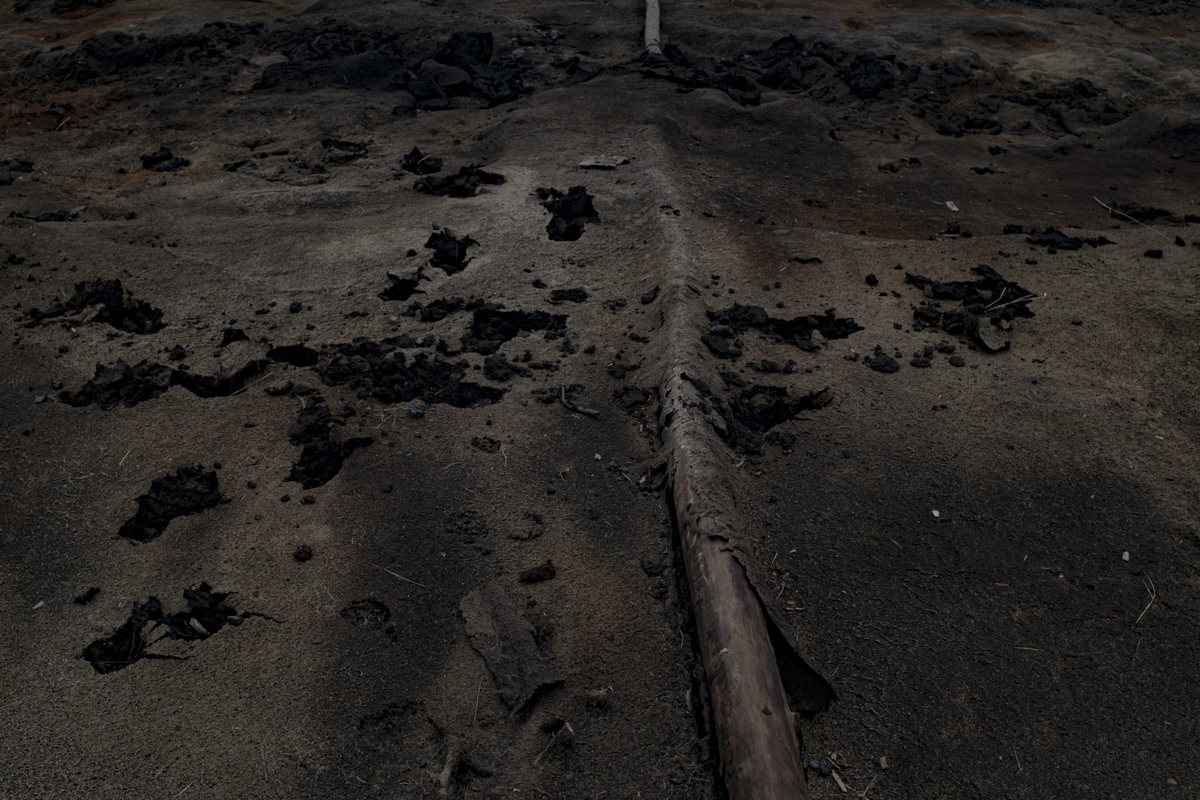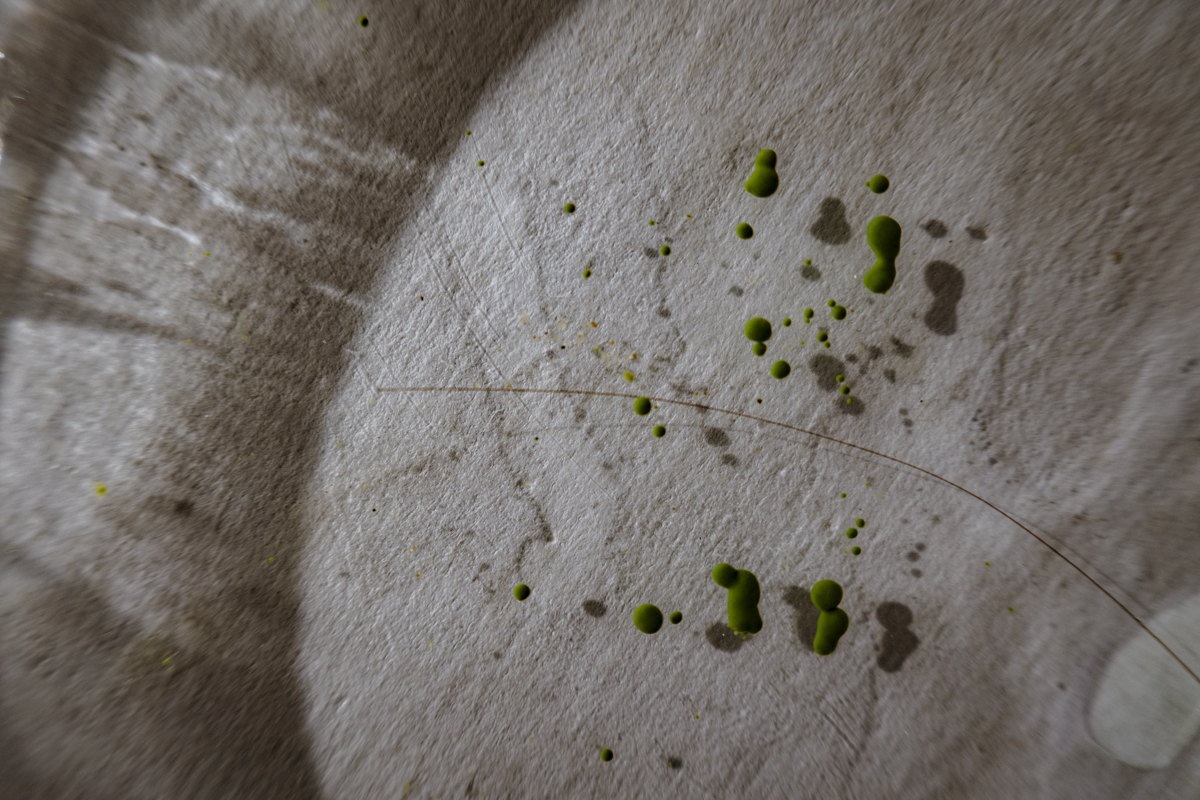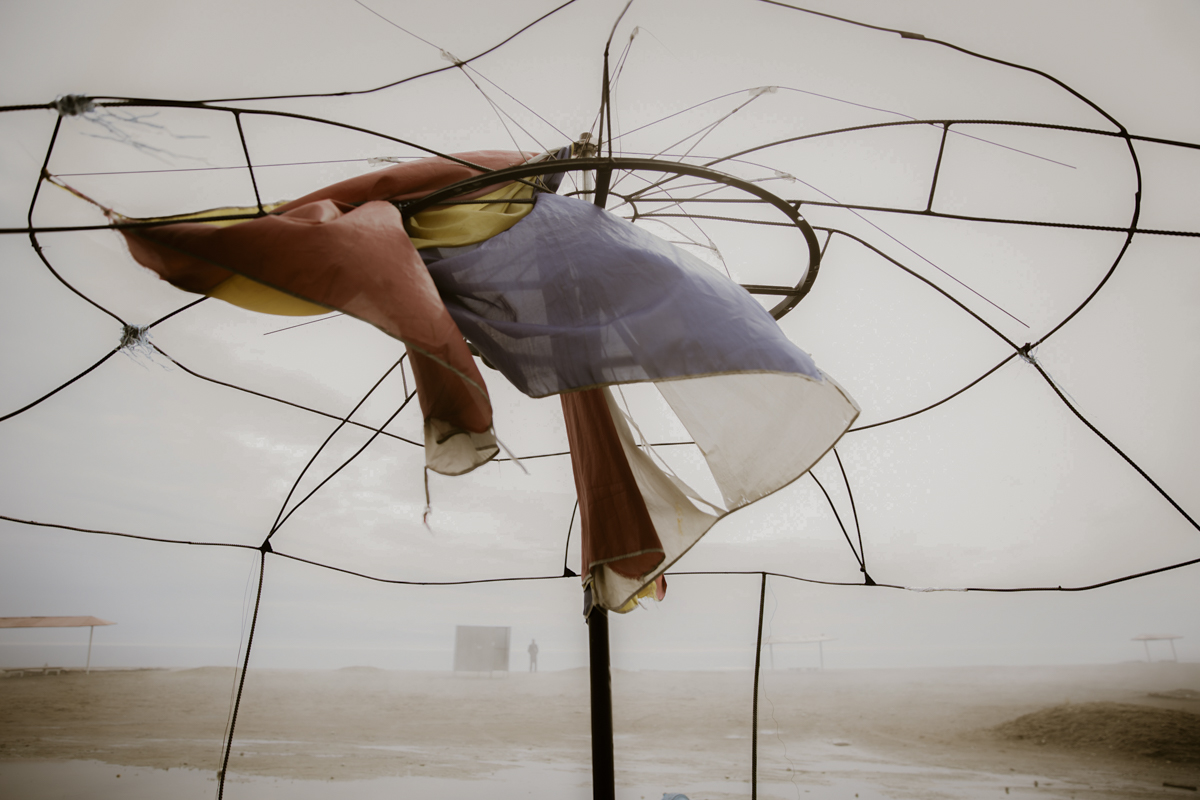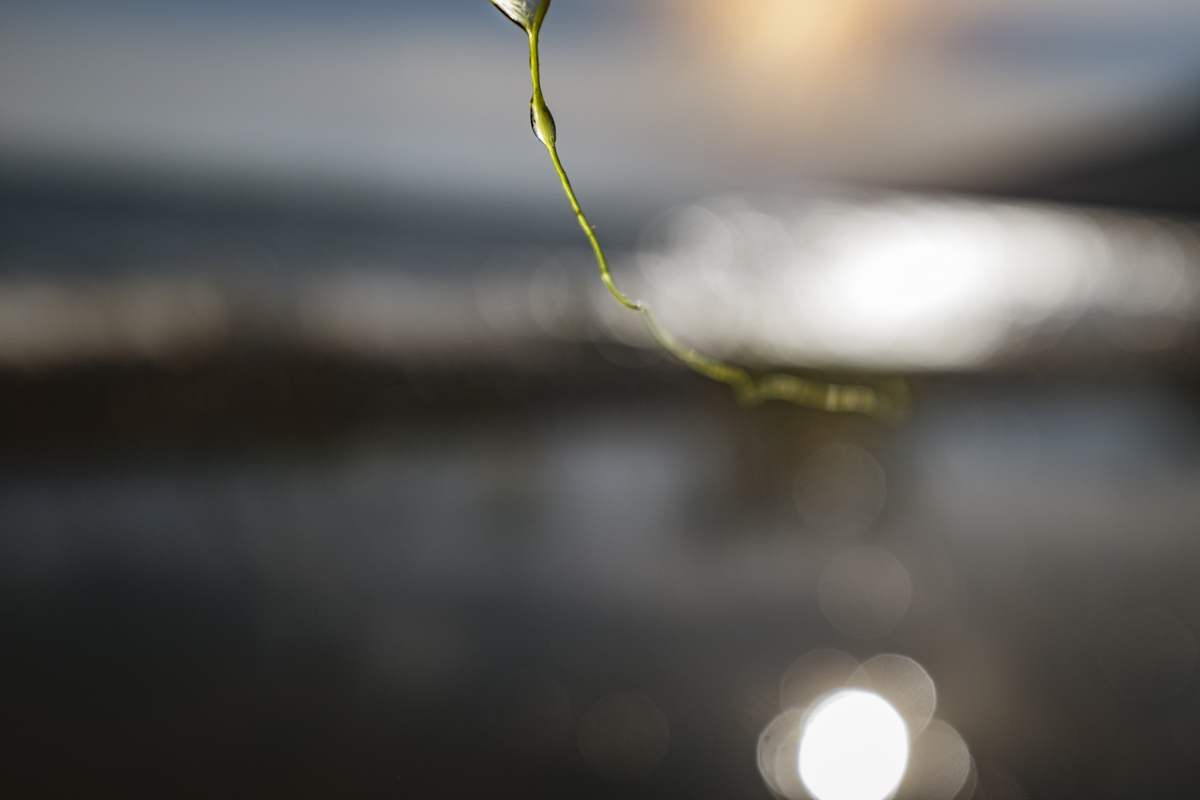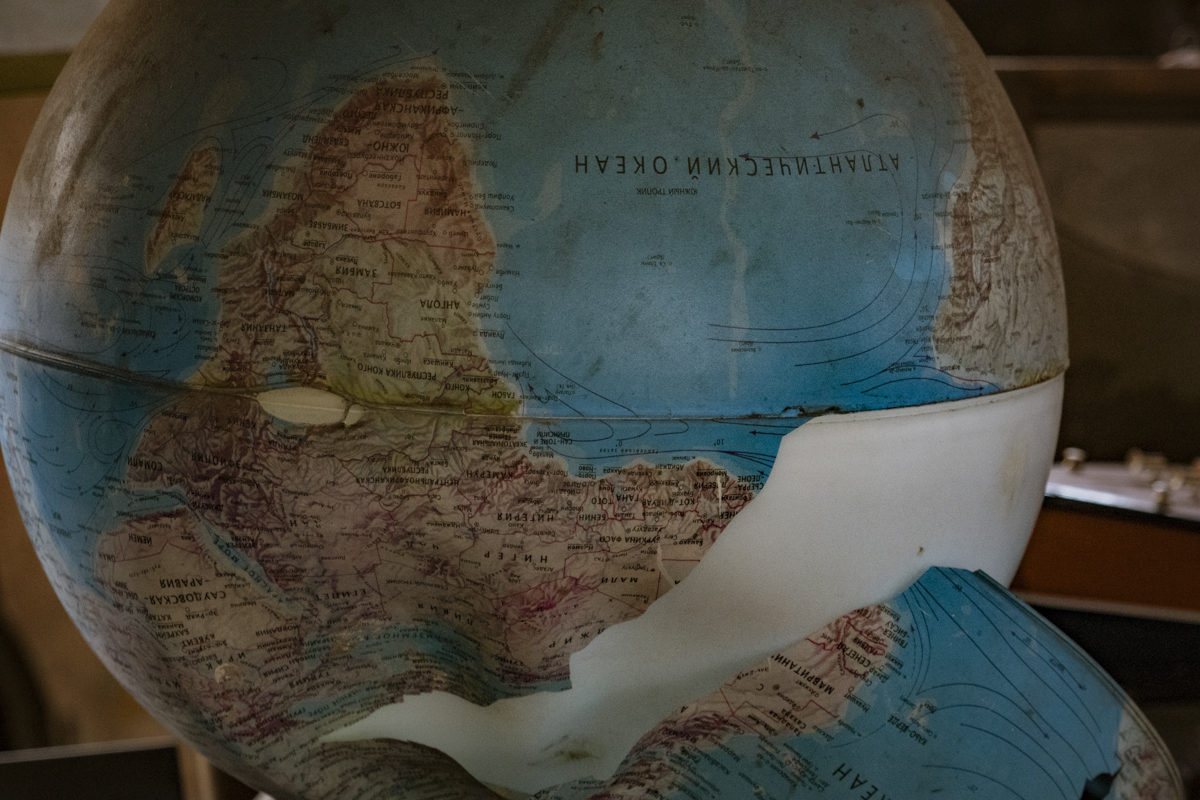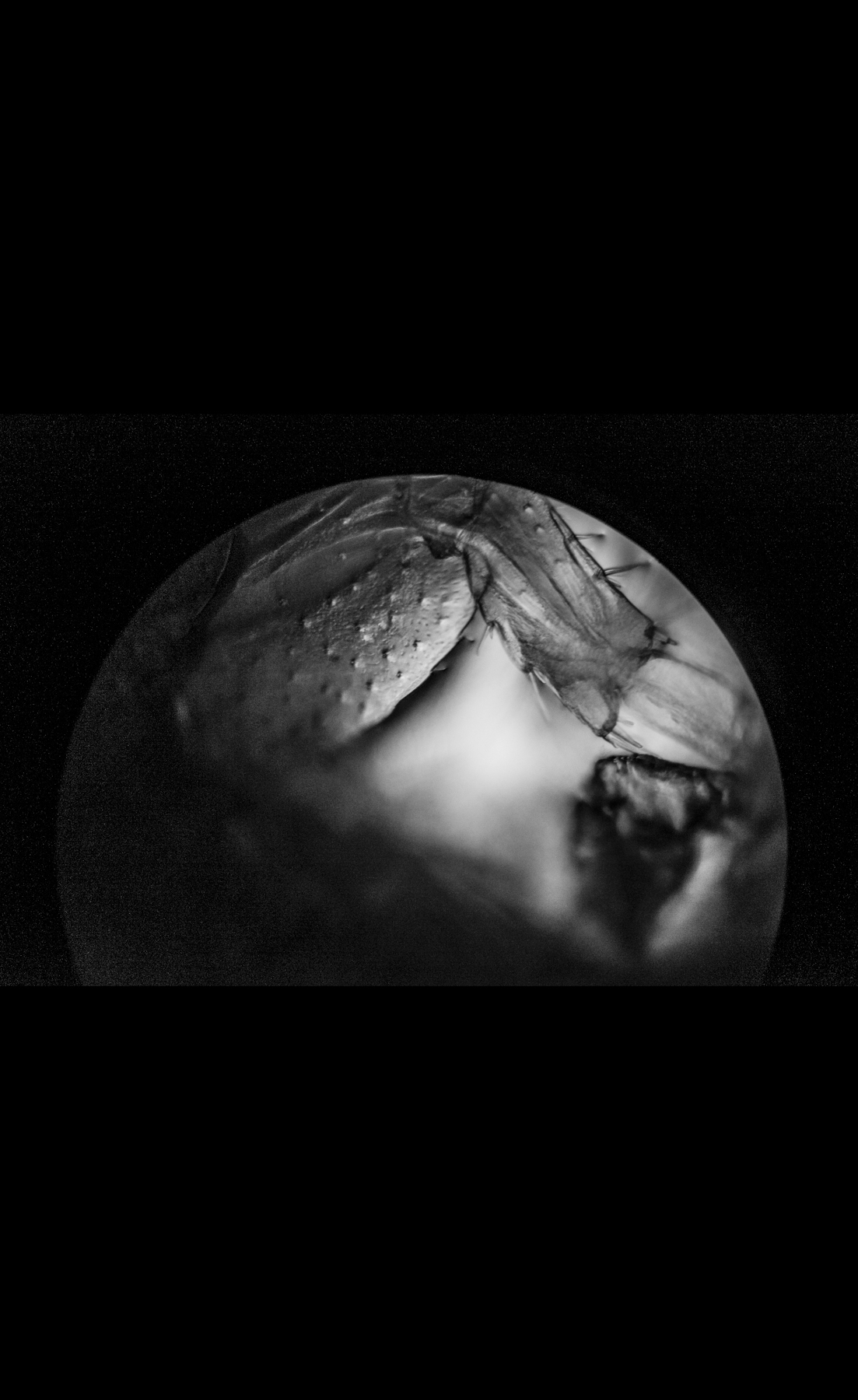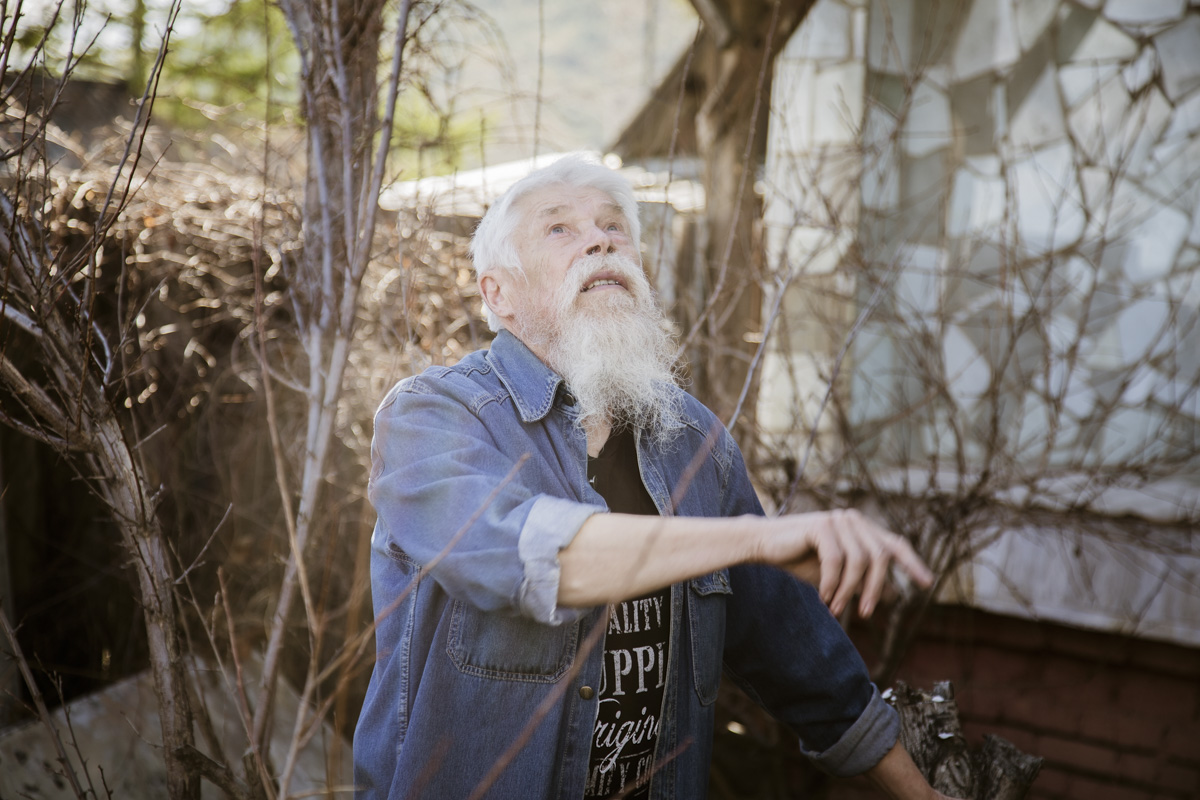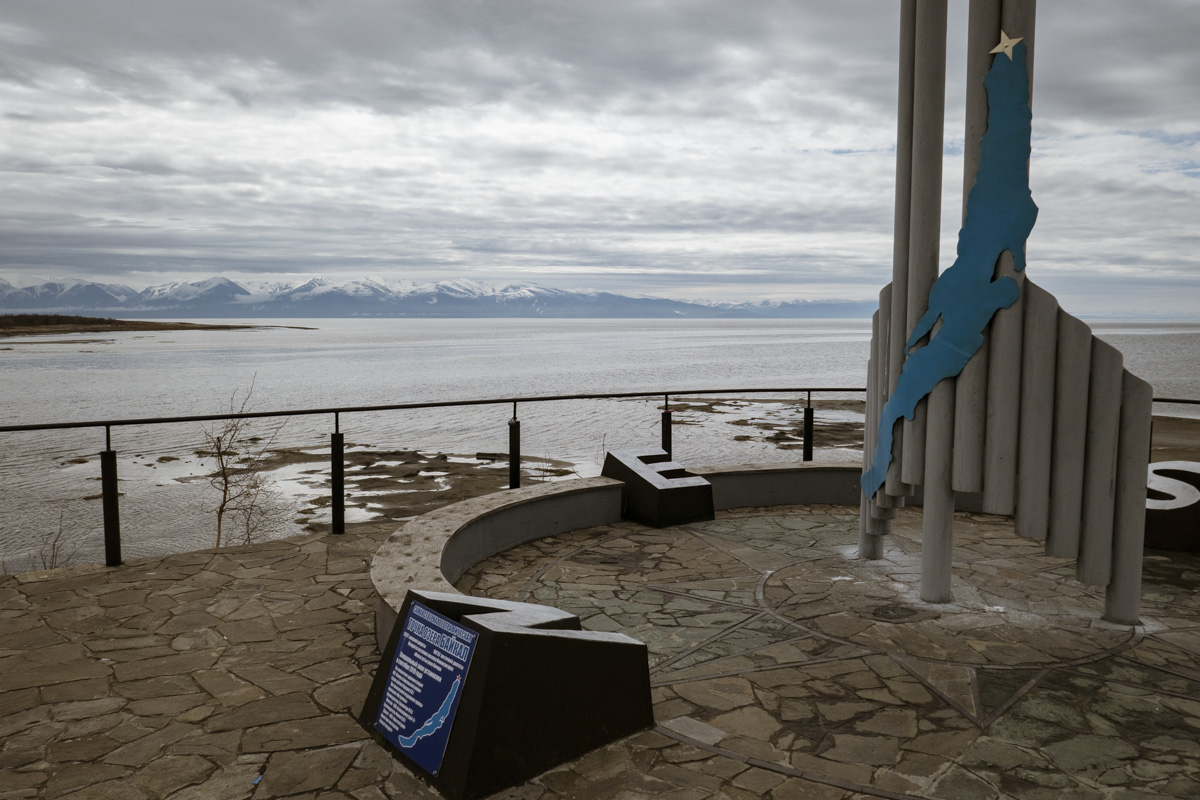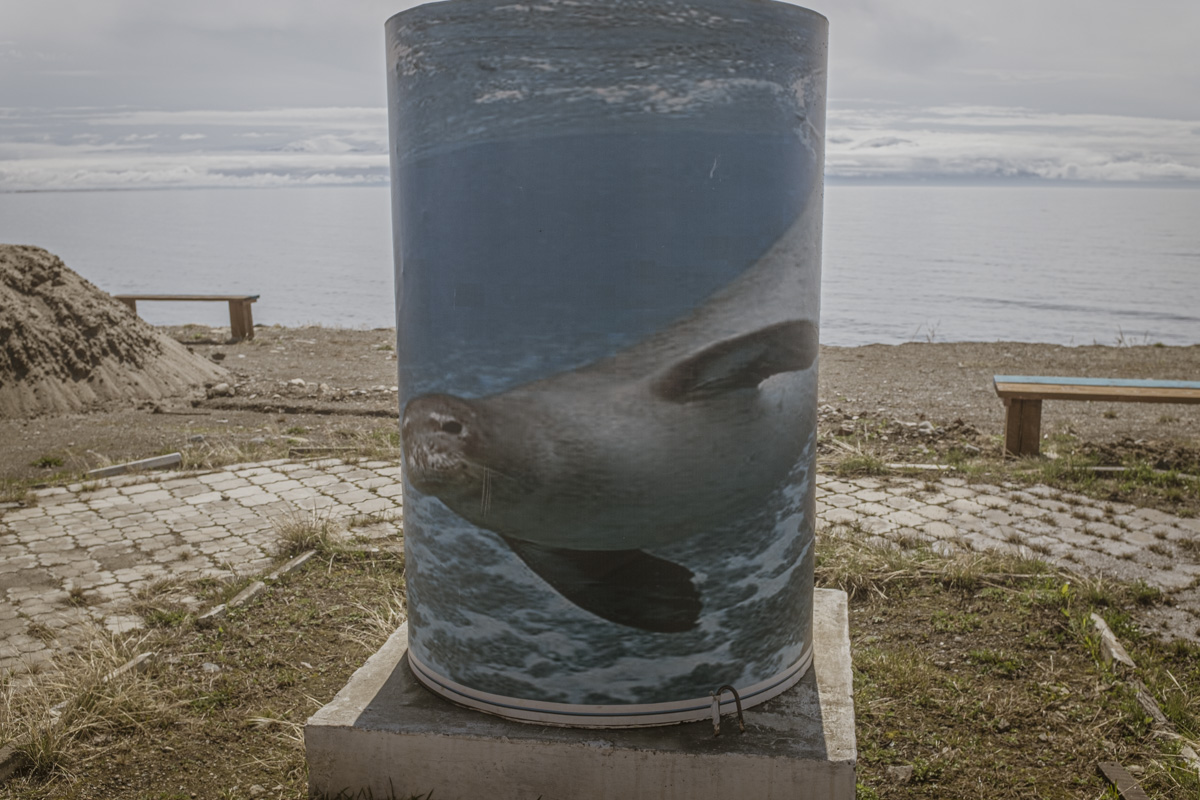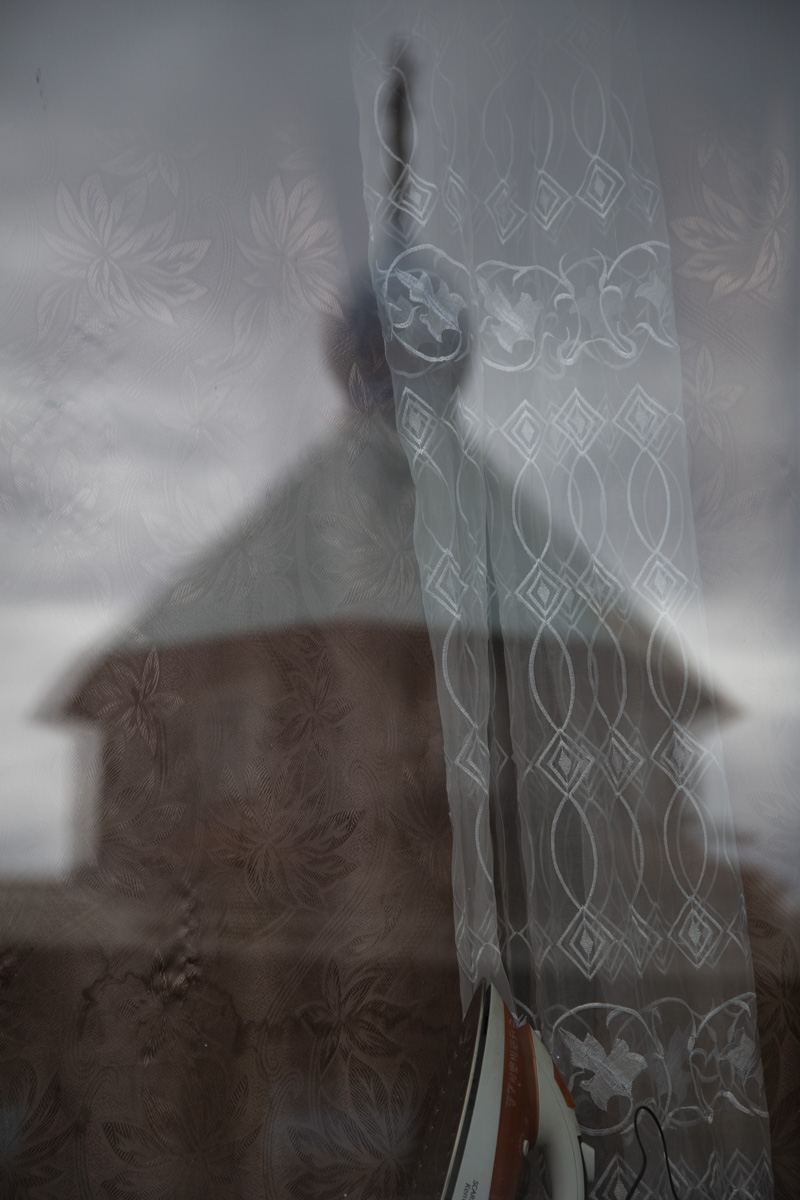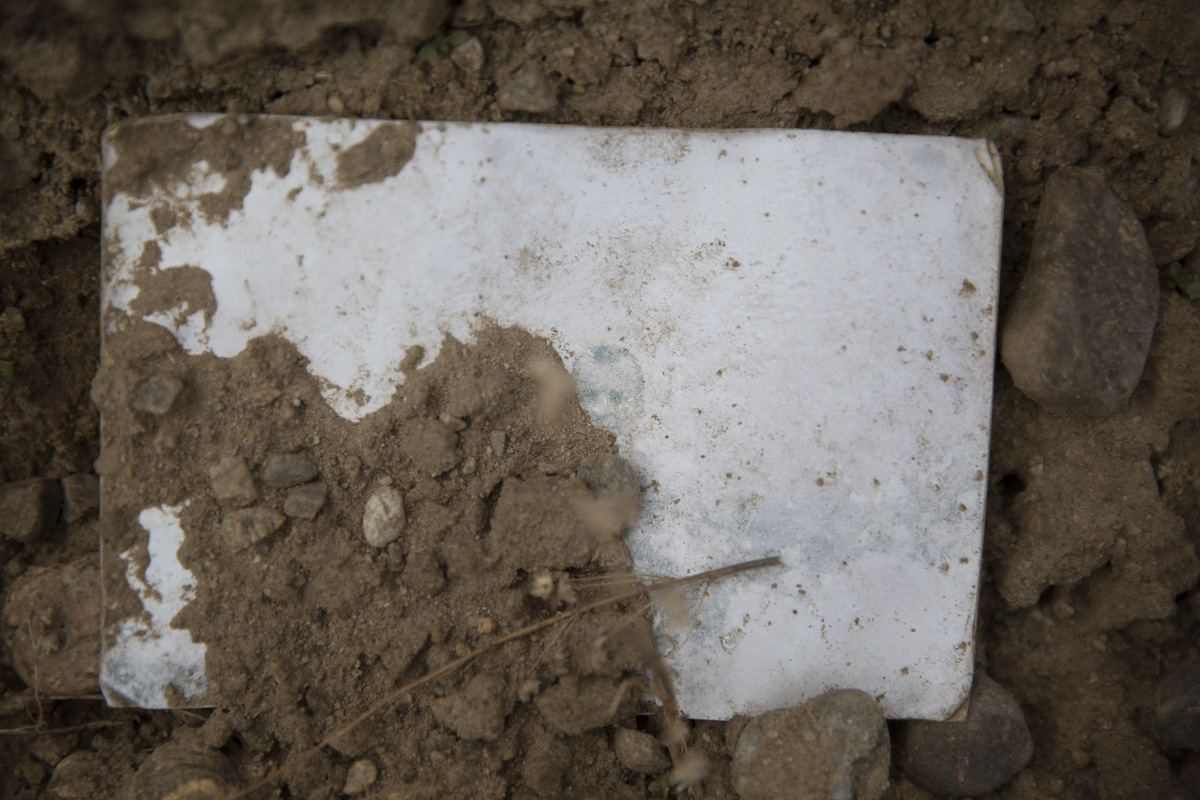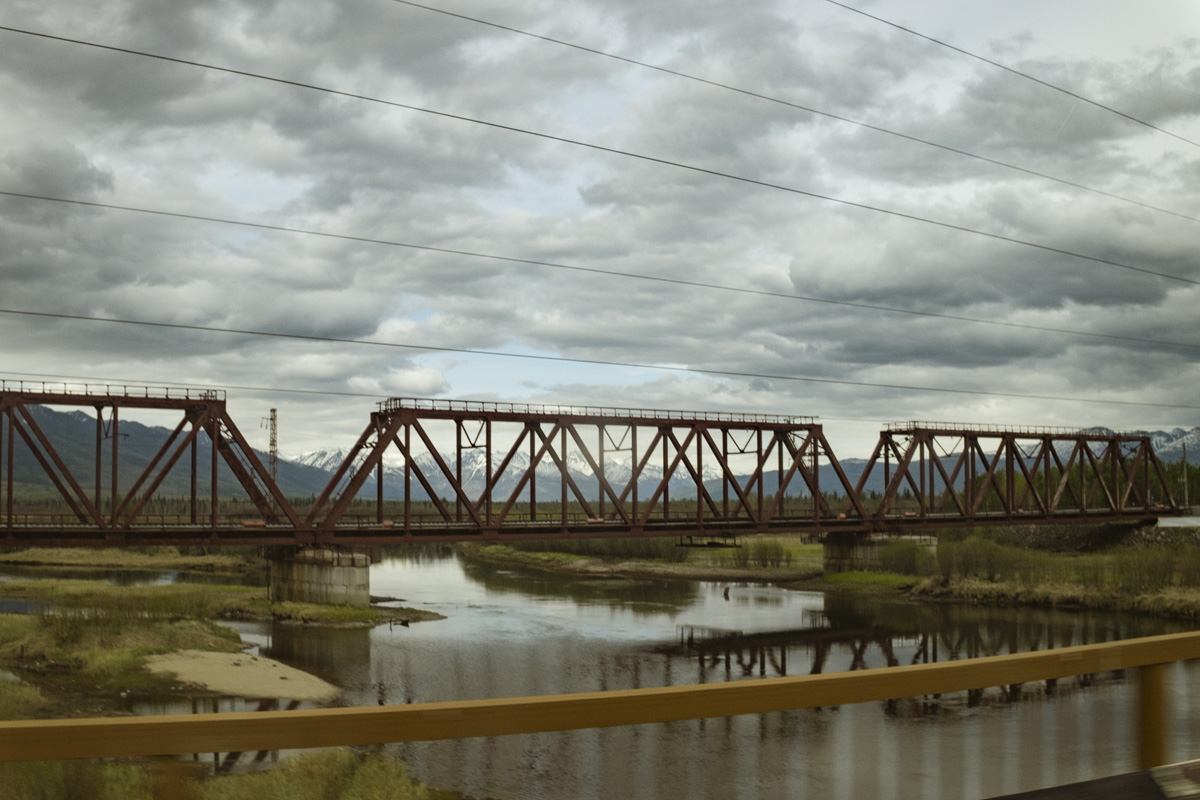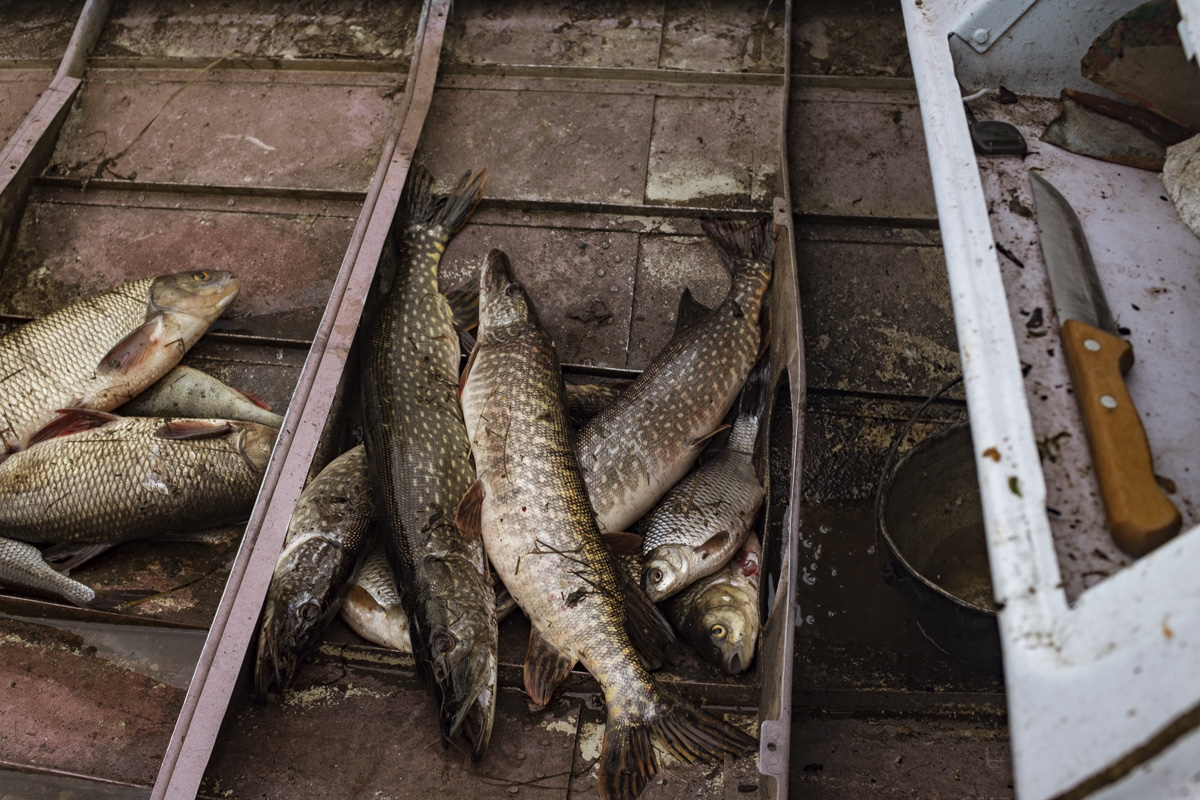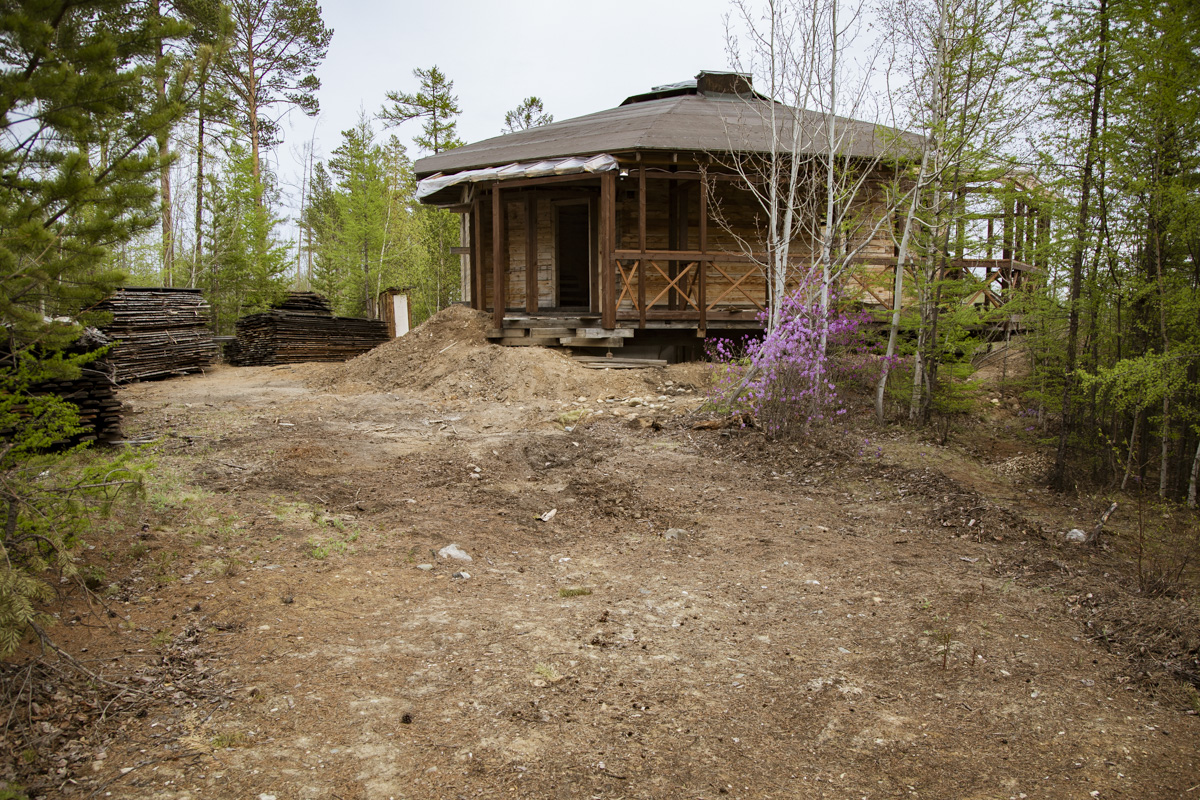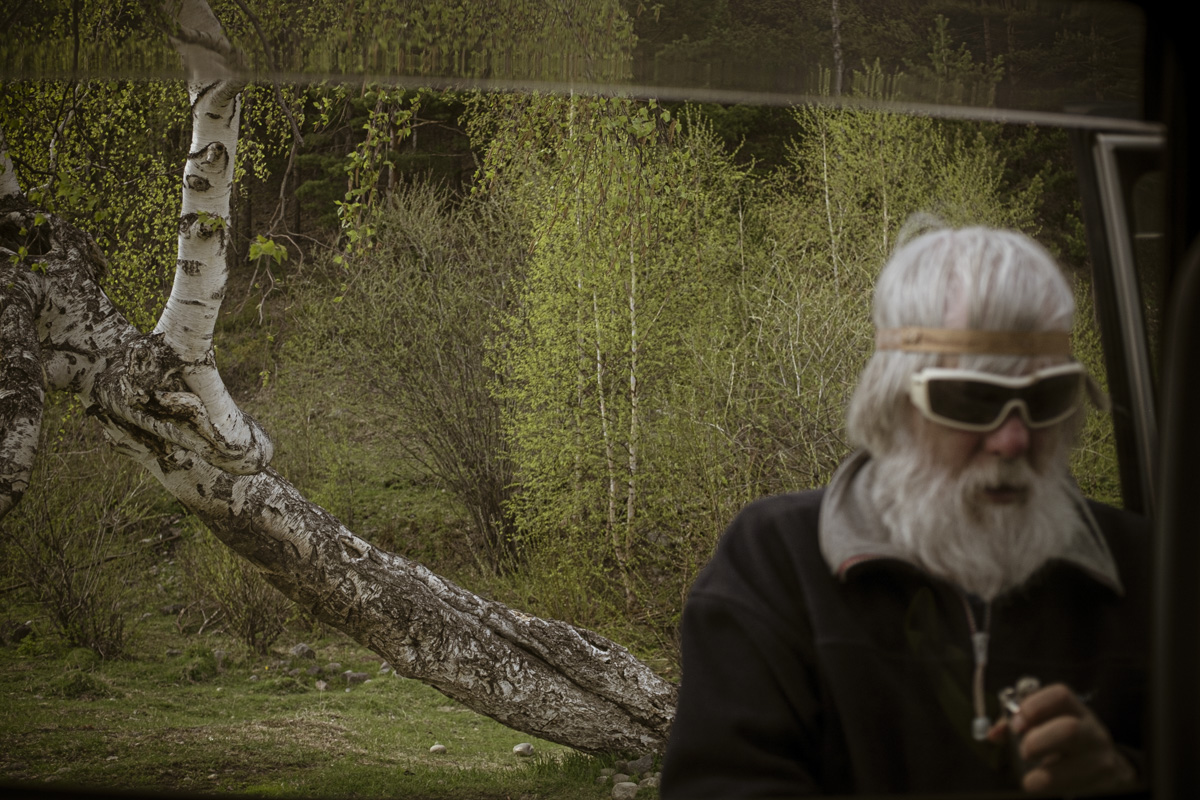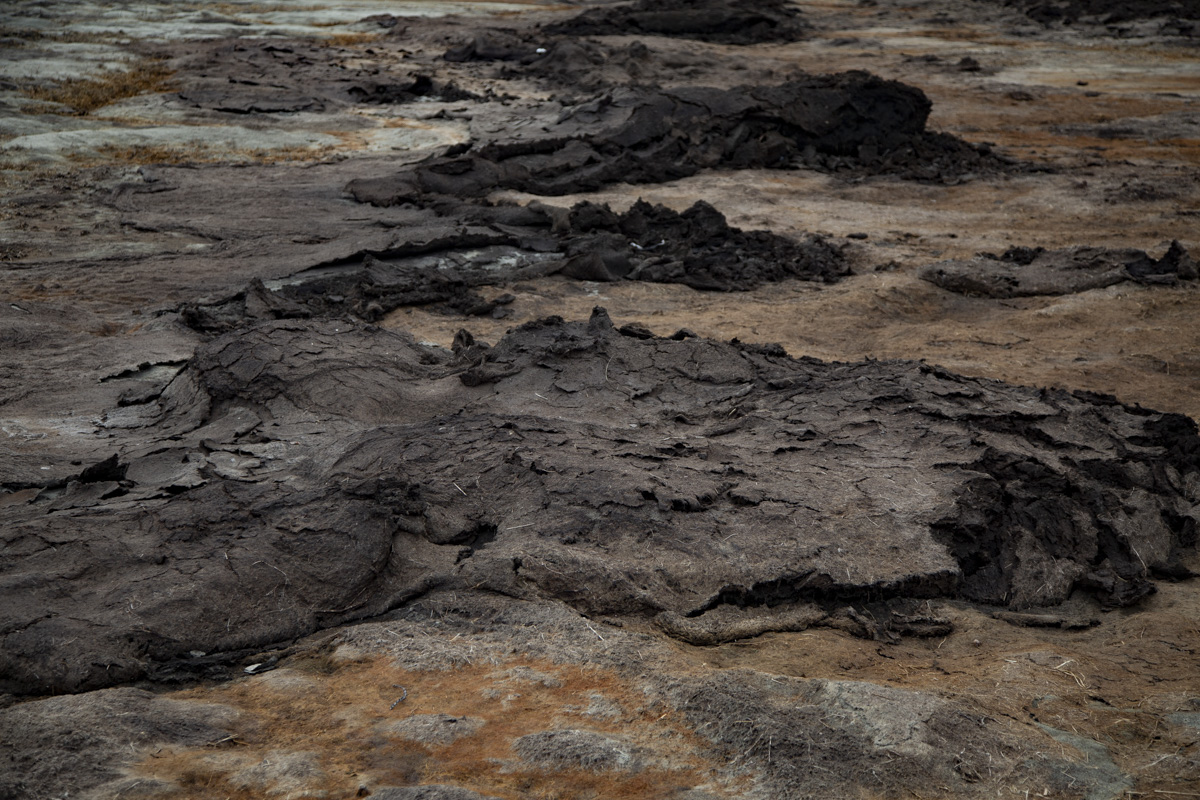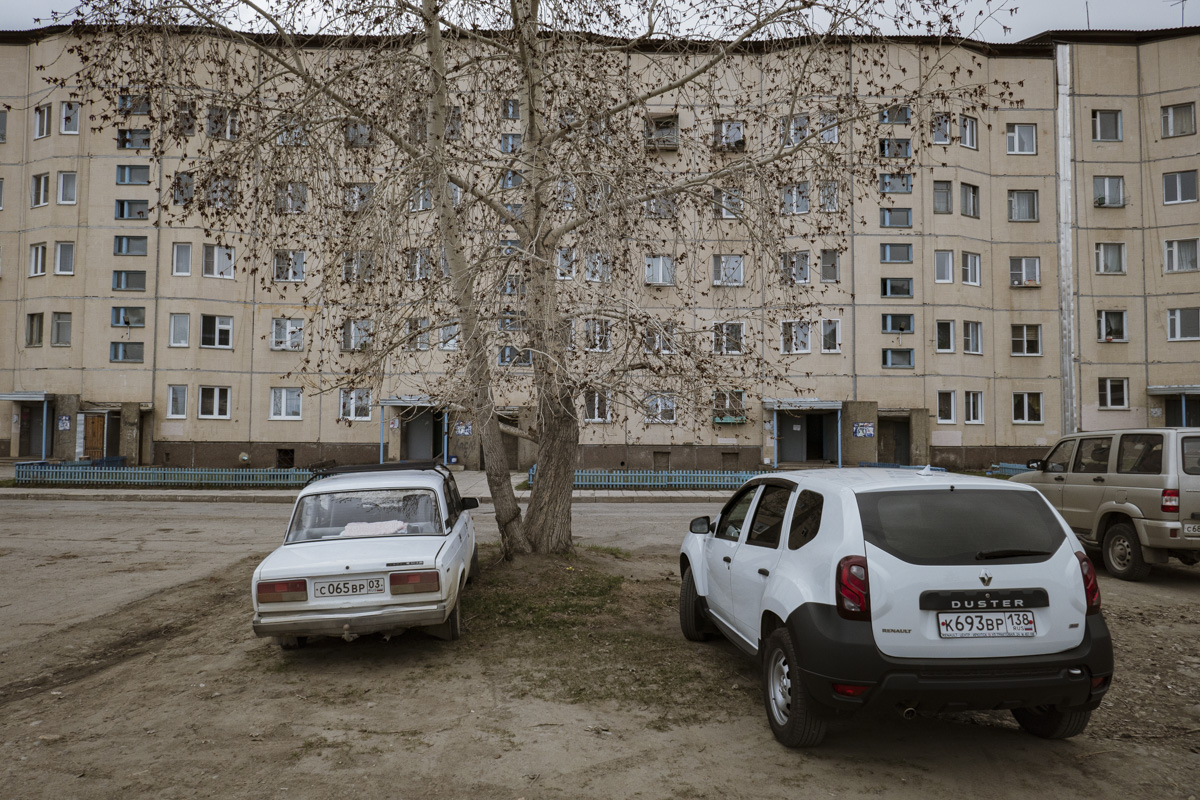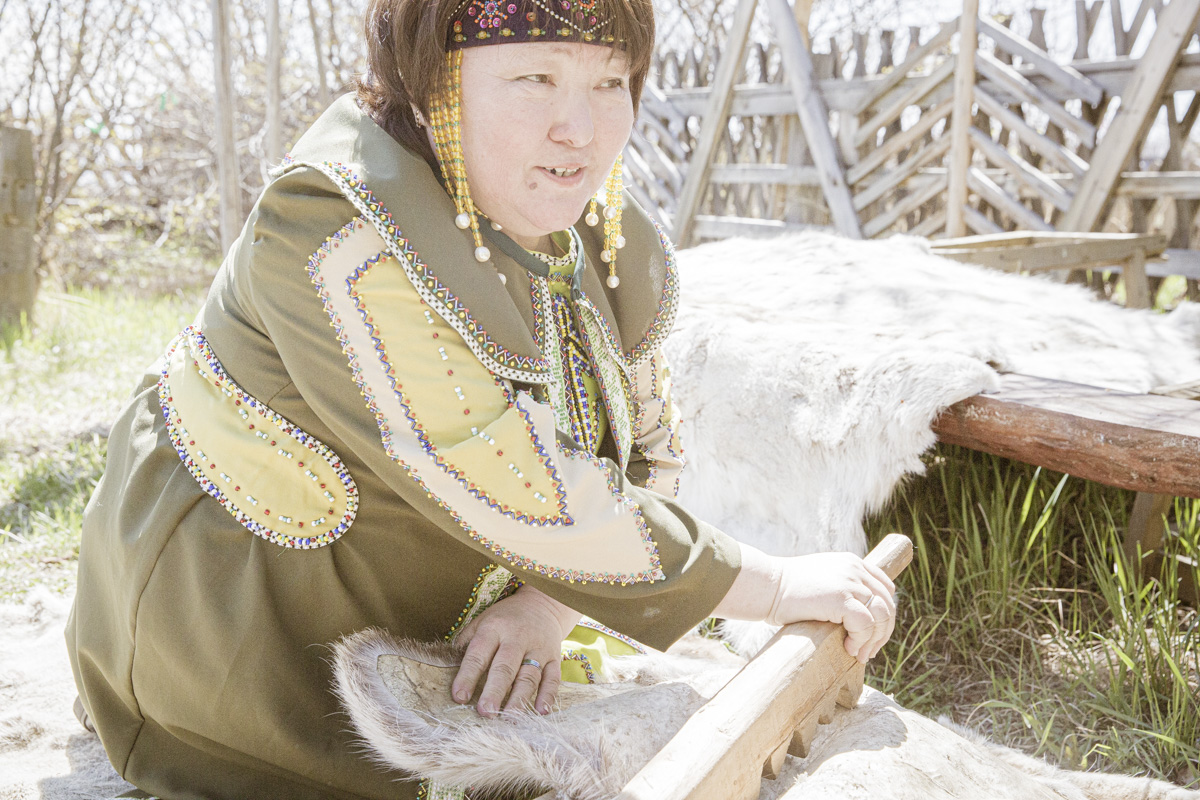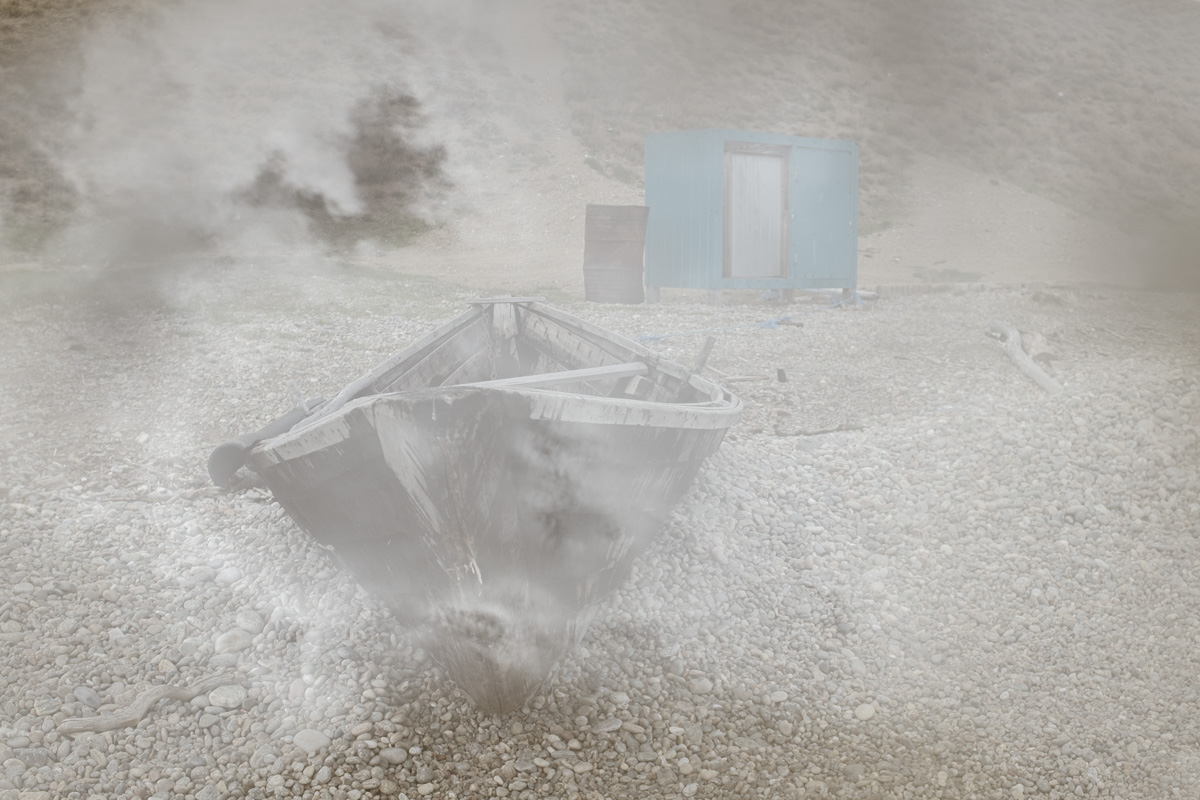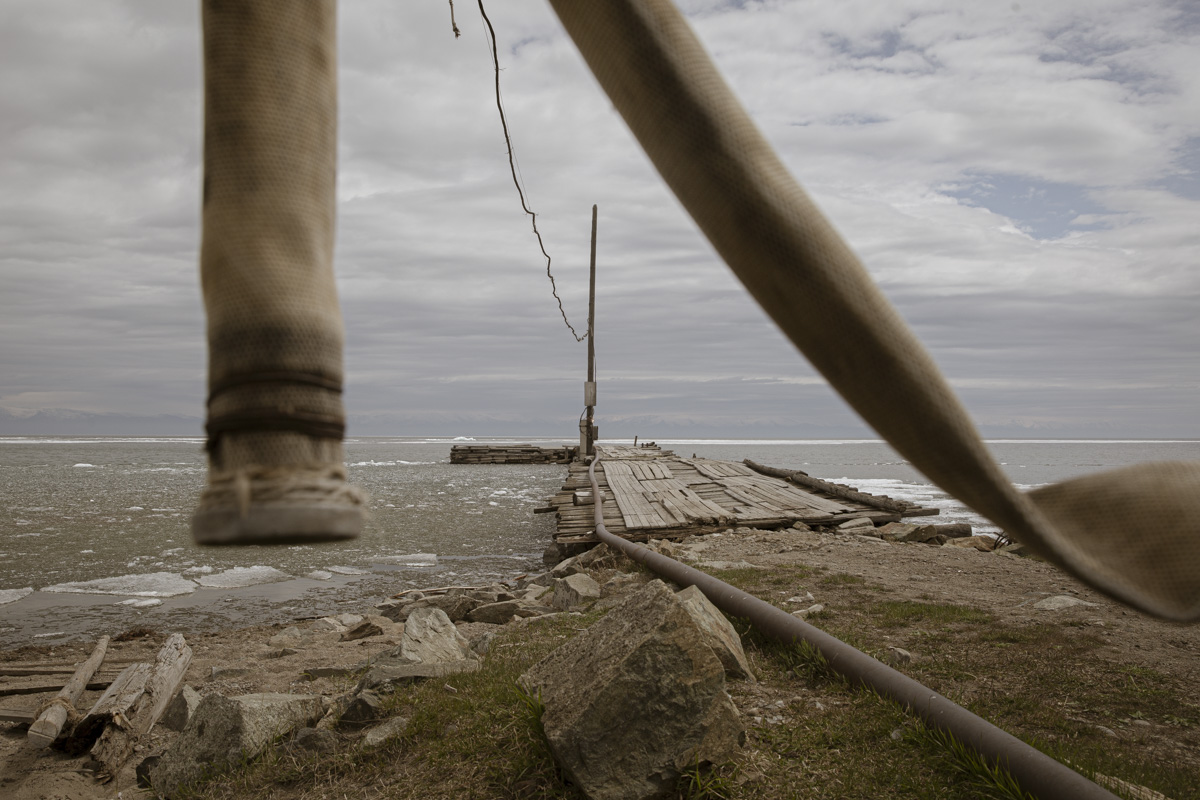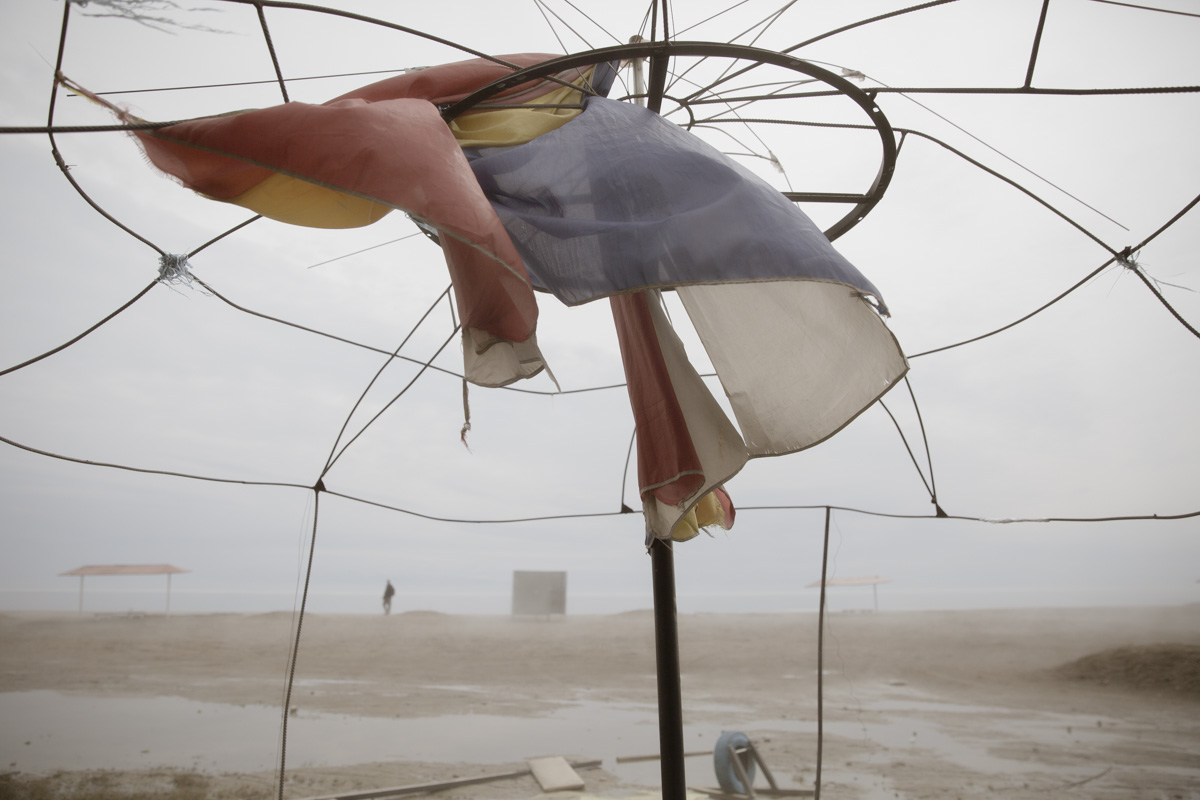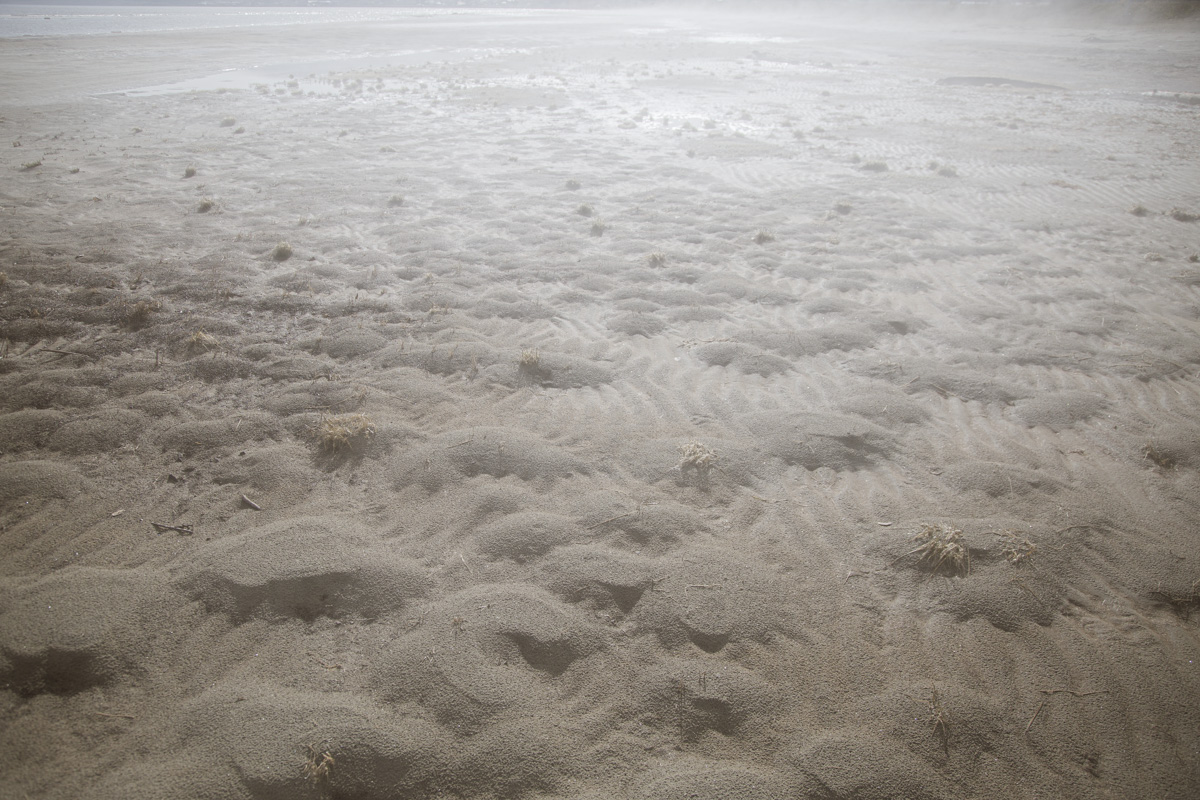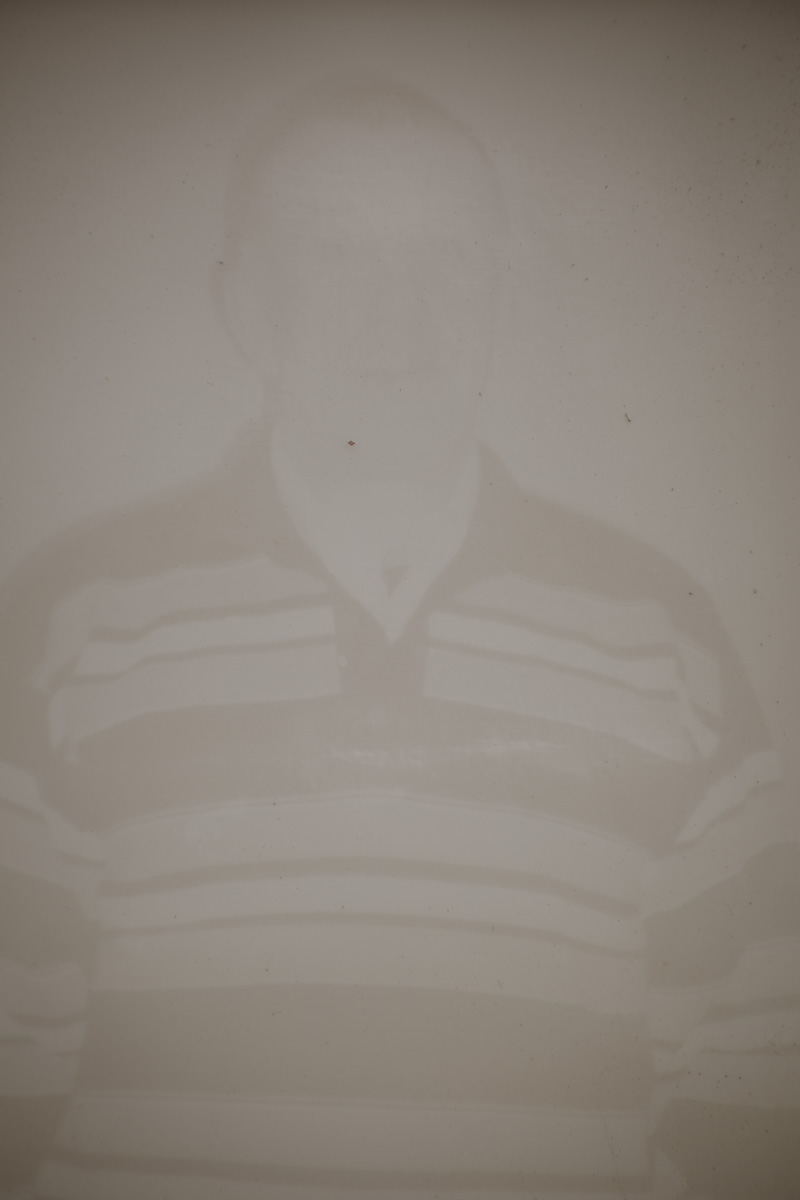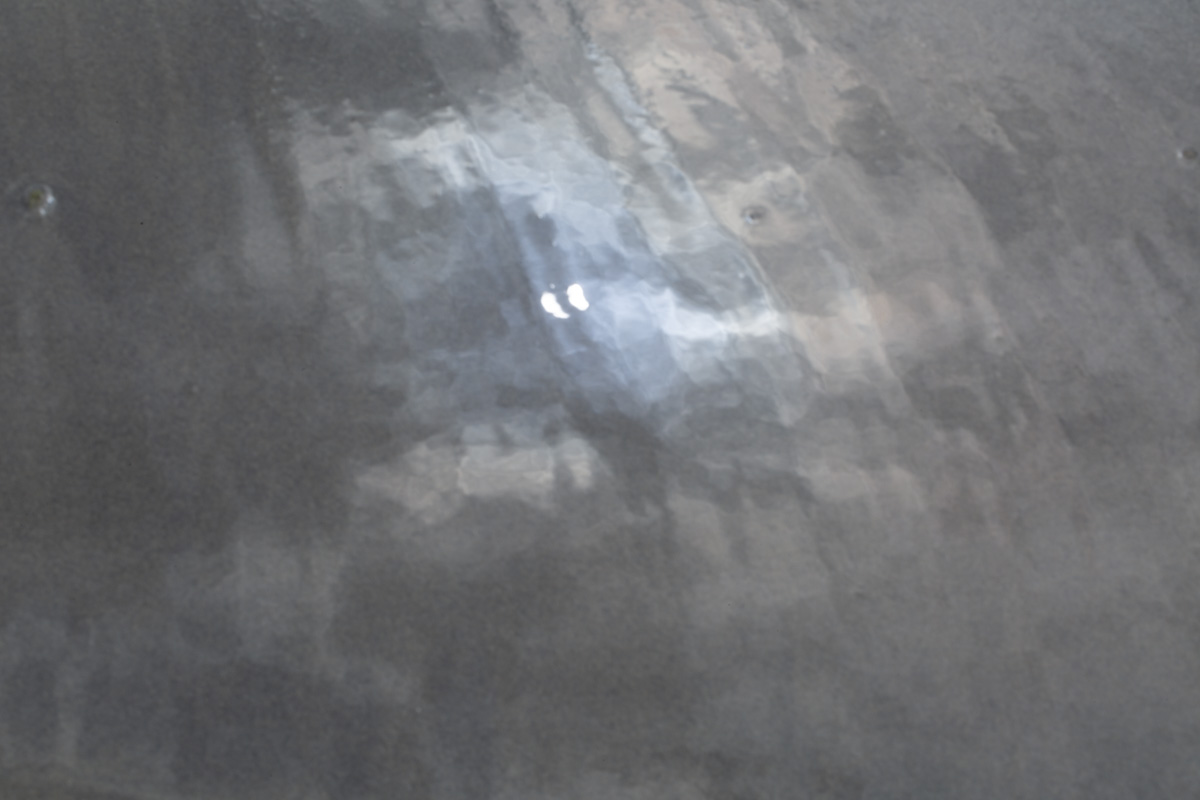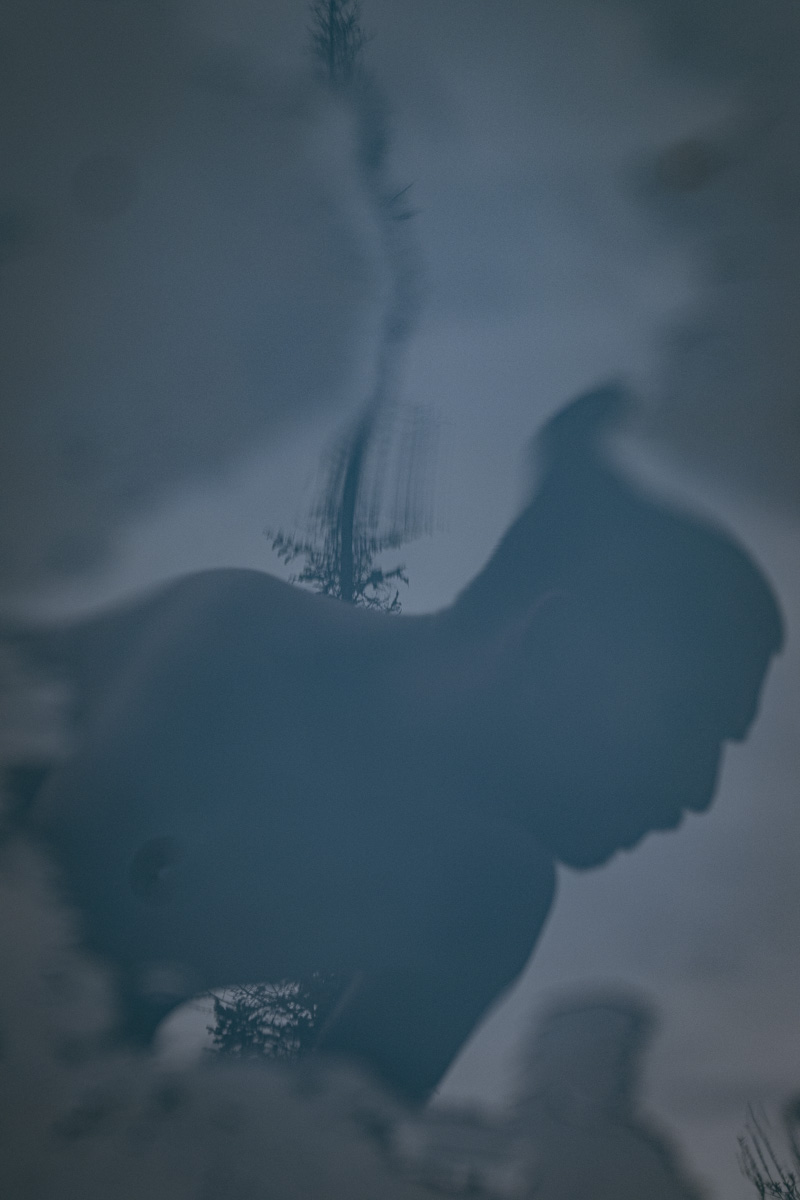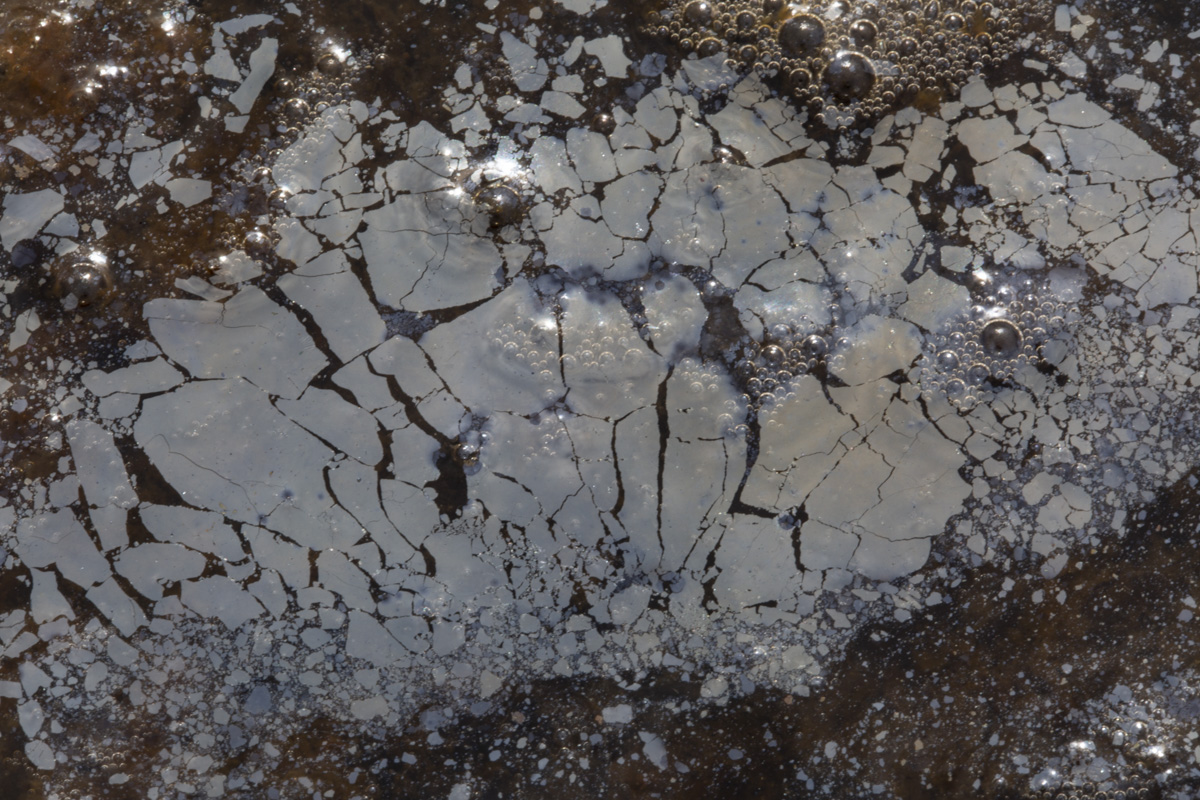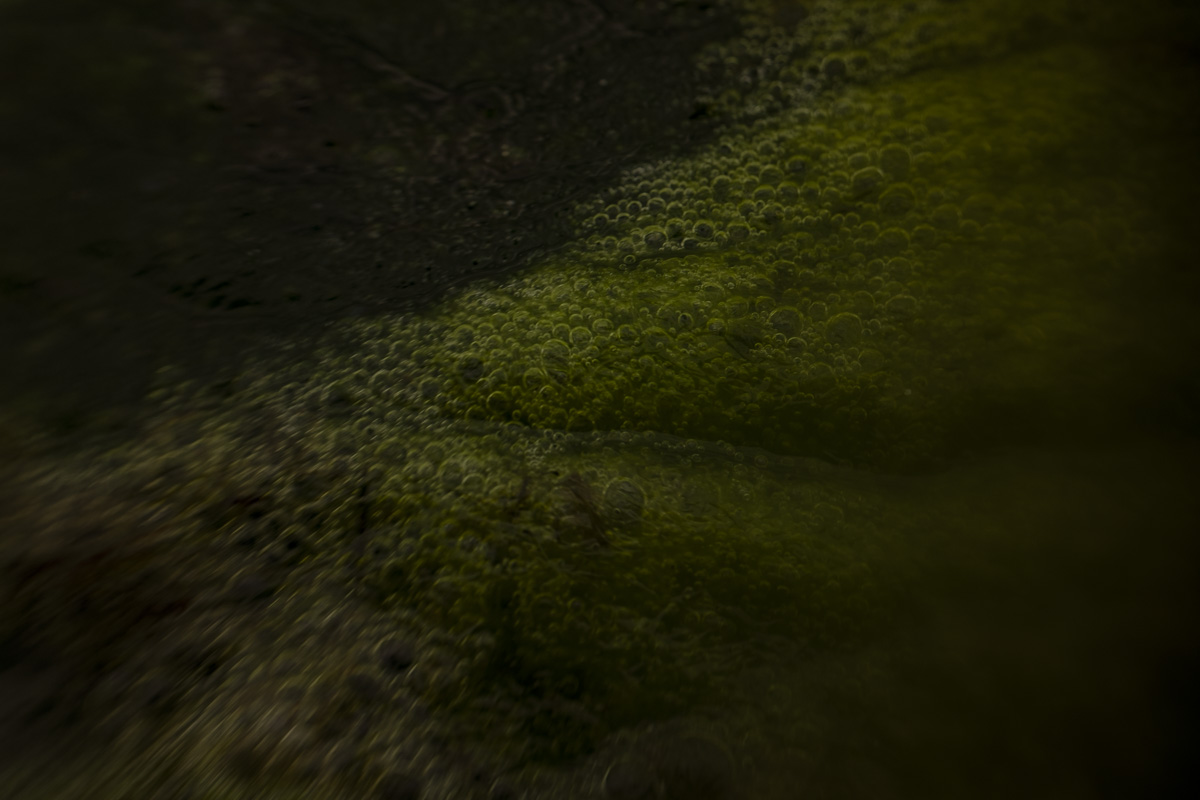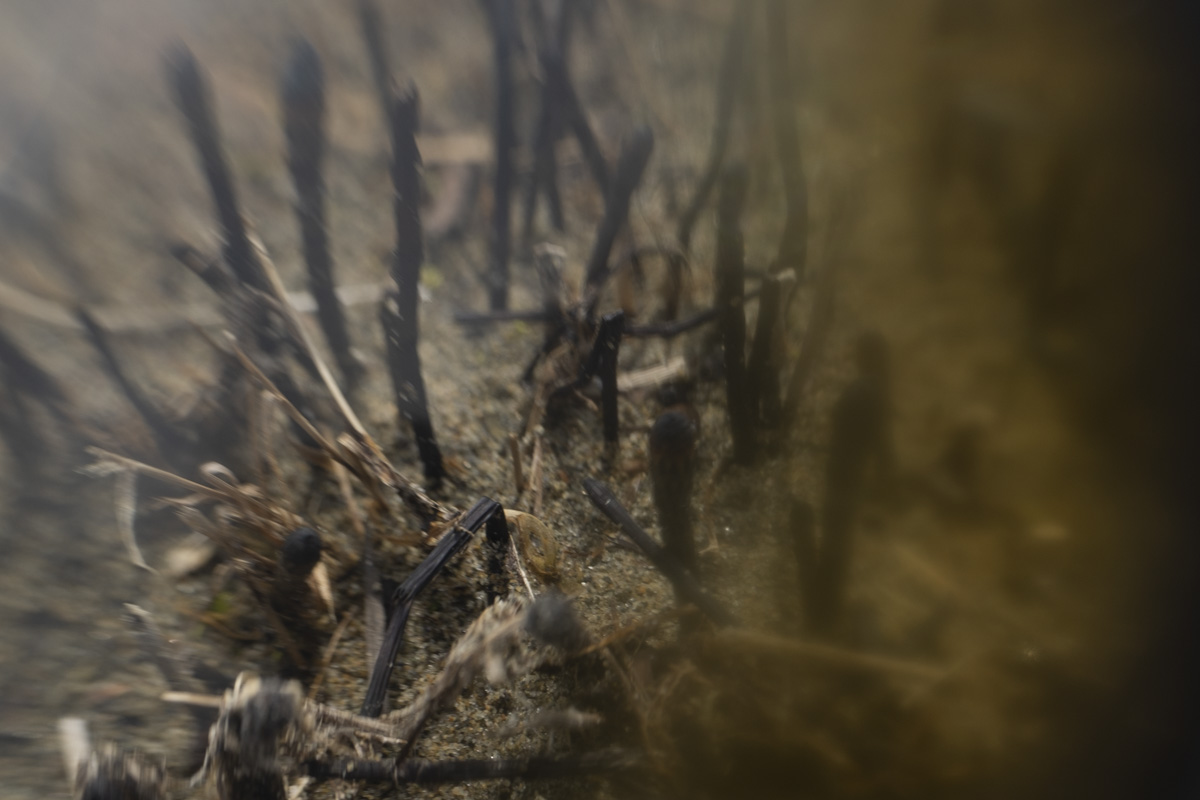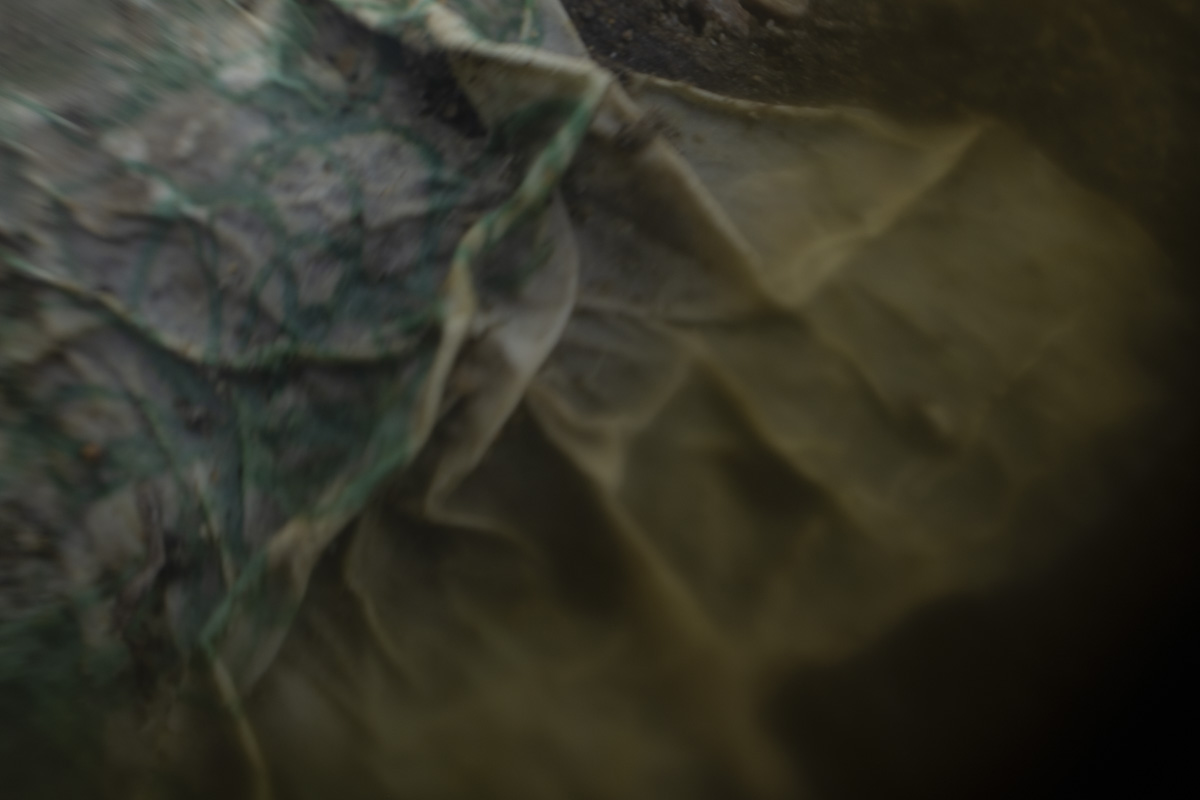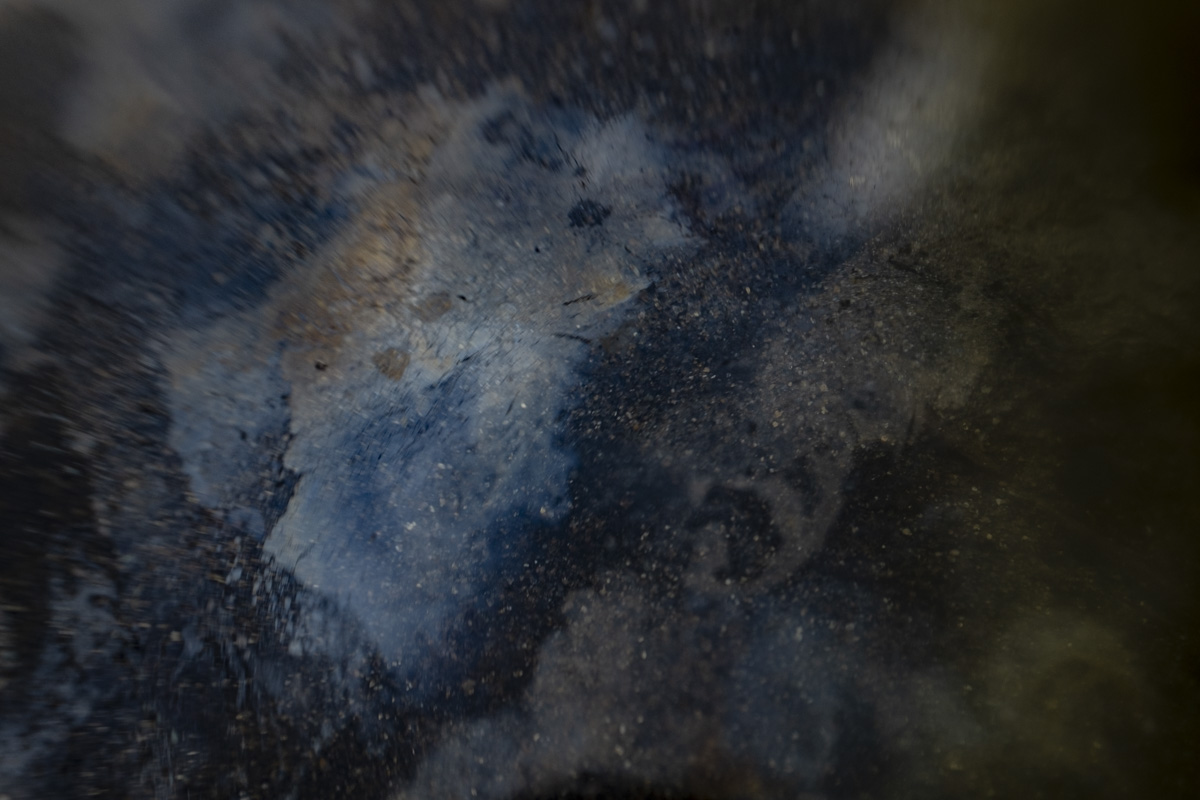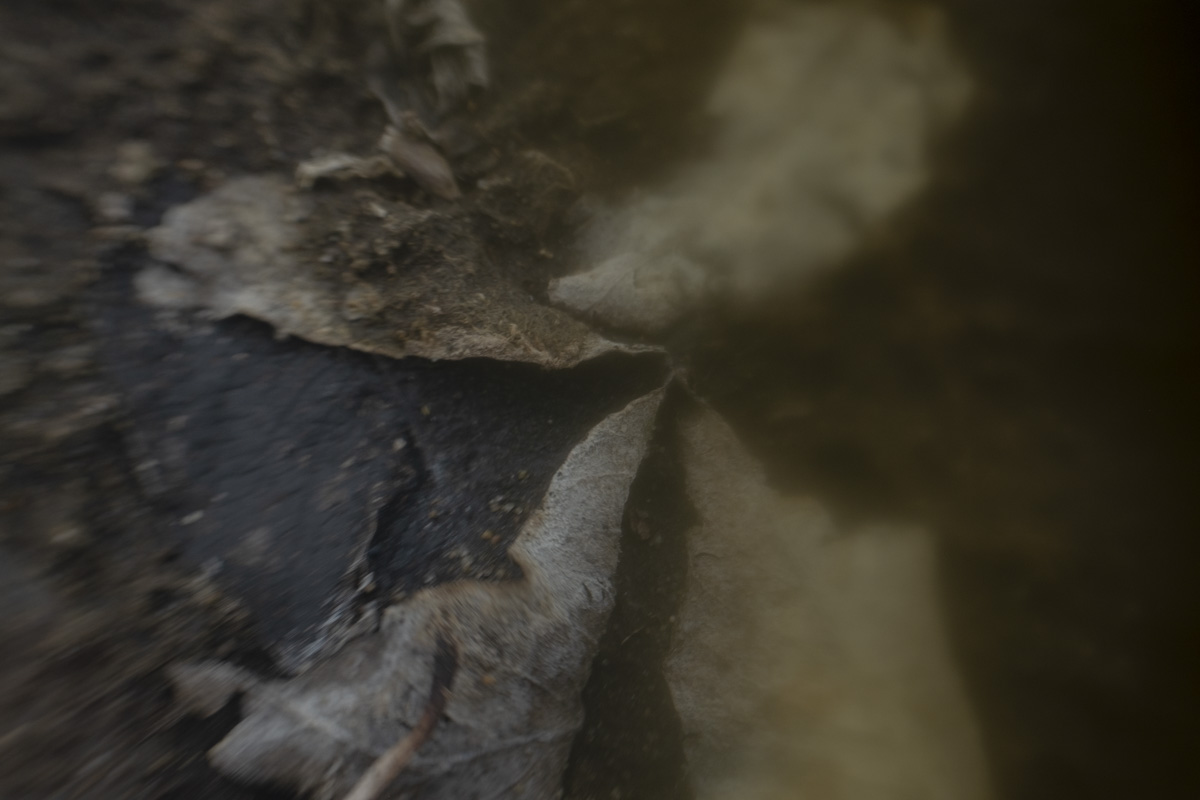At the far north of Lake Baikal, where few venture, an alliance of small tourism businesses created a slogan designed to lure more visitors: “Warm Northern Baikal.” It was a small stroke of genius, since the north is, at least in terms of temperature, noticeably colder than the south. While the ice melted long ago in the south, it’s still visible now at the northern tip of the Lake. And people are fond of joking, “We have two months of cold, and 10 months of real cold.”
The slogan works on several levels. First, it’s meant to convey that you will be welcomed warmly by the local populace, who bring a homey and personal approach to their dealings with visitors that’s different from what you will encounter in bigger cities. Second, the area is home to numerous hot springs that create oases of comfort, even when it’s -50 Celsius outside. And in July and August, the shallow edges of the Lake actually heat up, creating ideal conditions for swimming and kayaking.
But the inaction of the world to the reality of climate change is lending the slogan yet another, unintended meaning: despite its isolation and low population, northern Baikal has indisputable environmental problems associated with warming temperatures and pollution.
On the one hand, the region is eager to take the lead on turning Warm Northern Baikal into an exemplar of environmental protection, in part because they hope that will help draw more tourism. In Severobaikalsk, the largest northern city with a population of 25,000, activists hope that an emphasis on ecology will help the region stand out as a destination. They are cleaning up garbage and creating disposal stations for used plastic and batteries. The young mayor is fighting the abundant growth of spirogyra by seeking an end to the use of phosphates in detergents, a key factor in its spread in recent years.
Some innovative local residents also saved 17 hectares of land and prevented the mass development of houses by creating large plots for a small number of eco-friendly dwellings, many of which use composting toilets, water purification, solar energy, and recycled materials for insulation. The project was difficult to get approved, but the instigators hope their model will inspire others to join a new movement toward eco-friendly living.
And environmental activist Yevgeny Mariasov is leading an effort to expand the Great Baikal Trail, a network of paths that will eventually allow hikers to circumnavigate the entire Lake. The next step is creating a new, 24 kilometer section that will connect existing trails north and south of the city. His dream, along with other locals, is that the GBT will expand low-impact eco-tourism while safeguarding the Lake. The leadership of Buryatia approves of the plan and may devote funding.
At a city meeting on this subject, there were no dissenters, and work will begin this summer on the new section of the trail. But some residents complained that critical environmental topics are being overlooked. There is considerable new construction in Severobaikalsk, all connected to the city’s aging and inadequate wastewater treatment system, meaning much of the waste ends up in the Lake, contributing to the spirogyra outbreaks. One of the chief builders of Severobaikalsk vocally insisted that this is the most significant environmental threat, but it is receiving scant attention. And there was no mention of the role of the BAM, or the Baikal-Amursky Magistral Railway, in polluting the River Tyya, which flows directly into Baikal. A taxi driver told us that years ago, “only a lazy man couldn’t pull a fish out of the Tyya.” But now, he noted wistfully, there are no fish at all.
And the owner of a local guest house insisted he doesn’t need to see monitoring results to know that the water is warmer than before, contributing to the spread of spirogyra, which in recent years turned lush, sandy beaches (“We have your Thailand,” one local billboard reads) into carpets of odiferous, decaying sludge. Although scientists have warned that removal of the algae is important, there is not always enough money to do that, and it may take as much as 40 years for affected areas to recover.
Further north, in the small village of Nizhneangarsk, the local Evenk population also has warnings for the future of Baikal. Like Buryats, the native Evenk people lived nomadic lives of hunting and reindeer herding in extremely close concert with the natural world. But now, of 330 Evenks in the town, only 10 speak the native language. And with the language, the culture of respect for the natural world is also threatened. A small center for the preservation of Evenk culture struggles to teach the language to a new generation of young people, but it is a quixotic effort.
Artist Valery Kondakov, a longtime resident of Nizhneangarsk, whose father was Evenk, enumerates a long list of environmental problems facing the region: new construction of three-story apartment buildings that drain untreated wastewater into the Lake; reduced and diseased populations of omul fish in Baikal; and more frequent forest fires. But he saves his harshest words for the “barbaric cutting of trees only 100 meters from the Lake.” All around Baikal, trees are falling at an alarming rate, legally and illegally, with incalculable costs to the ecosystem. “This all happens fundamentally because of people’s indifference,” he laments.
Kondakov’s art responds to these modern problems through the lens of long-ago history. Hieroglyphs along the northern coast of Baikal prove that this region has been inhabited since at least the Stone Age, and Evenks have conducted holy rituals along its shores, on hills and in caves, for countless generations. Evoking the spirits of his ancestors, Kondakov carved a sculpture from a piece of a fallen “holy tree,” or one that was used as a sacred burial place for deceased Evenks in times gone by. He doesn’t usually paint or sculpt Baikal itself, since he’s more interested in the people who have lived and died by its shores. But one intricate sculpture, adorned with multiple time pieces, is meant to convey Baikal’s situation now, after generation upon generation of environmental equilibrium. In this piece, clocks are ticking for the Lake’s future...or worse still, have they stopped?
“Evenks have profound feelings for everything alive,” Kondakov notes. Everything has its own spirit, and everything is animate, including the fragment of a holy tree that has been transformed into an art object. As we stand with him, in the tiny village where few understand the import of his work, we recognize that the wood is not only alive, but it is speaking to us. Long-ago ancestors are speaking to us through the natural world, and the message is not comforting.
We end our trip in the far north village of Dzelinda, the location of one of the region’s hot springs. The natural spring is risky to patronize because of the prevalence of disease-carrying ticks and hungry bears, so we visit the man-made pools for a long and relaxing soak. There are three basins to choose from...lukewarm, warm, and scalding hot.
A man who drove more than 2000 kilometers from Novosibirsk bravely enters the hottest pool. He emerges smiling, but with beet red legs that were burnt by the intense heat. Then he urges his son, about 7 years old, to go in also. We cringe, hoping the small boy won’t be injured, but the father insists, “We didn’t drive all this way to avoid the hot water!”
We are reminded of the man, in the city meeting in Severobaikalsk, who insisted on enlisting young people in a patriotic effort to declare the city the cleanest around all of Baikal. It was a noble idea, but we looked around and noticed that very few young people were in attendance. We know that some, like Yevgeny Mariosov’s son Simon, have returned to the city to create innovative and eco-friendly businesses, like Simon’s coffeeshop, “Geography.” The future may indeed lie with this cadre of young people, willing to commit to the future of tiny, distant but environmentally critical locations around Baikal.
So far, Warm Northern Baikal has resisted construction of massive hotels and other outsized developments for large numbers of visitors, but it is said that the governor of this region is interested in allying with China to build a landing strip for jets, along with large hotels to accommodate a major new influx of tourists.
At the hot spring, the father pushed his son toward the scalding water, and the young boy looked at the father quizzically, as if to say, “Why would you want me to burn myself?” And he pulled away repeatedly, resisting his father’s entreaties.
In Warm Northern Baikal, environmental activists like Yevgeny Mariasov have pointed the region in the right direction, but the next generation will ultimately make the most important decisions.
At the Dzelinda hot spring, each pool represented a possible future. Who are the young people who will choose that future? And which pool will they choose?
